A Year with Two Huskies
We adopted Dexter & Romeo, then two-year old Siberian huskies, on New Year’s Eve 2019. We met The Boys through Patriot Siberian Husky Rescue. They’re great dogs and we love ’em to death.
But, they quickly taught us that huskies aren’t like other dogs. Sure, some unique husky traits were to be expected. They shed. A lot. More than you’d think possible without their being bald. They shed all year. They’re stubborn, they’ll think about any command you give them and act on it if they think it is in their best interest. And only if they think it is in their interest. They need to run and wrestle. You can’t walk far enough to tire them out. They quickly trained us to take them to the dog park every day. They love to run, wrestle and play in the mud. They look like they’re trying to rip the squeaker out of each other, but they’re actually very careful to break off if someone says enough.
You can follow along with their antics on their Facebook page at https://www.facebook.com/Dexter.and.Romeo or Instagram @dexter_romeo_huskies.


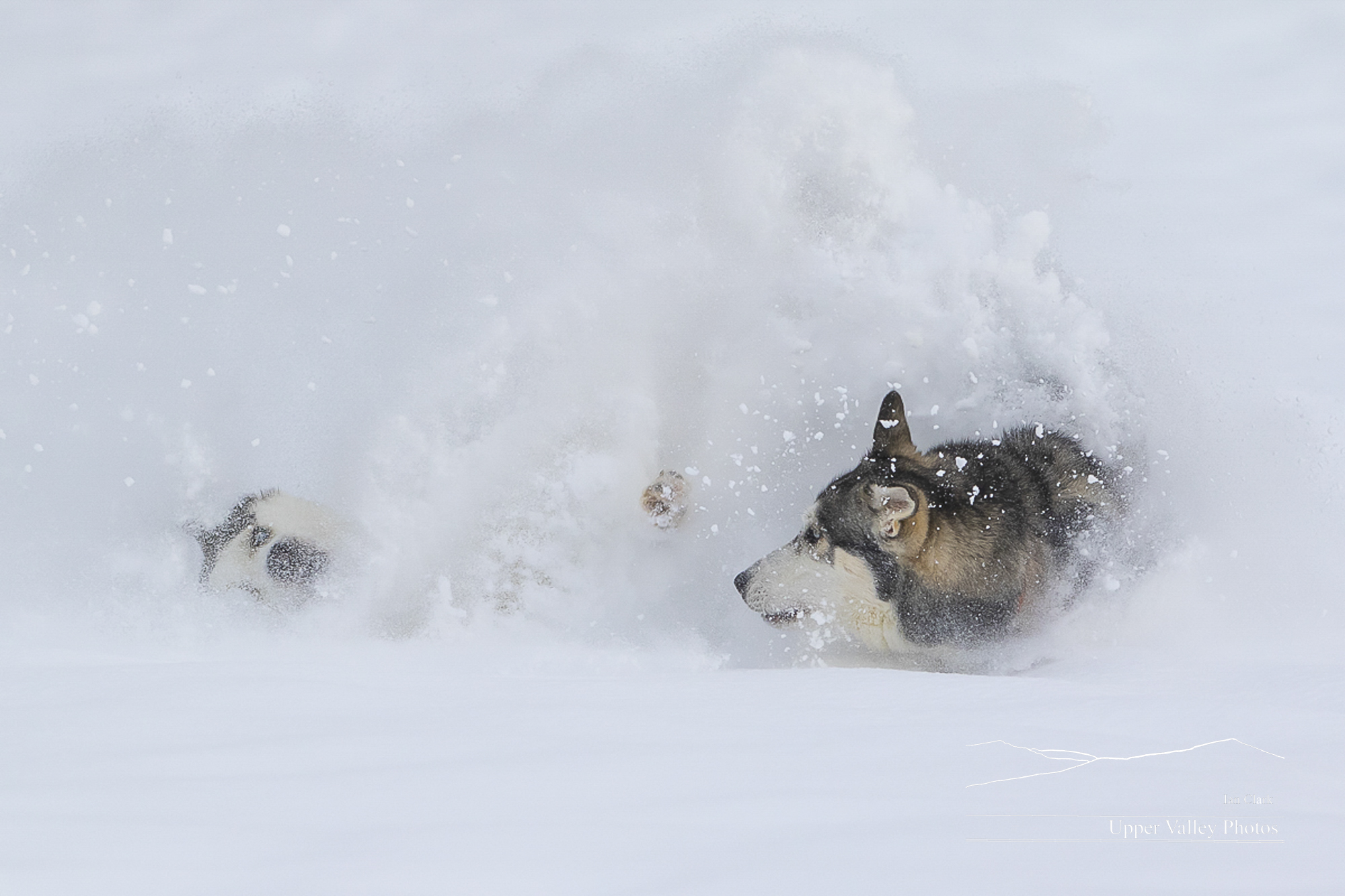
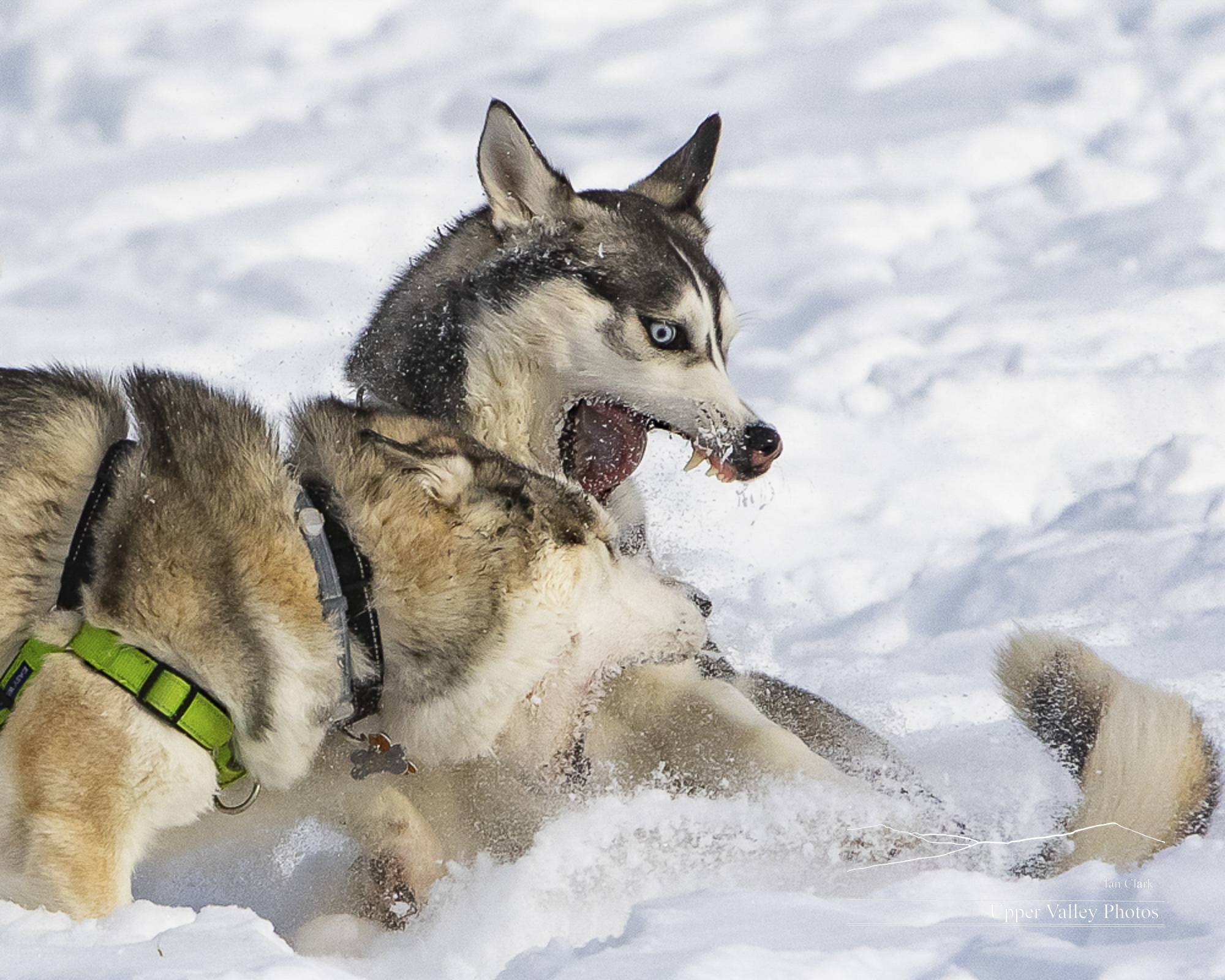
Dexter winds up to deliver a massive downward CHOMP!

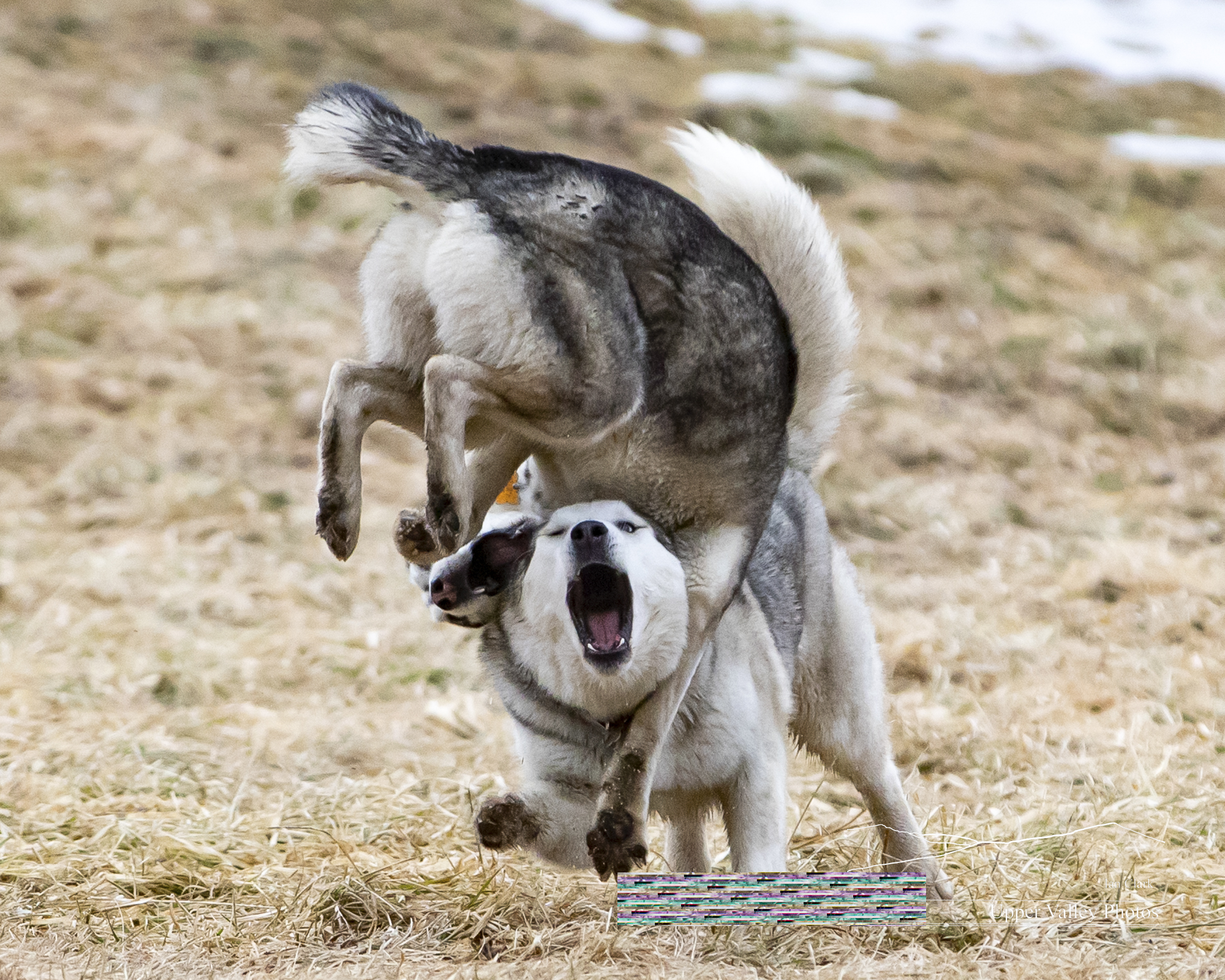
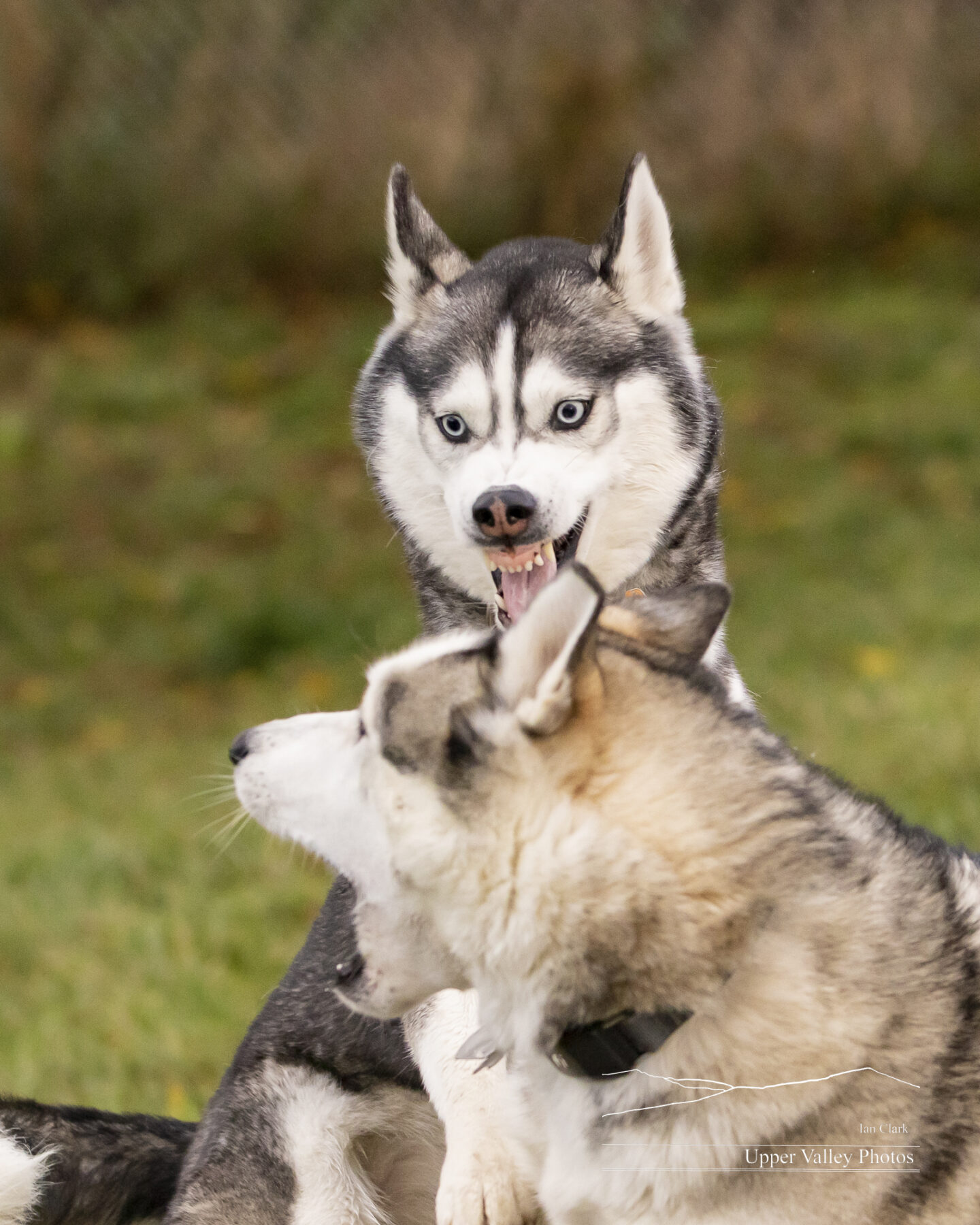
Dexter is the master of SBF (Snarling Bitch Face)!
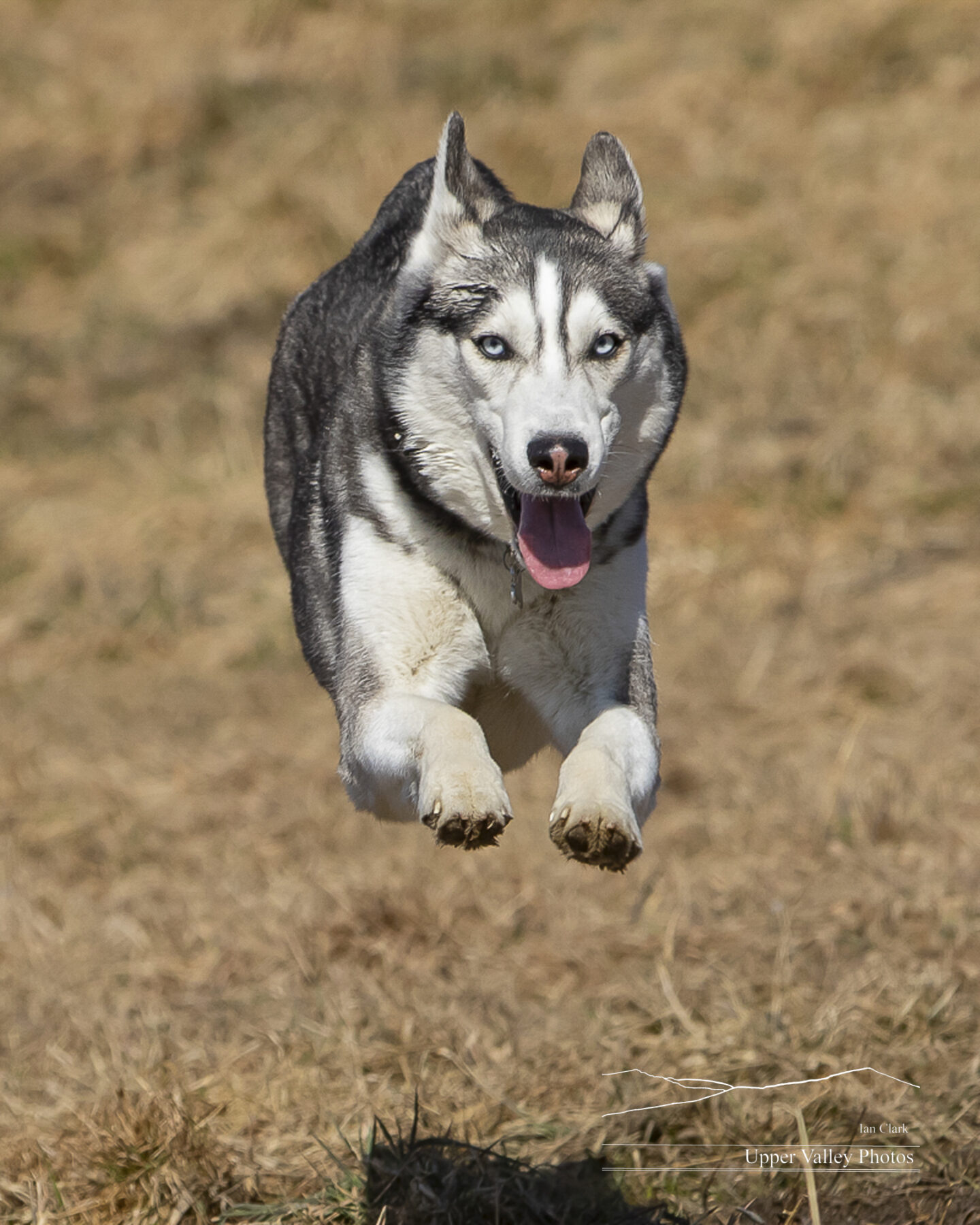
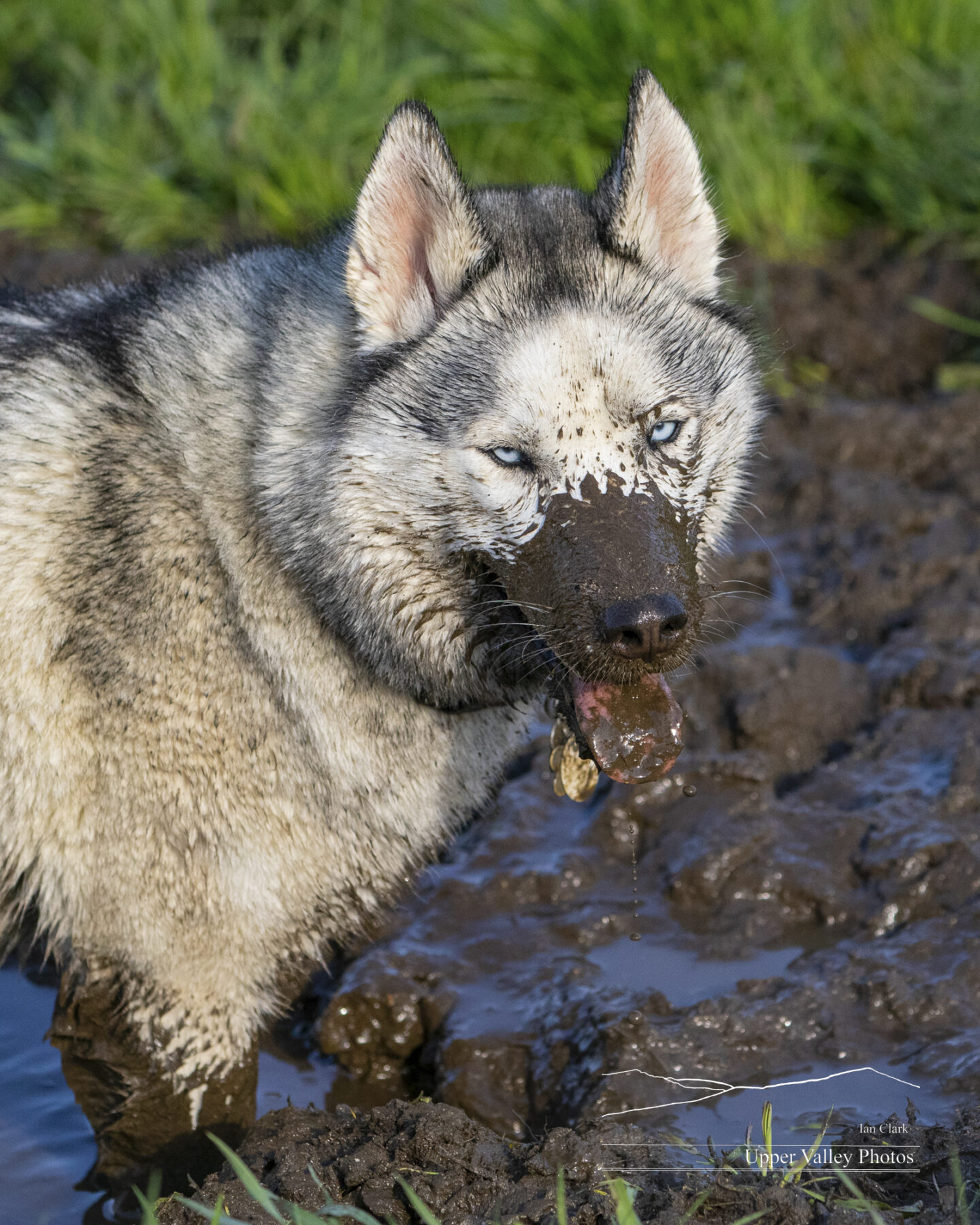
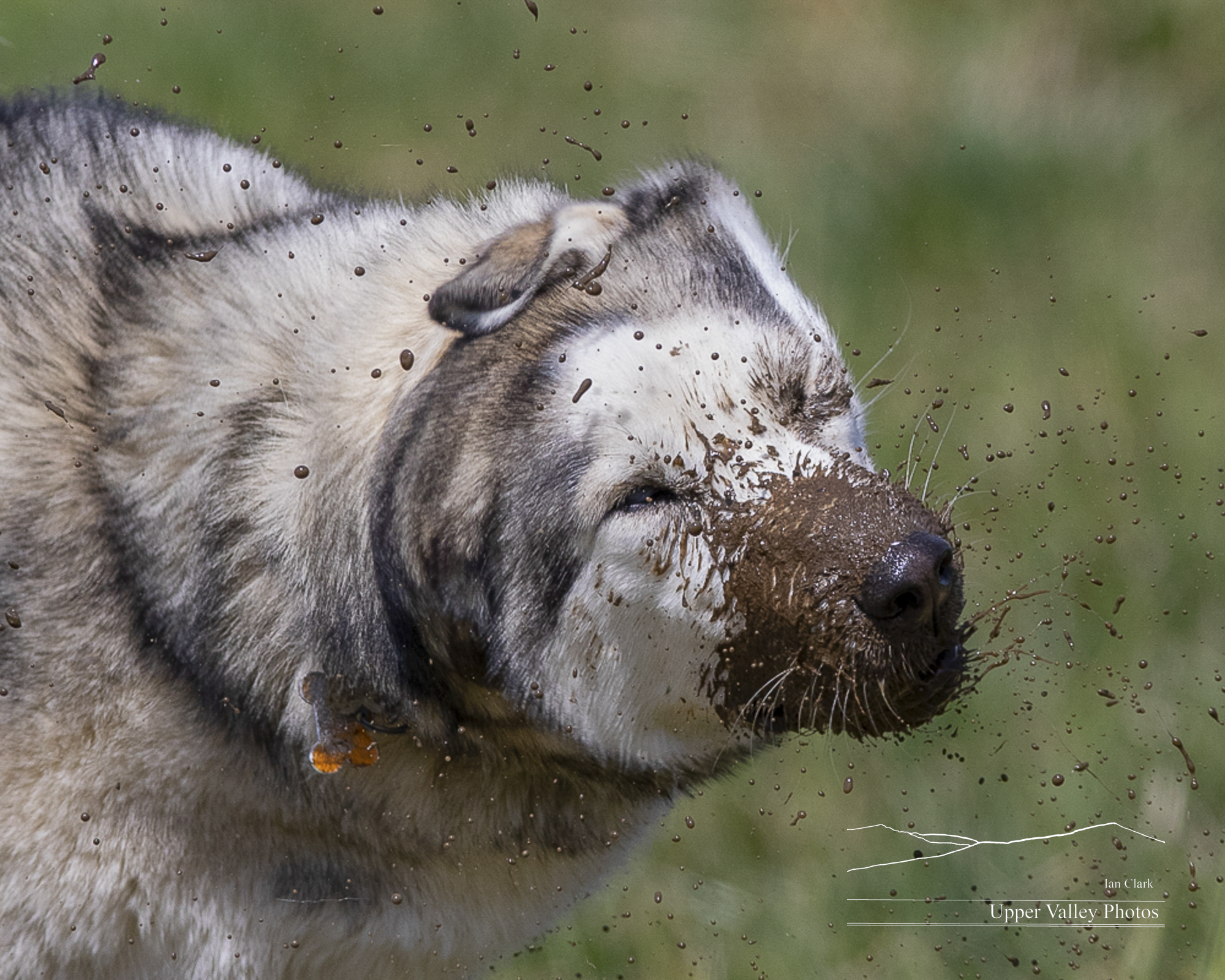
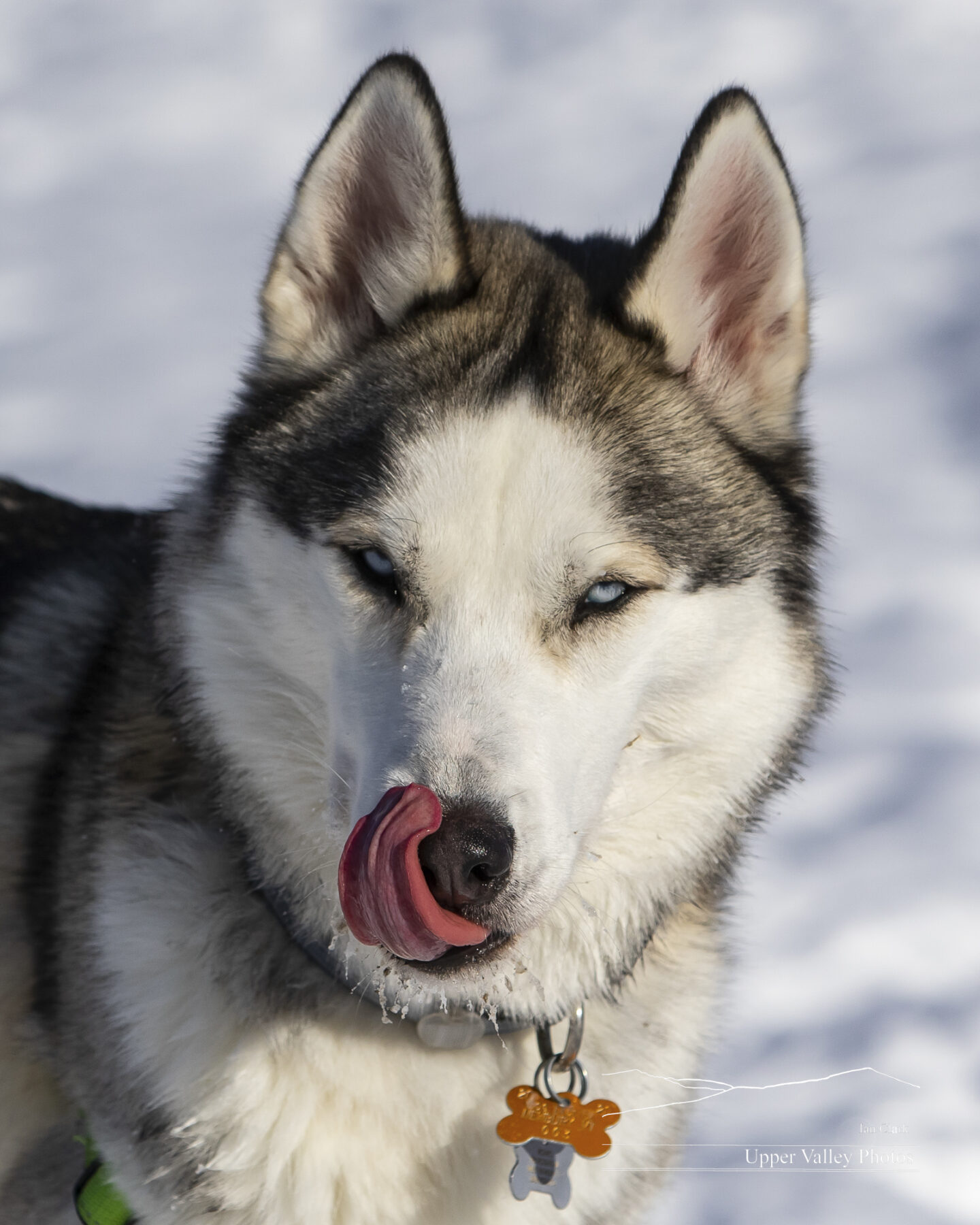
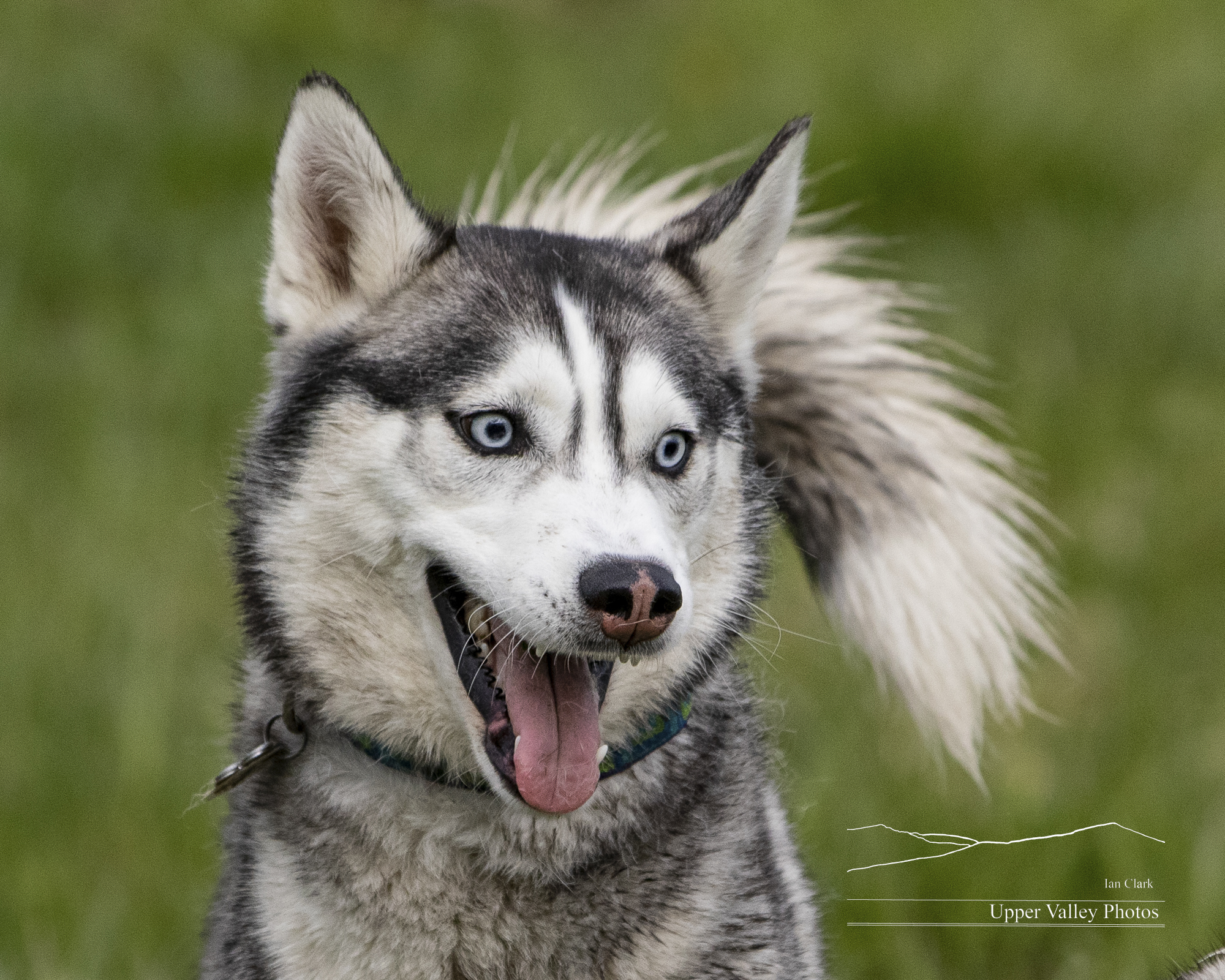
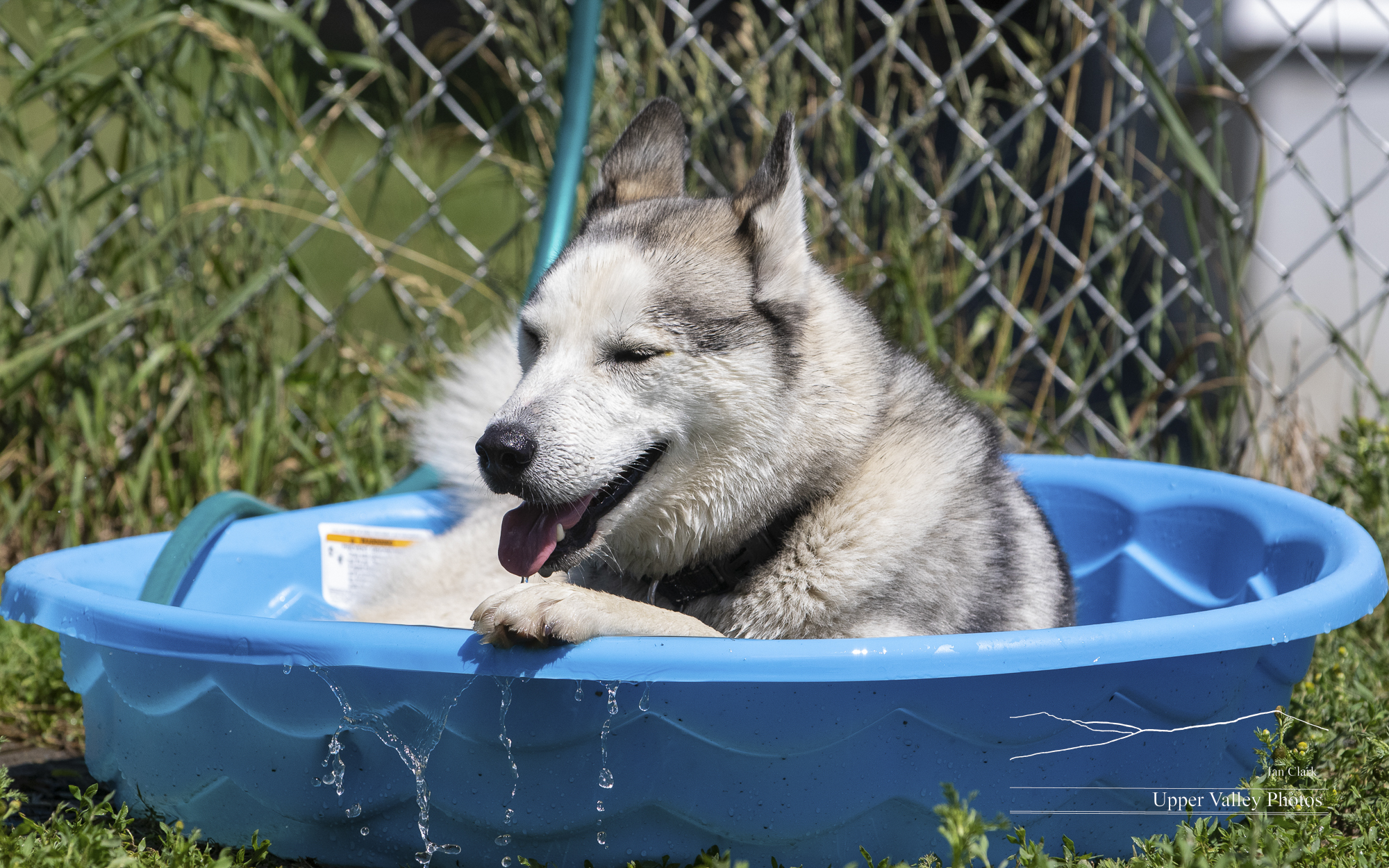
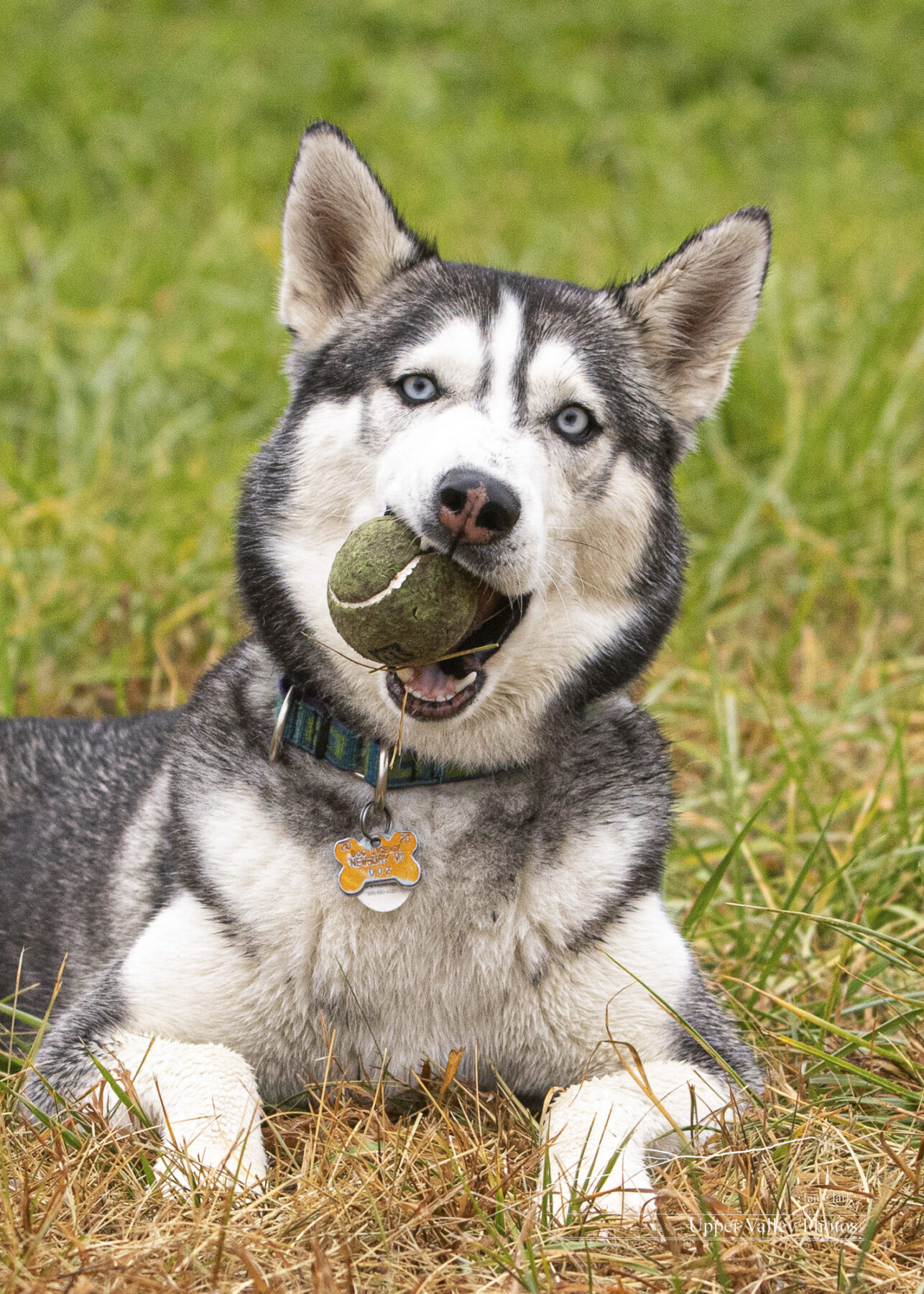
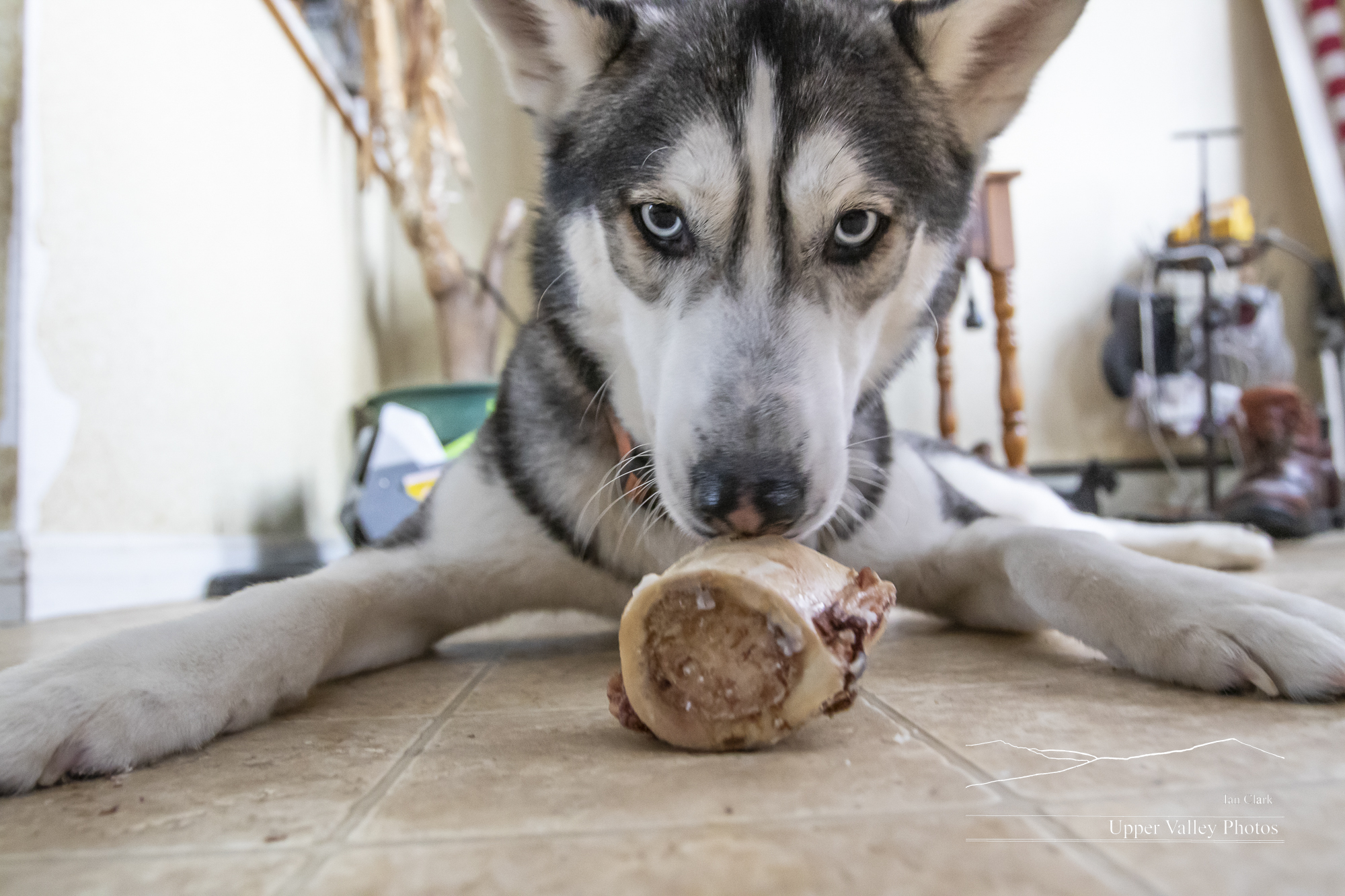

Eagles at Conowingo Dam
My travels took me through Aberdeen, Maryland, recently. It was just at the start of eagle season at the Conowingo Dam, so I felt that required a visit. I was able to spend a few hours over a couple days in along with a couple hundred of my closest eagle photographing friends.
The Conowingo Dam dams the Susquehanna River on the line between Cecil and Harford counties, MD. The original town of Conowingo is now under the reservoir above the dam. Conowingo is famous among photographers because something like 250-300 bald eagle winter in the area. The dam keeps the water open. Fish that would prefer to stay deep underwater get stirred up (or even injured) going through the dam and make easy pickings for waiting eagles. The eagles have learned that the lights and siren to alert people that the dam is about to increase the water they’re releasing means dinner is served.
Along with the eagles, there is a large flock of black vultures, several varieties of gulls, a gulp of cormorants and even a pair of peregrine falcons. Photographers new to the dam are allowed to shoot a few pix of the non-eagles before they are roundly abused by their fellow photographers.

















Finches on the Thistle
The flowers in the Island of Thistley are going to seed and Atticus Finch, et al, are feeding on them regularly.
There are still a few flowers attracting butterflies, moths and hummingbirds. The male hummingbirds have found the flowers, but I haven’t gotten a picture yet. The highest count for monarch butterflies in the patch is 14. Here’s one sharing a thistle with a ladybug.
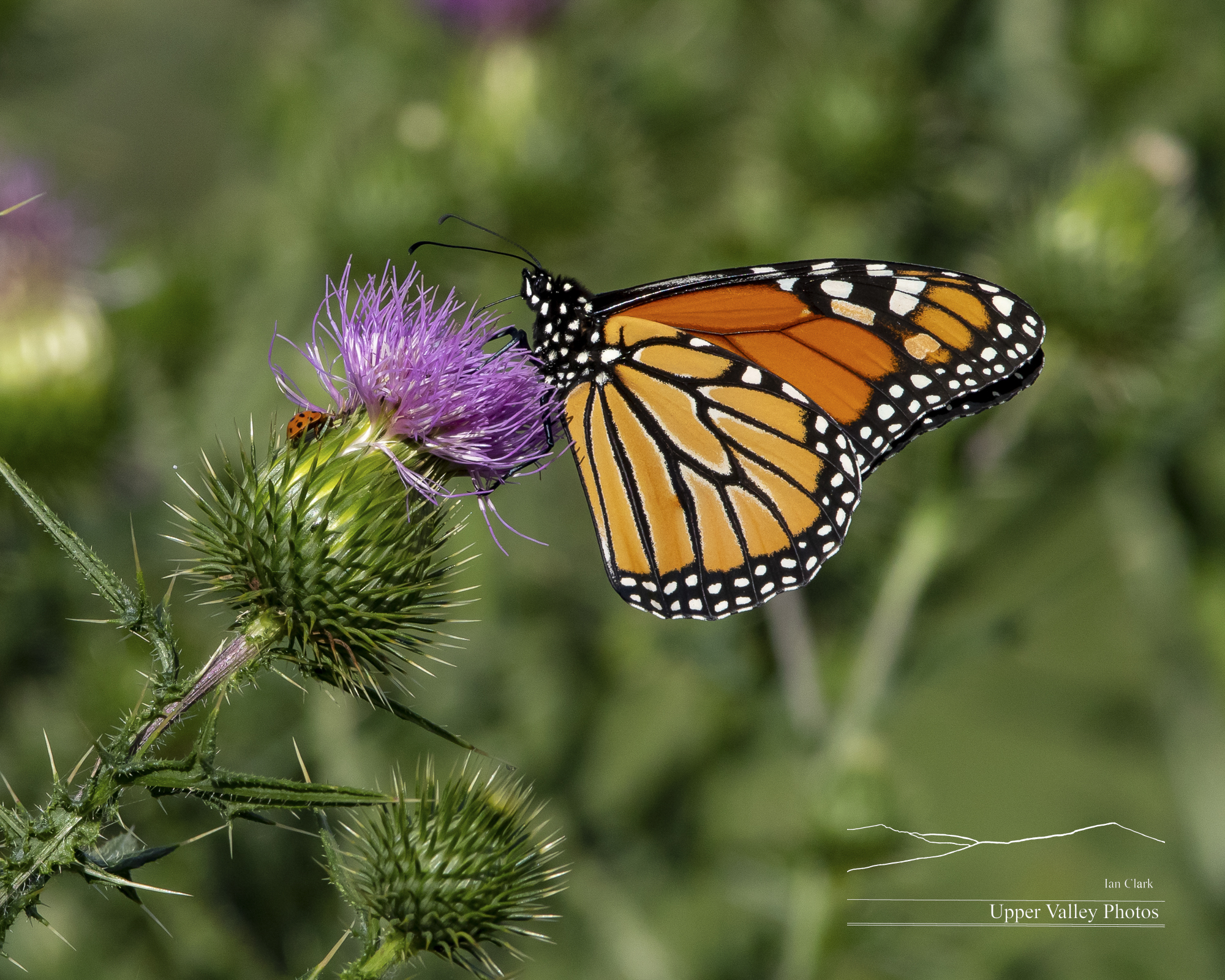
It was goldfinches that I’d hope to attract when I left the thistle. Now that about a third of the flowers have passed, the finches – Atticus and Scout – have arrived en masse. There’s a Nyjer seed sock a few feet from the thistle. Between the two, we have a couple dozen goldfinches coming and going. (Their feeder is right next to the hummingbird feeder, things can get kinda hectic at meal time.)
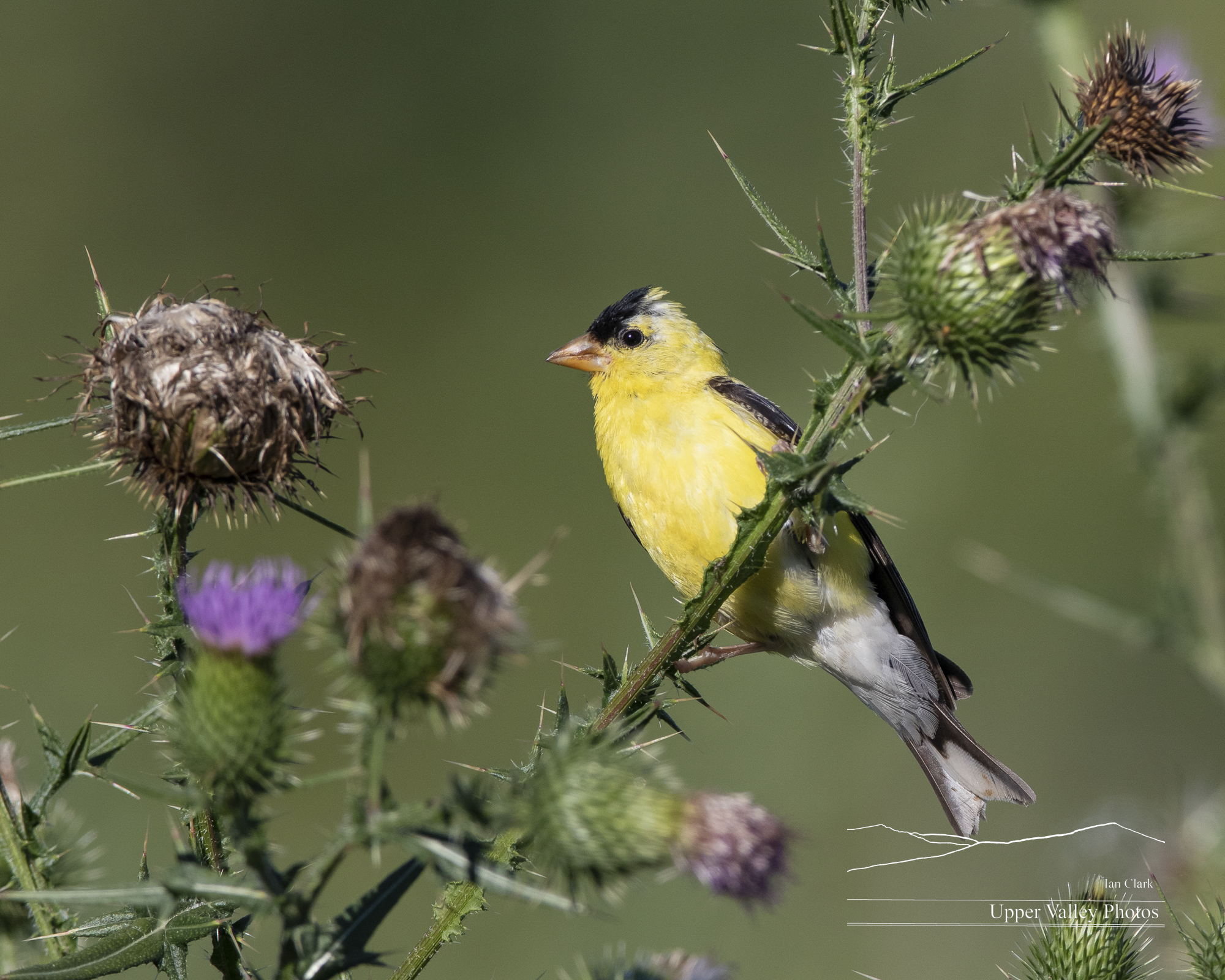
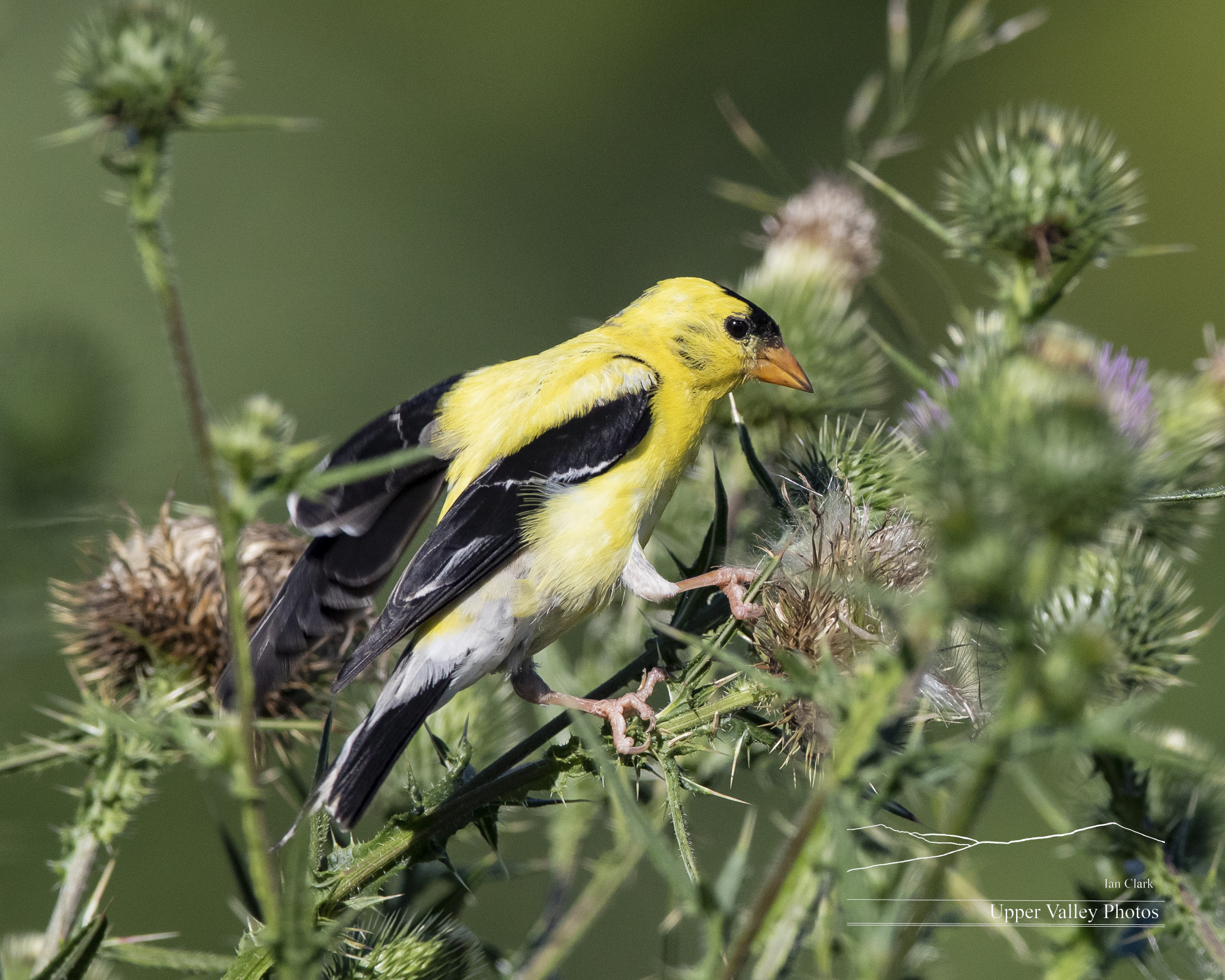
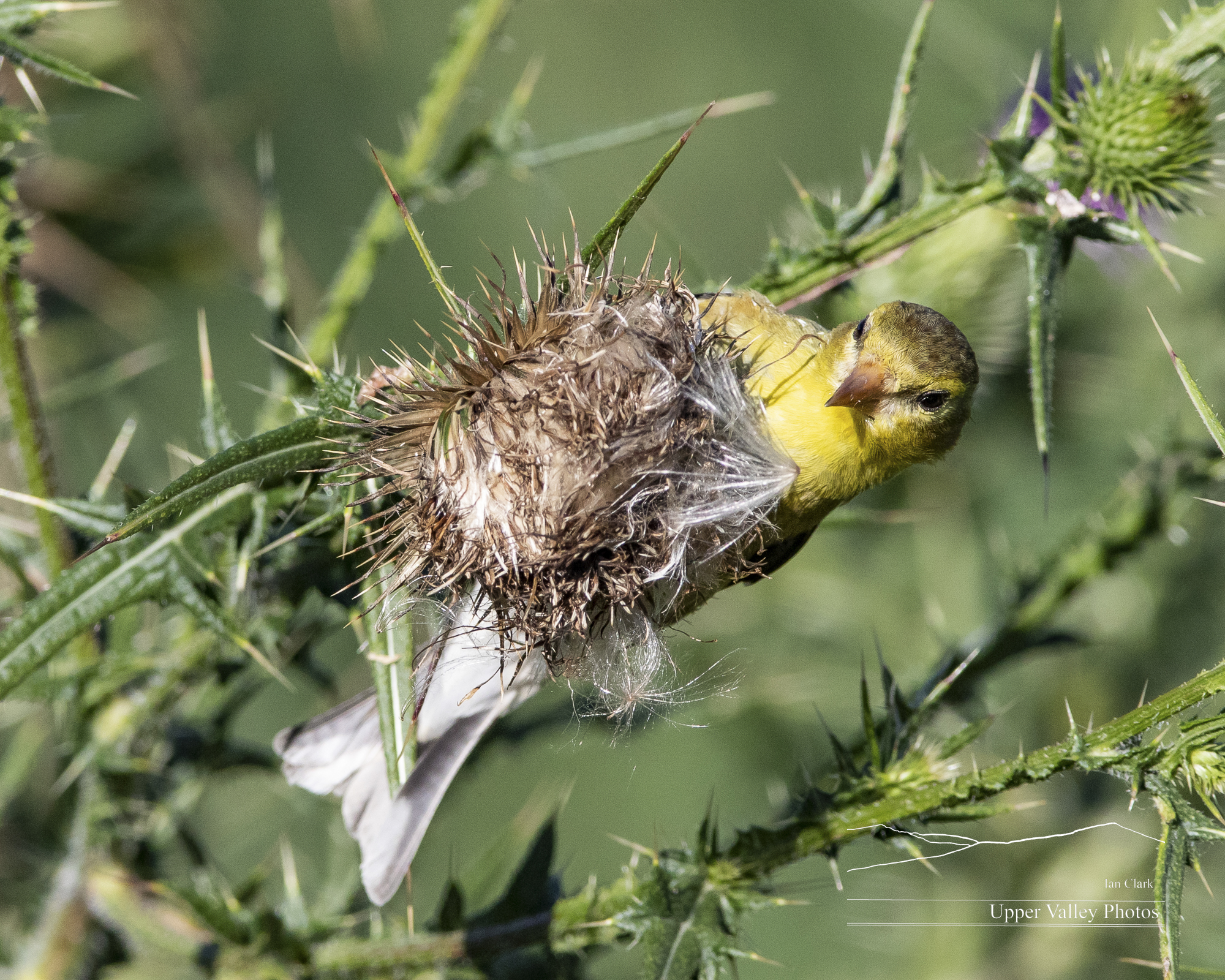
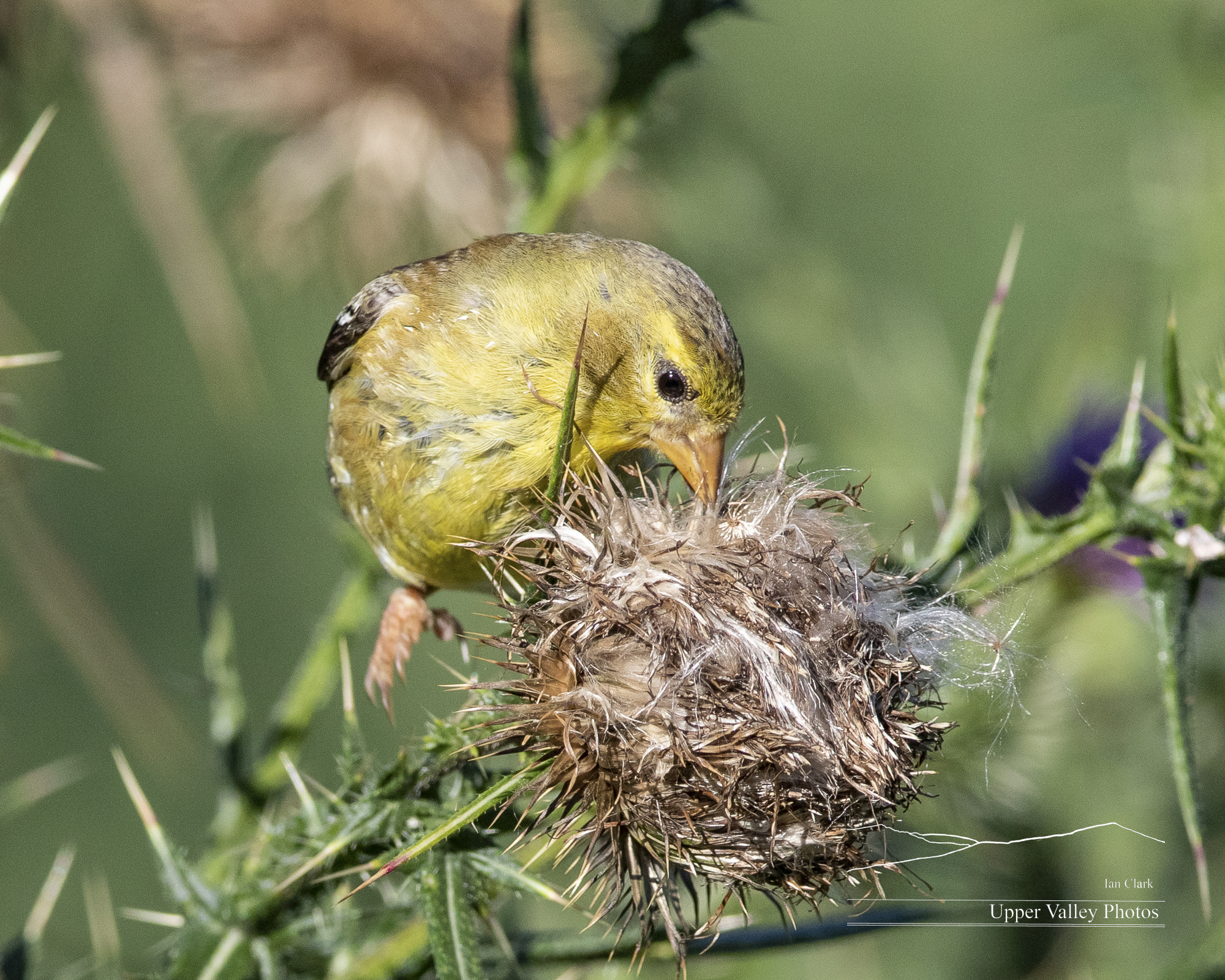
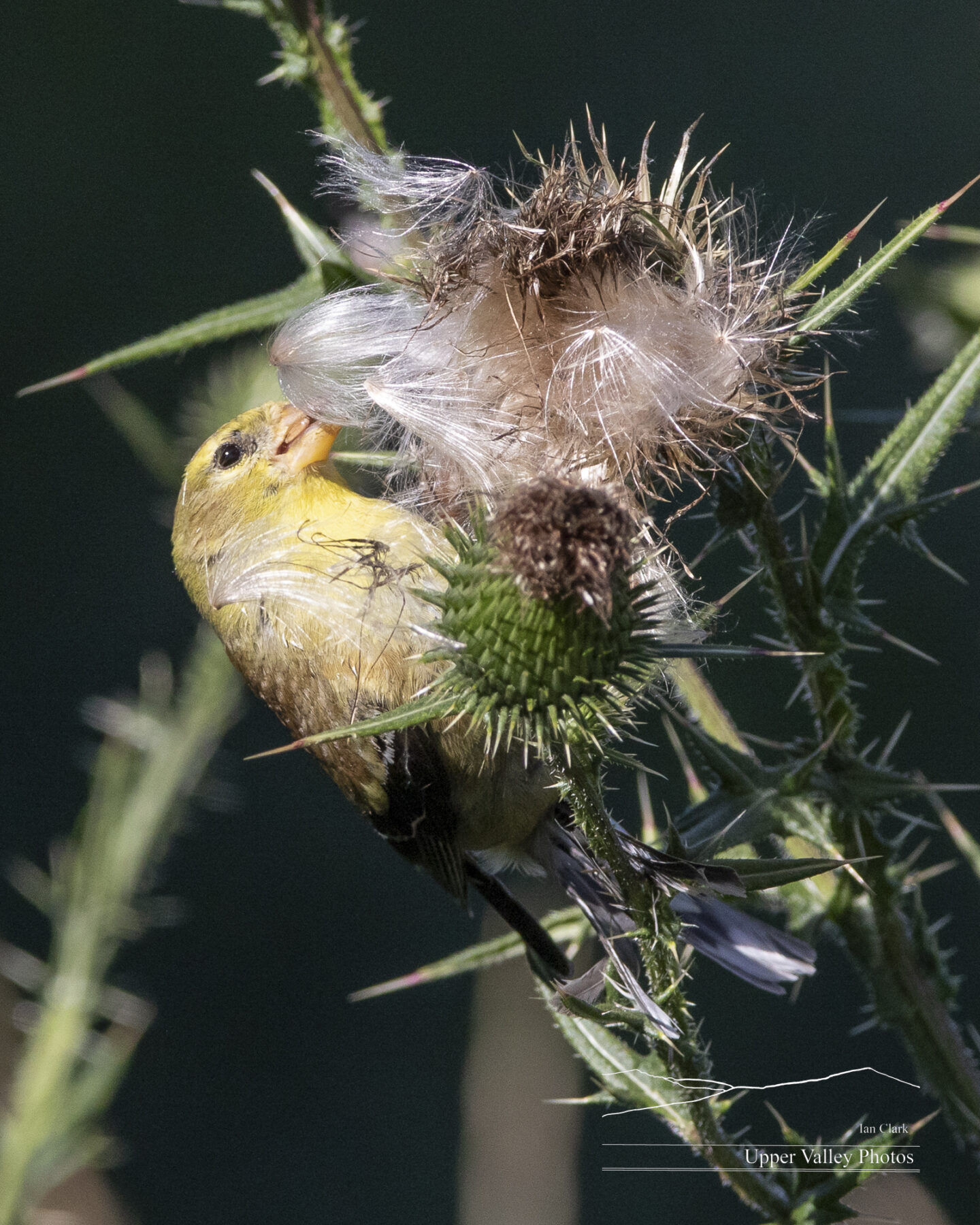
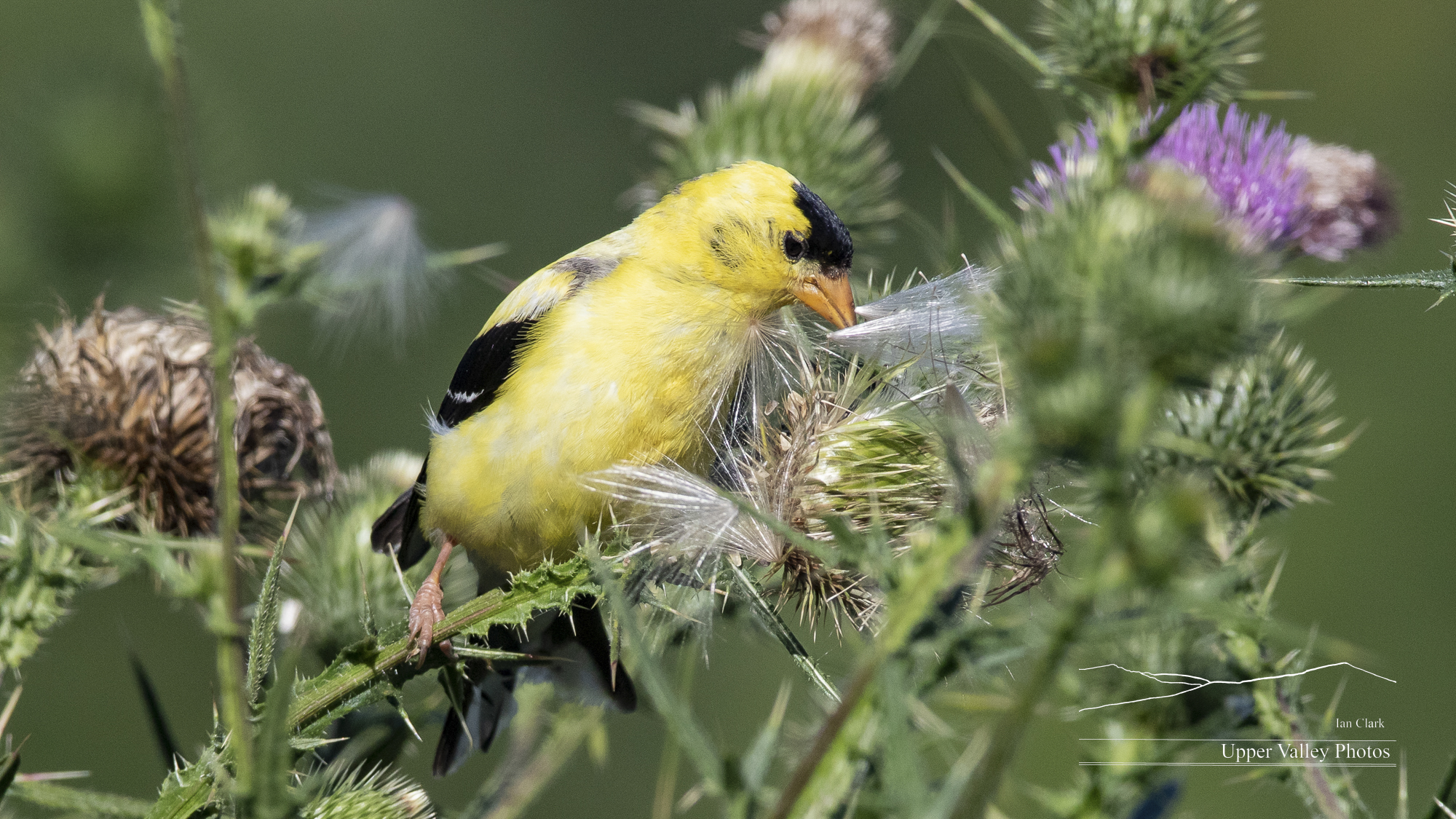
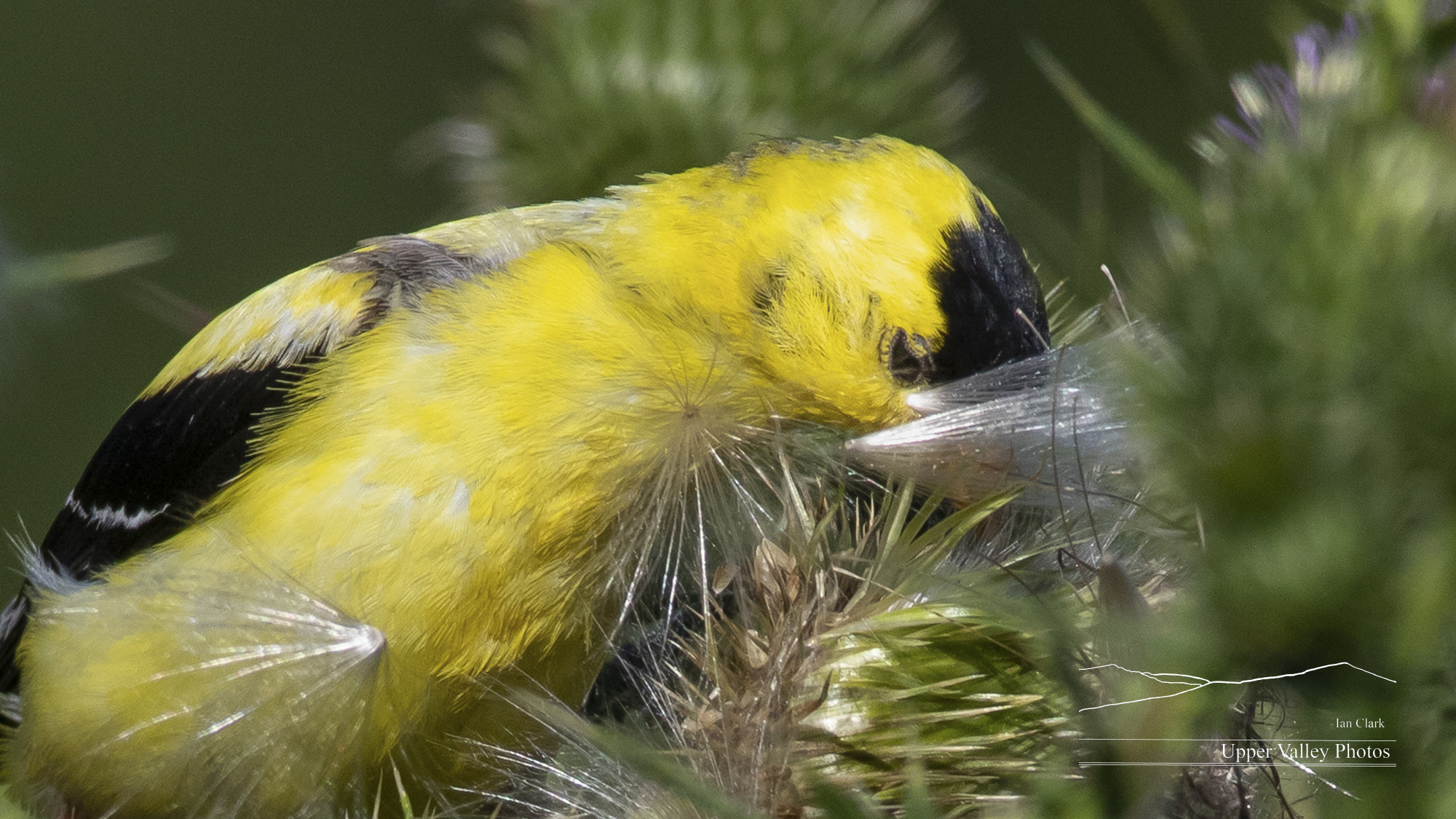
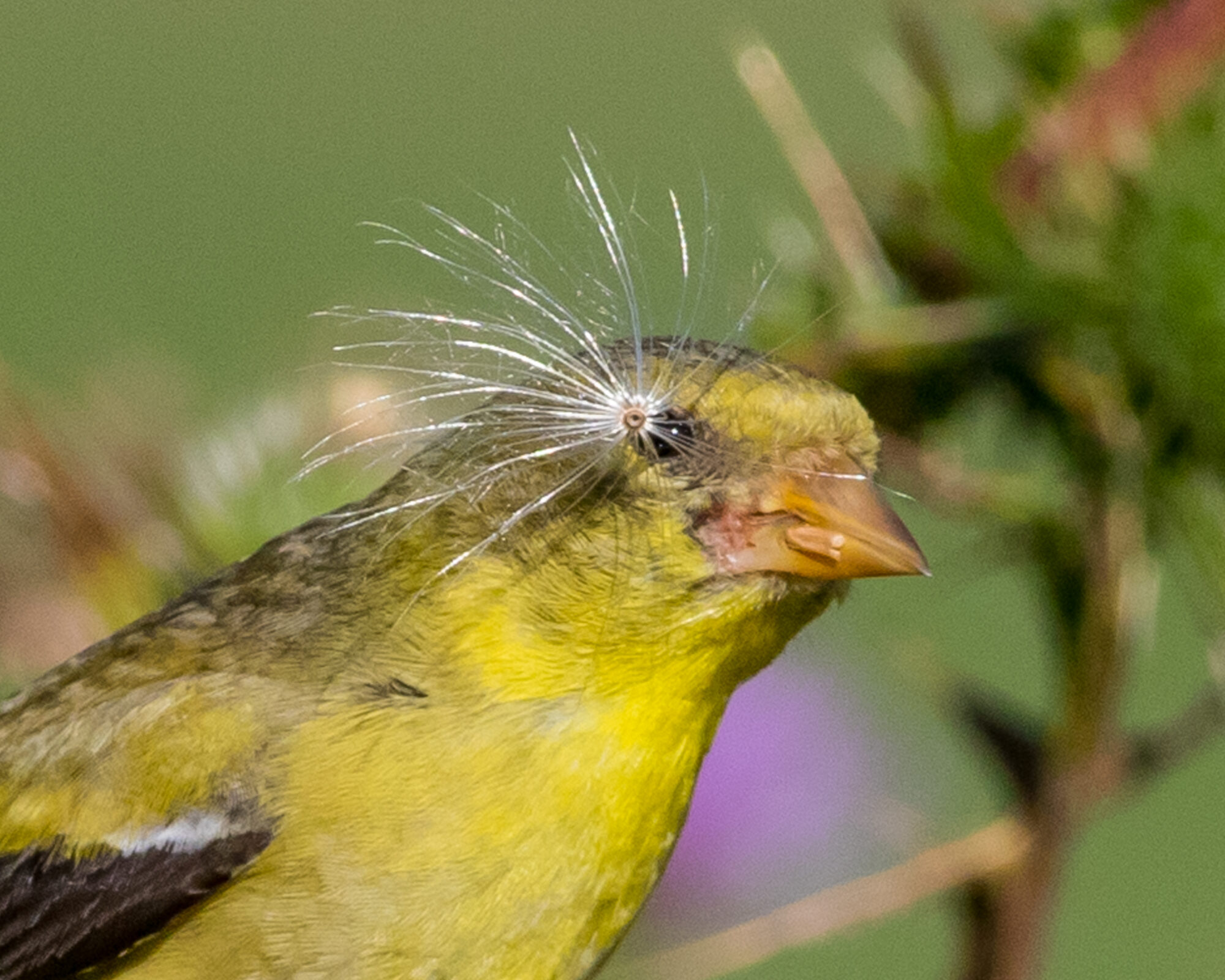
Everyone Loves Thistle!
We leave a patch of our yard for wild plants to help our local wildlife. This year, we’ve got a good patch of thistle – either ‘bull,’ ‘milk’ or ‘common,’ depending upon who you ask. I’ve dubbed the patch ‘The Island of Thistley.’ My wife didn’t approve either.
I started leaving the thistle to attract Atticus, our resident goldfinch, and his charm. The goldfinches love the seeds, and they’ve got lots of company.
Thistles are beautiful plants, even if they have some sticking points. They’ve got lots of pretty purple flowers.
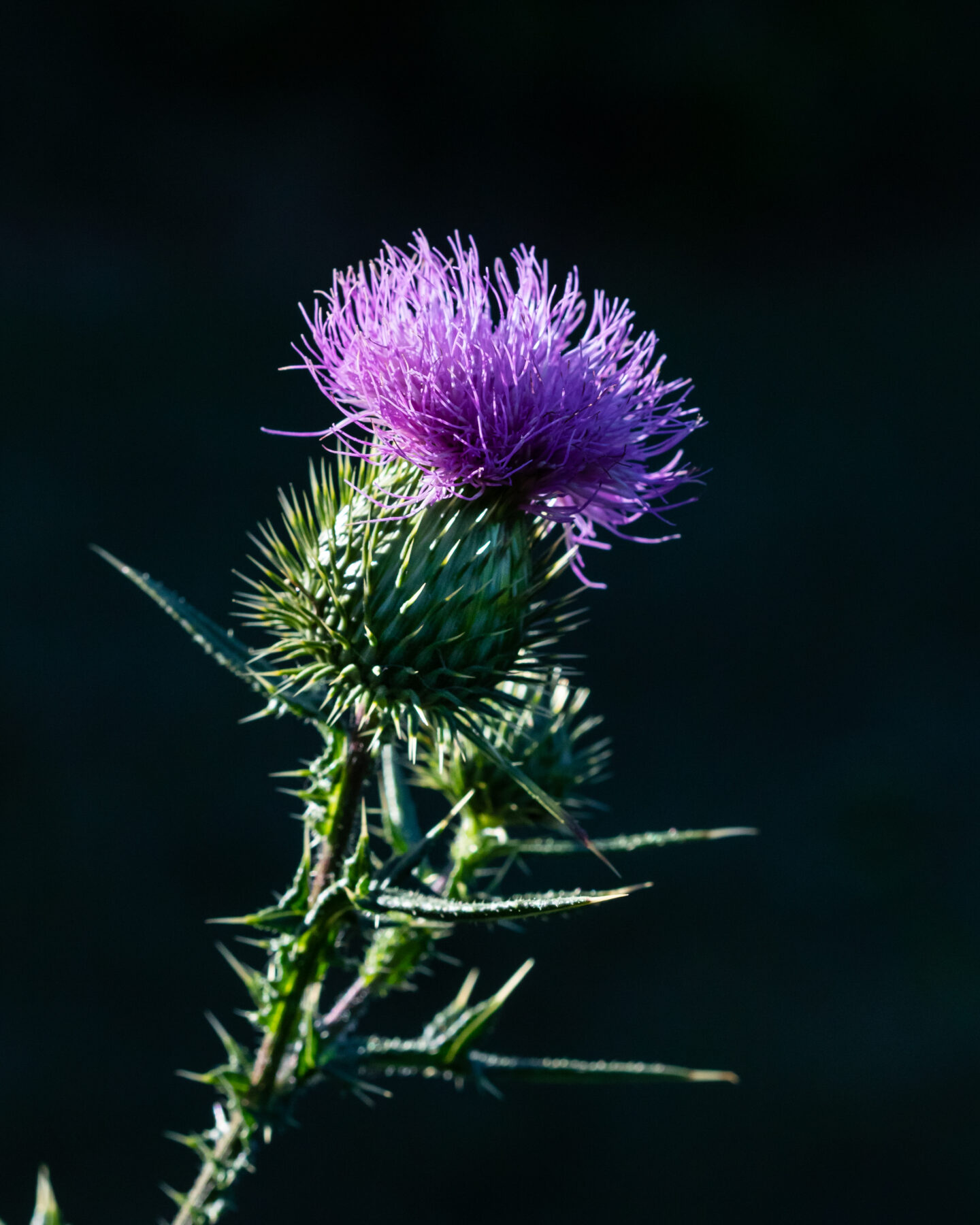
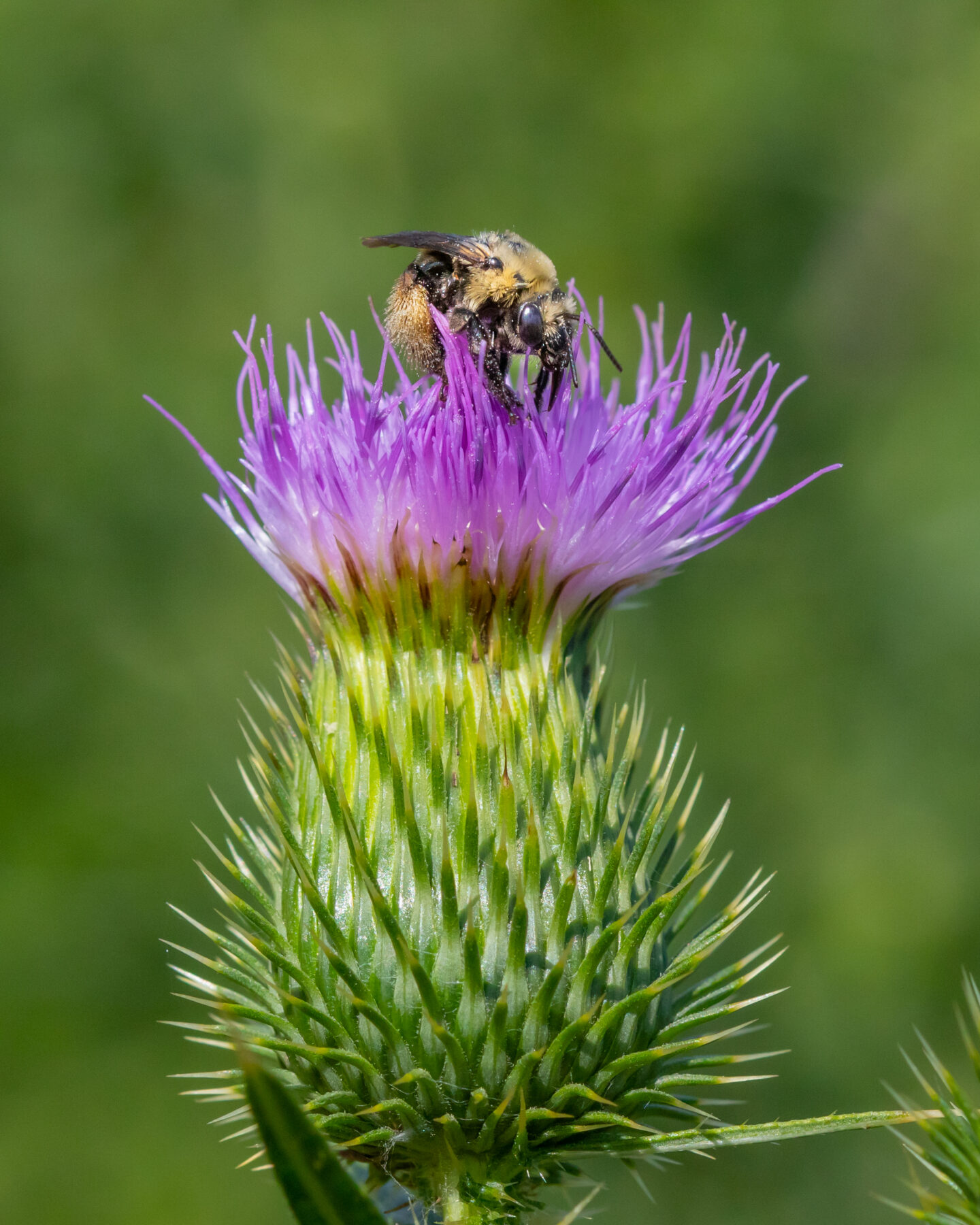
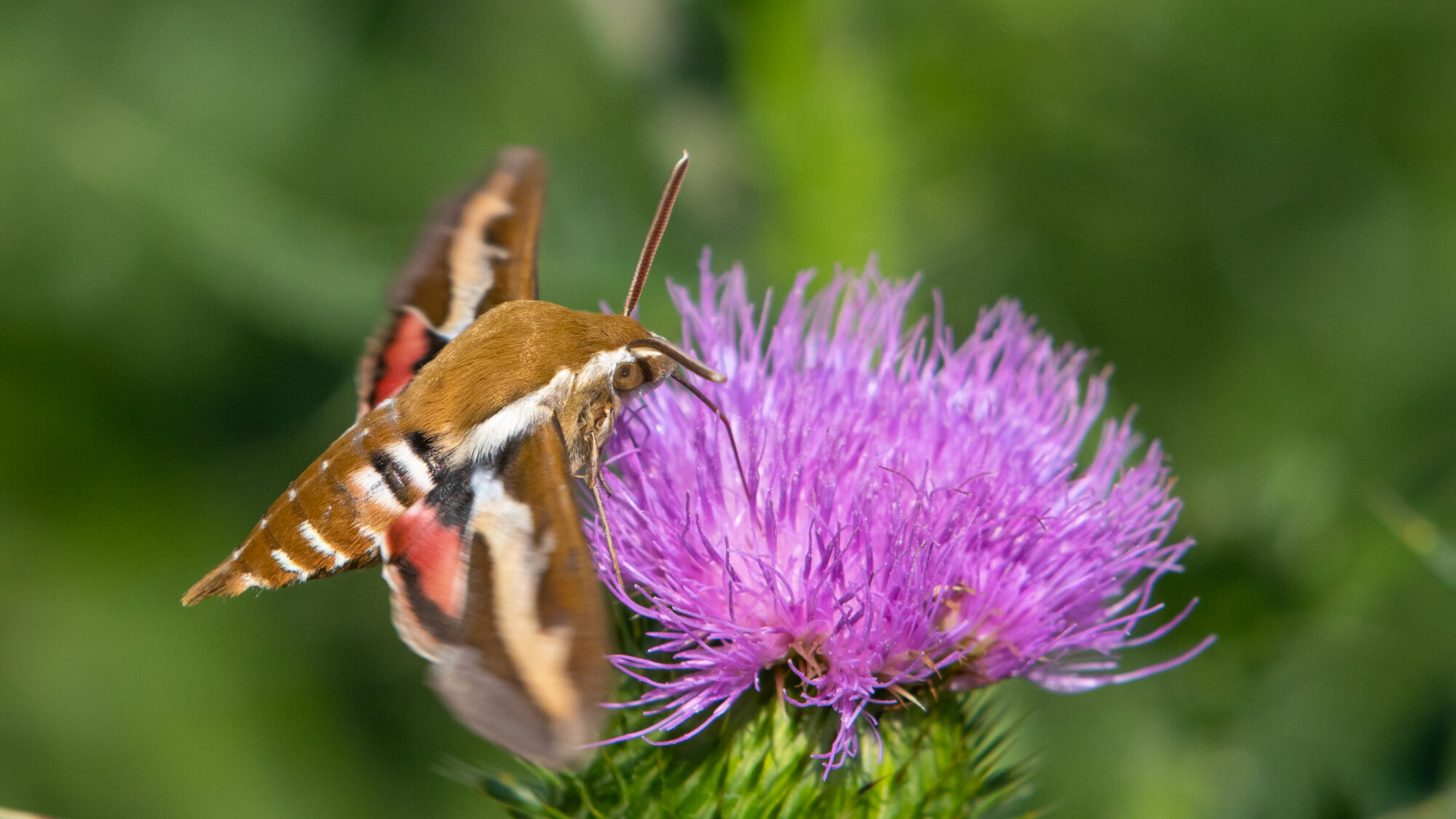
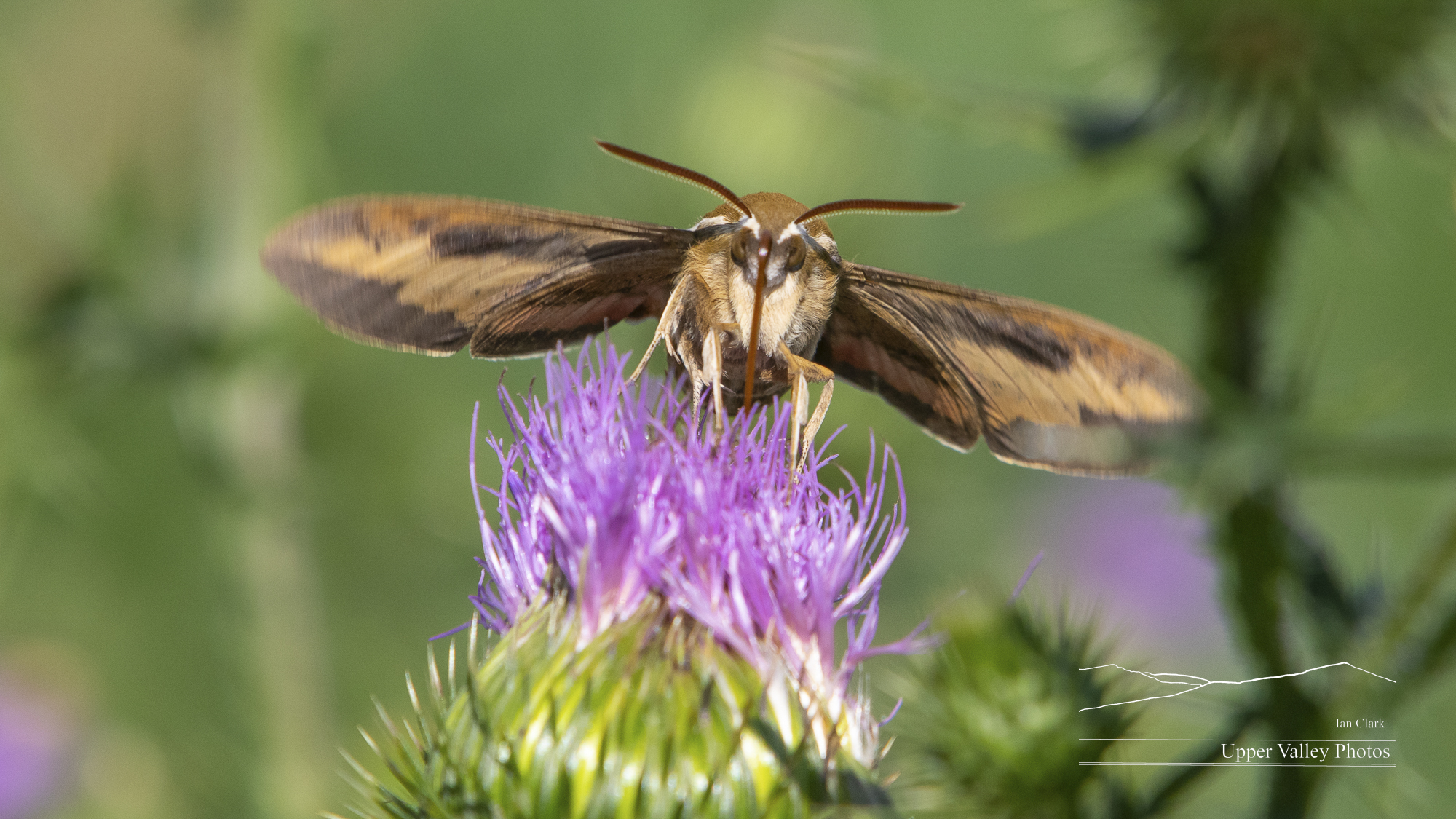
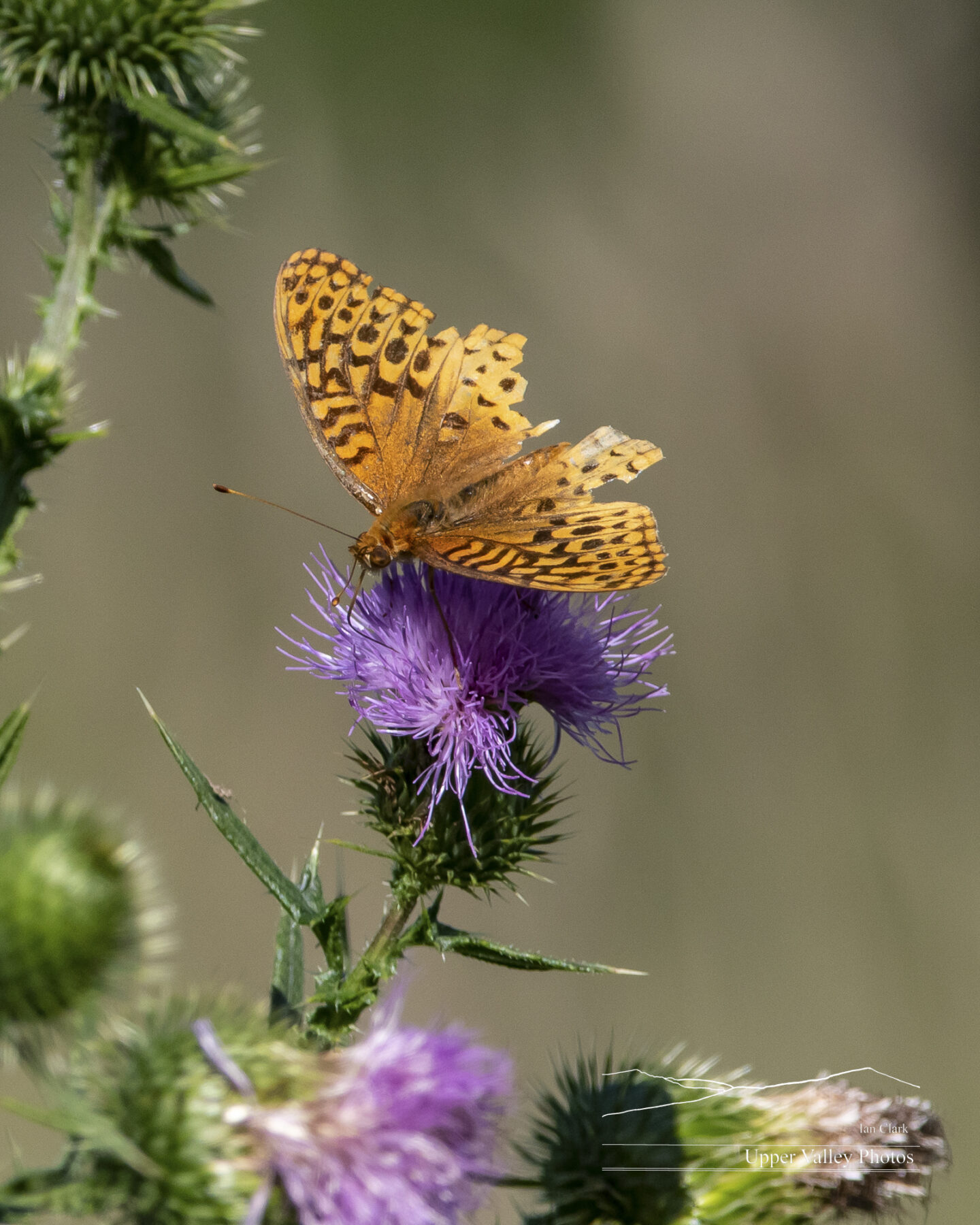
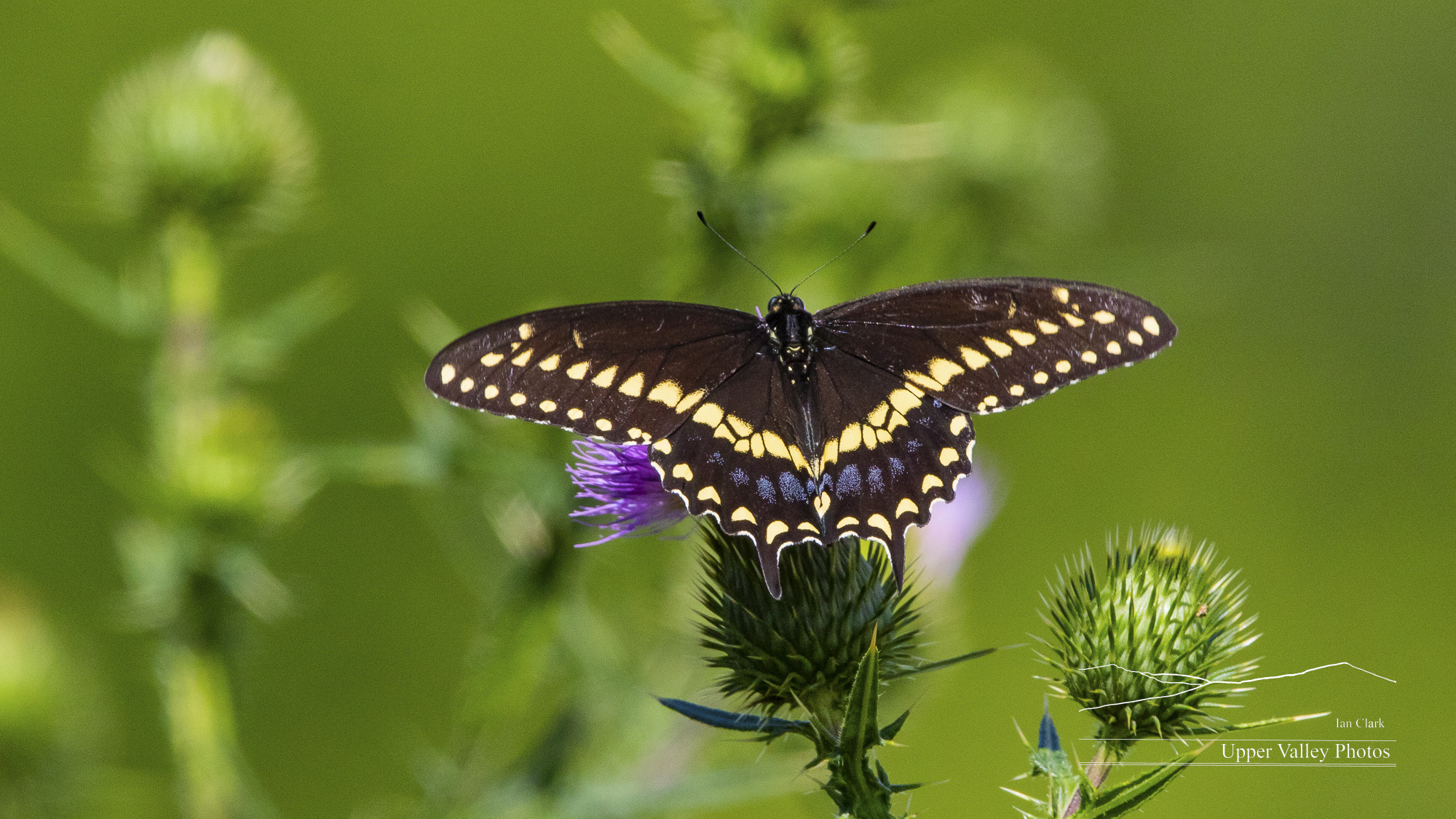
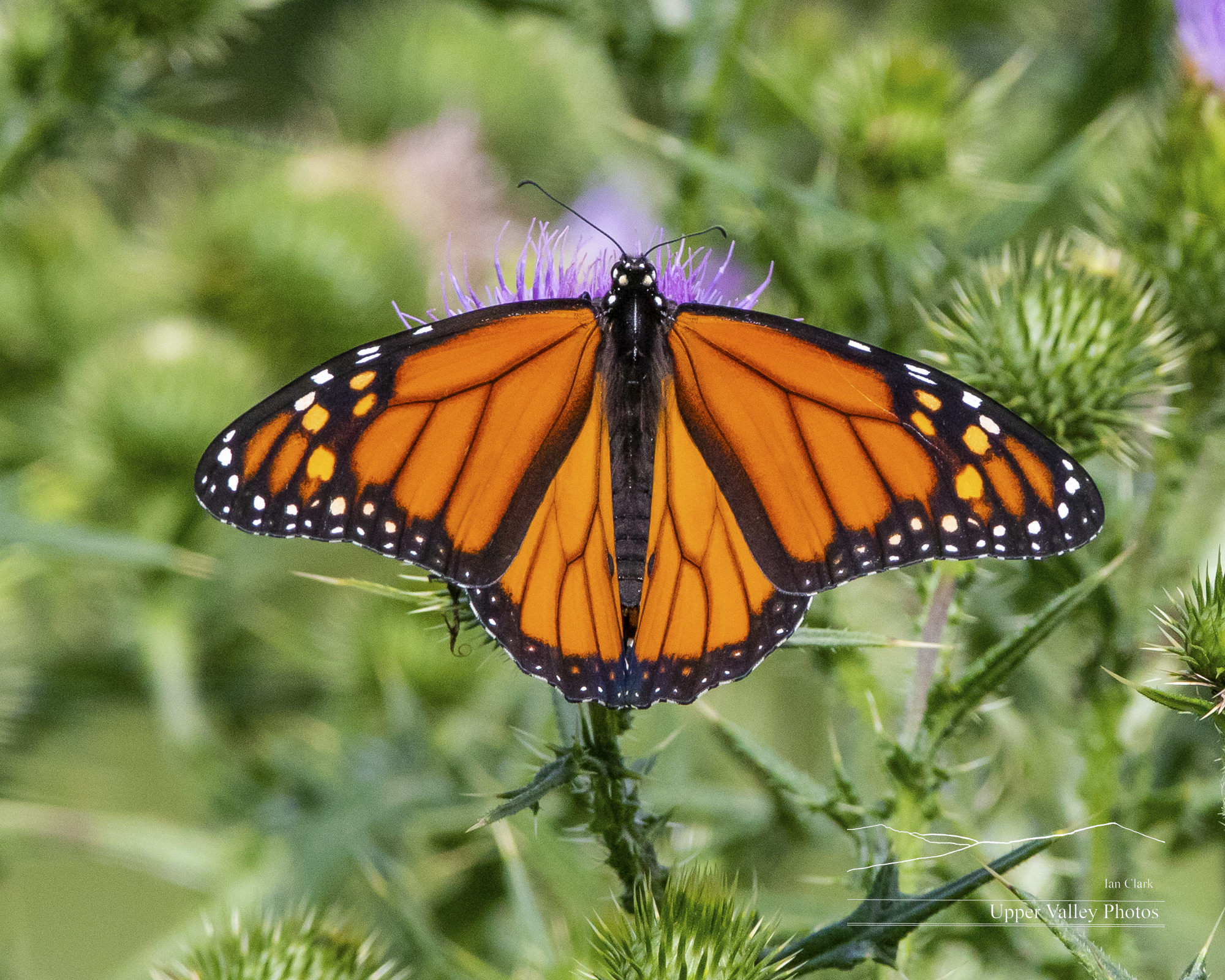
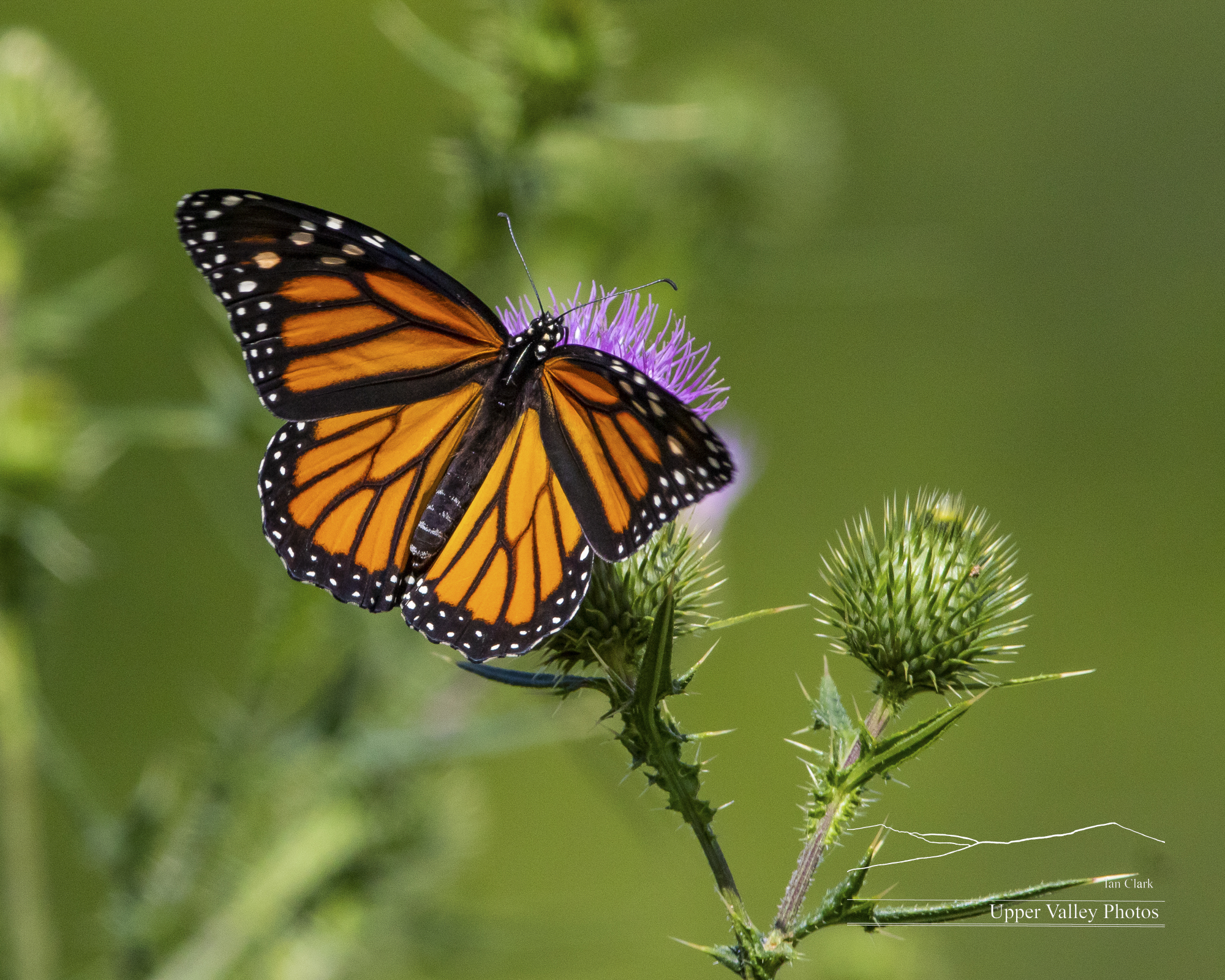
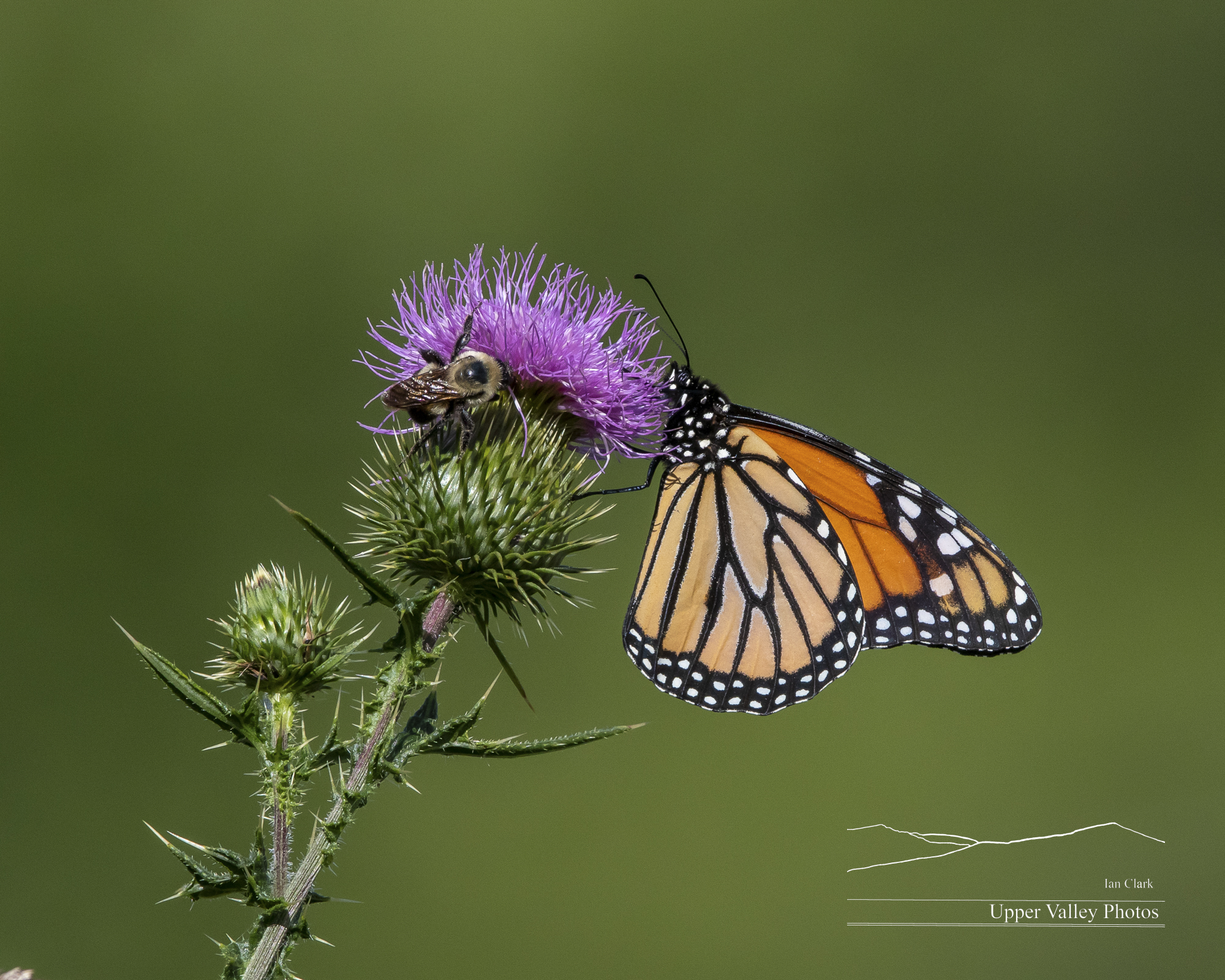
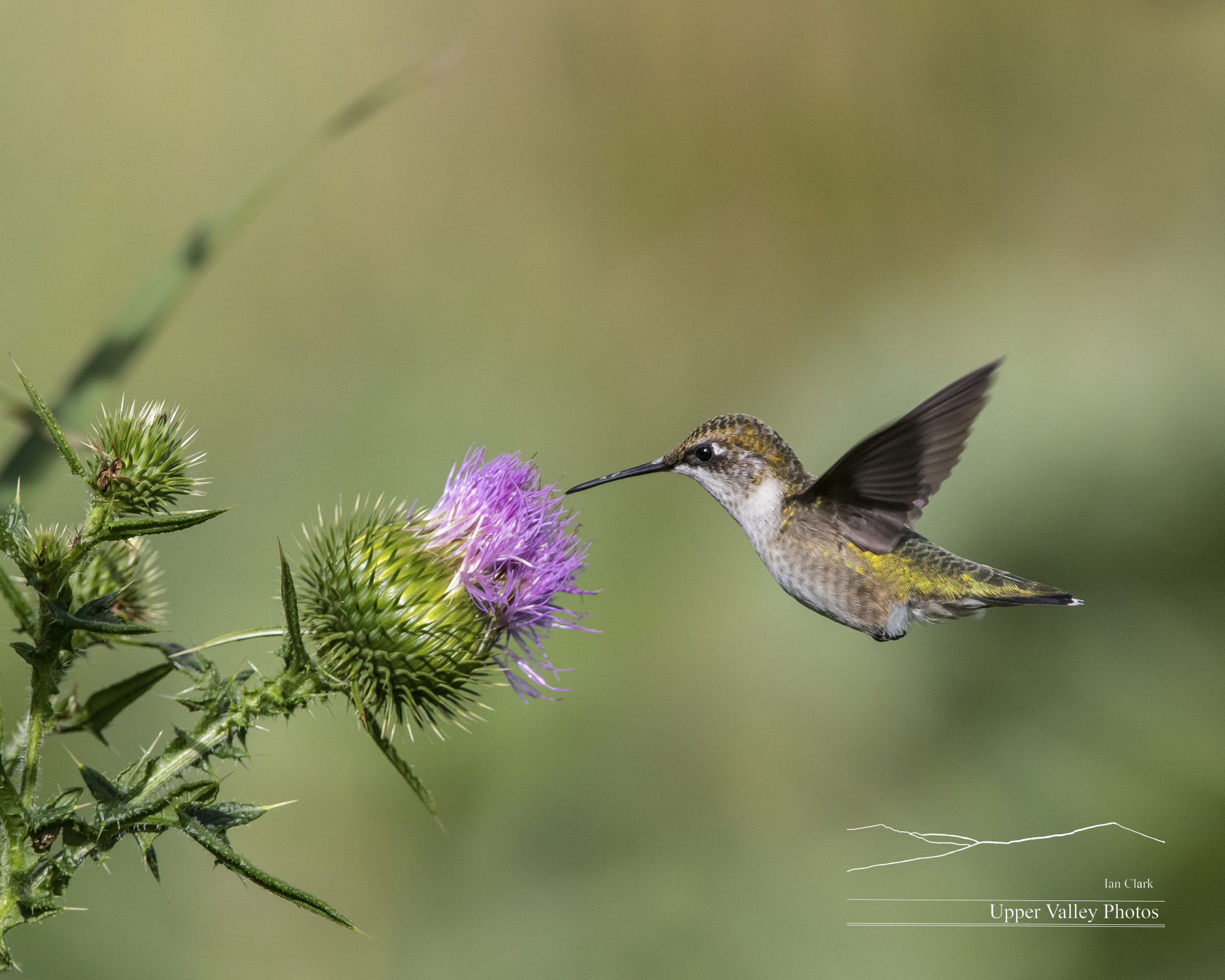
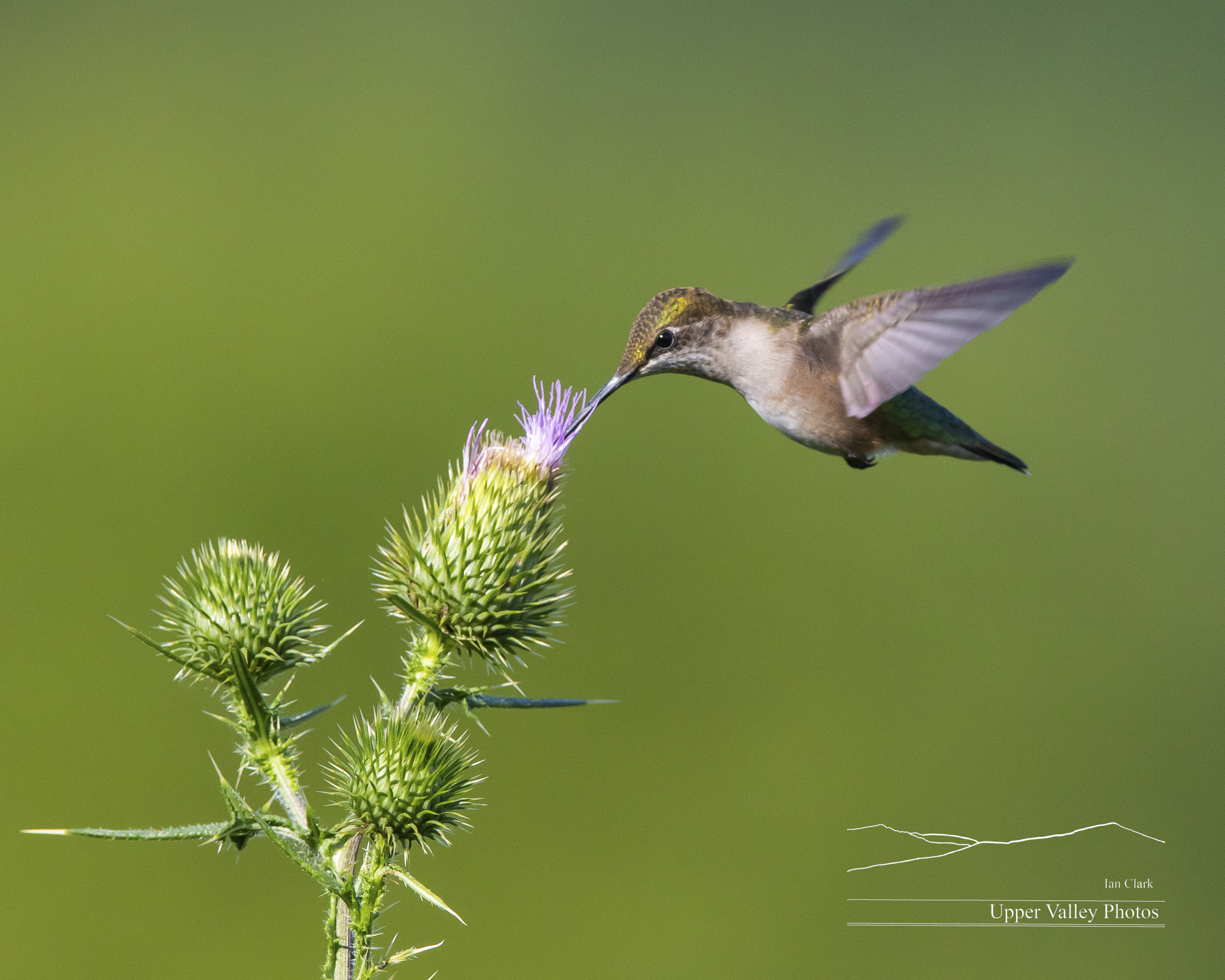
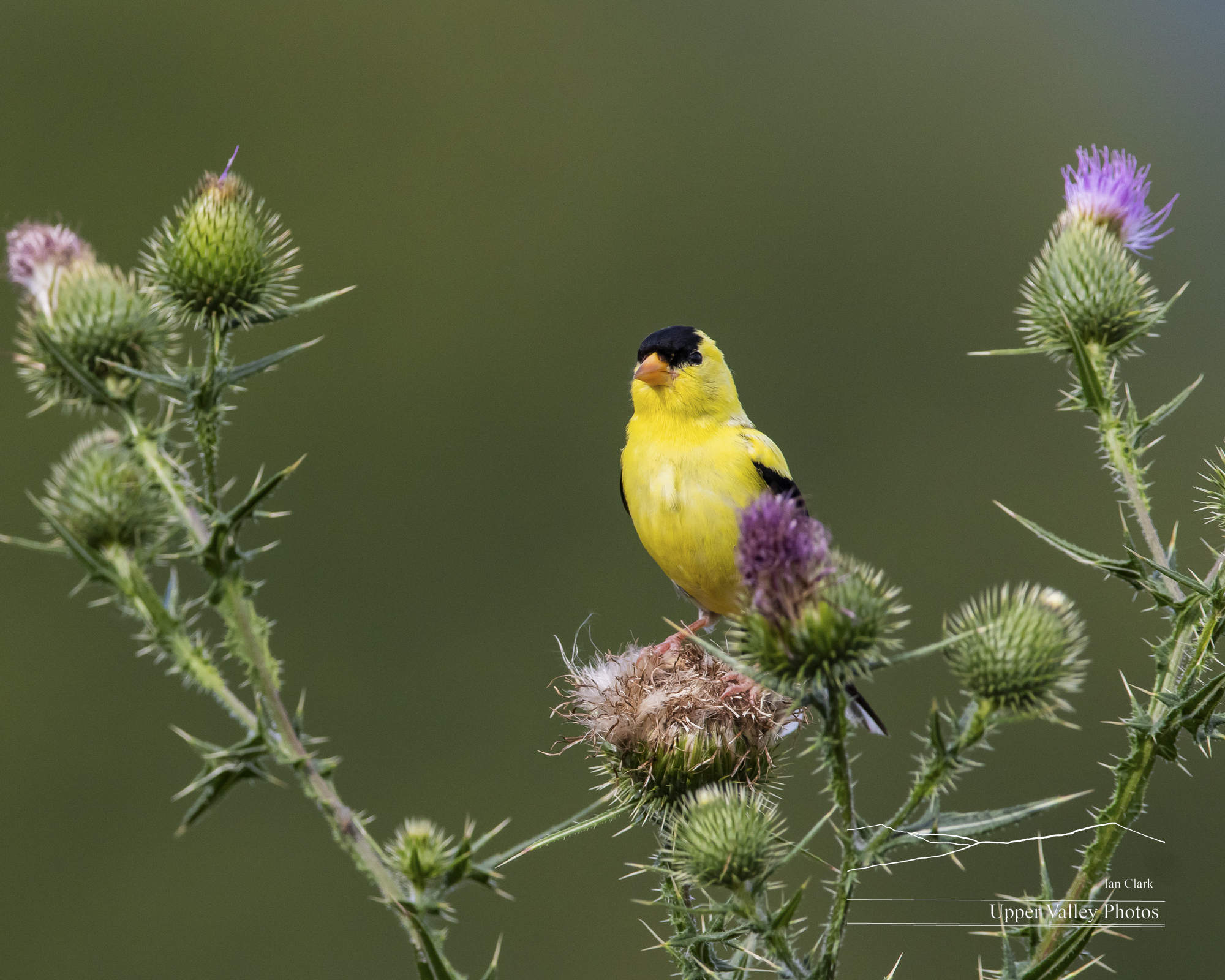
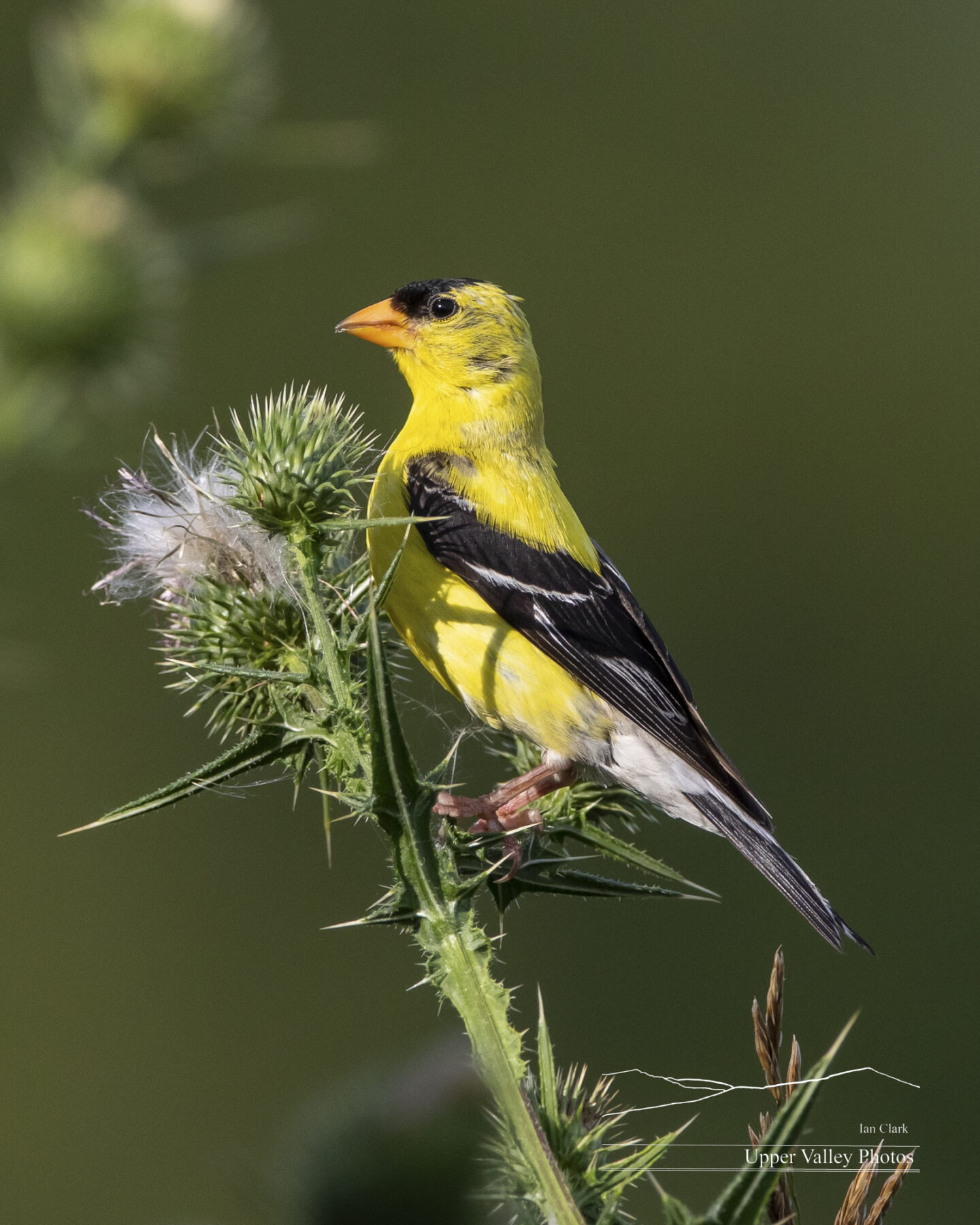
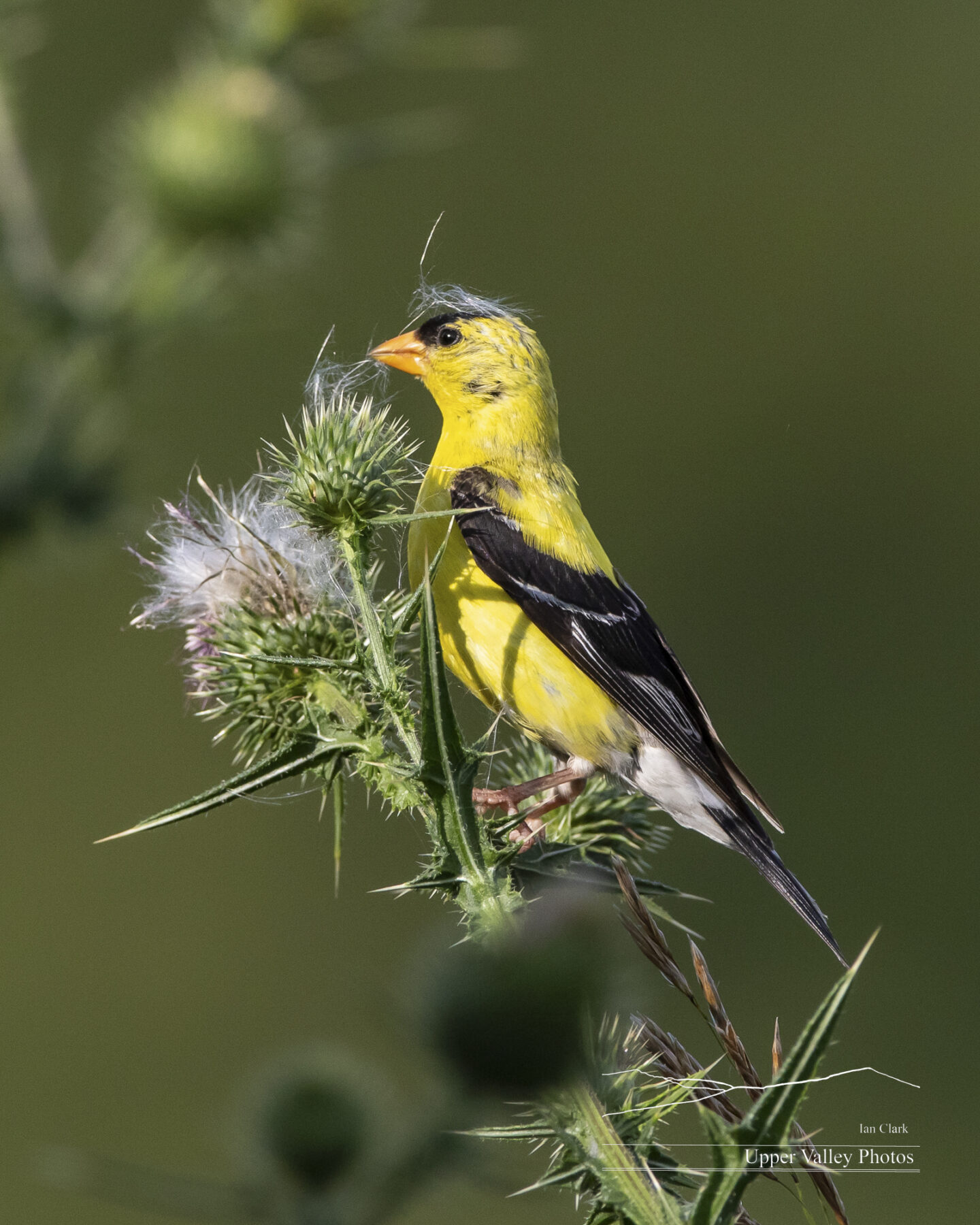
Checking in on Our Loon Family
I was lucky enough to get to spend two mornings on the pond with the loons this week. Tuesday morning had a very pleasant surprise.
When I got to their pond, the loons were at the west end, I headed to the spot they like to forage on the east side of the pond. As the fog began to lift, both parents showed up. But, there was only one chick with them.
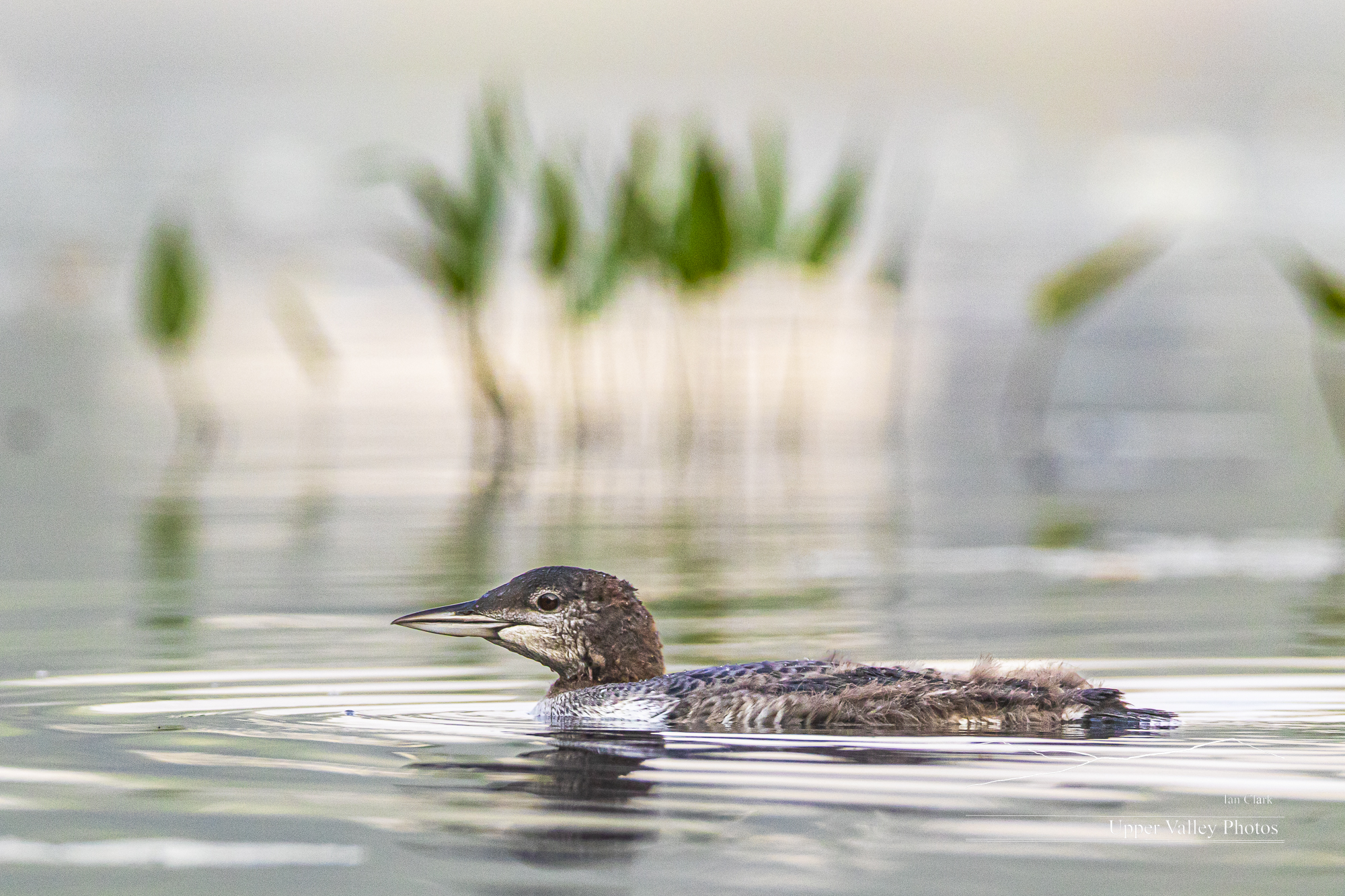
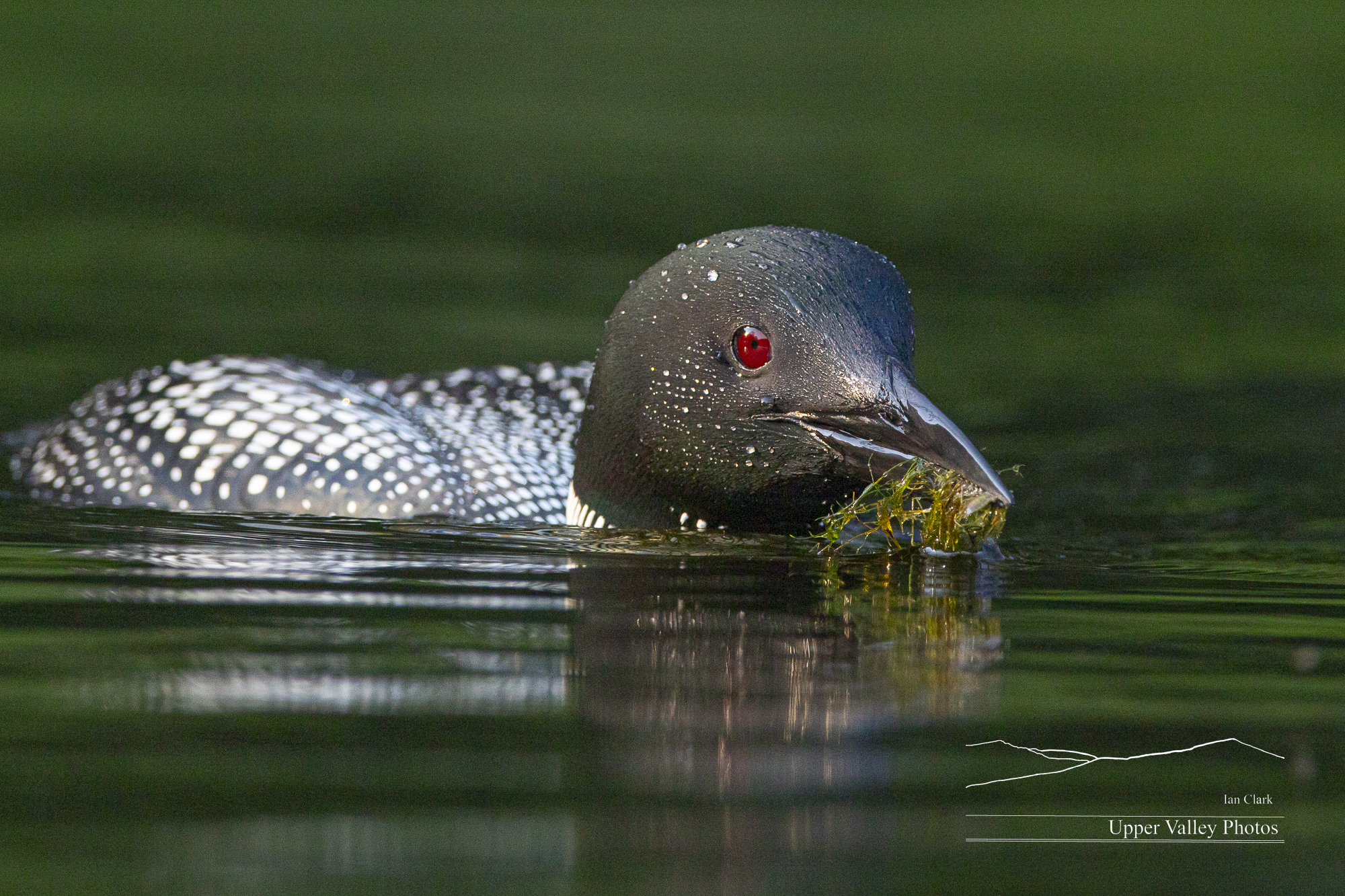
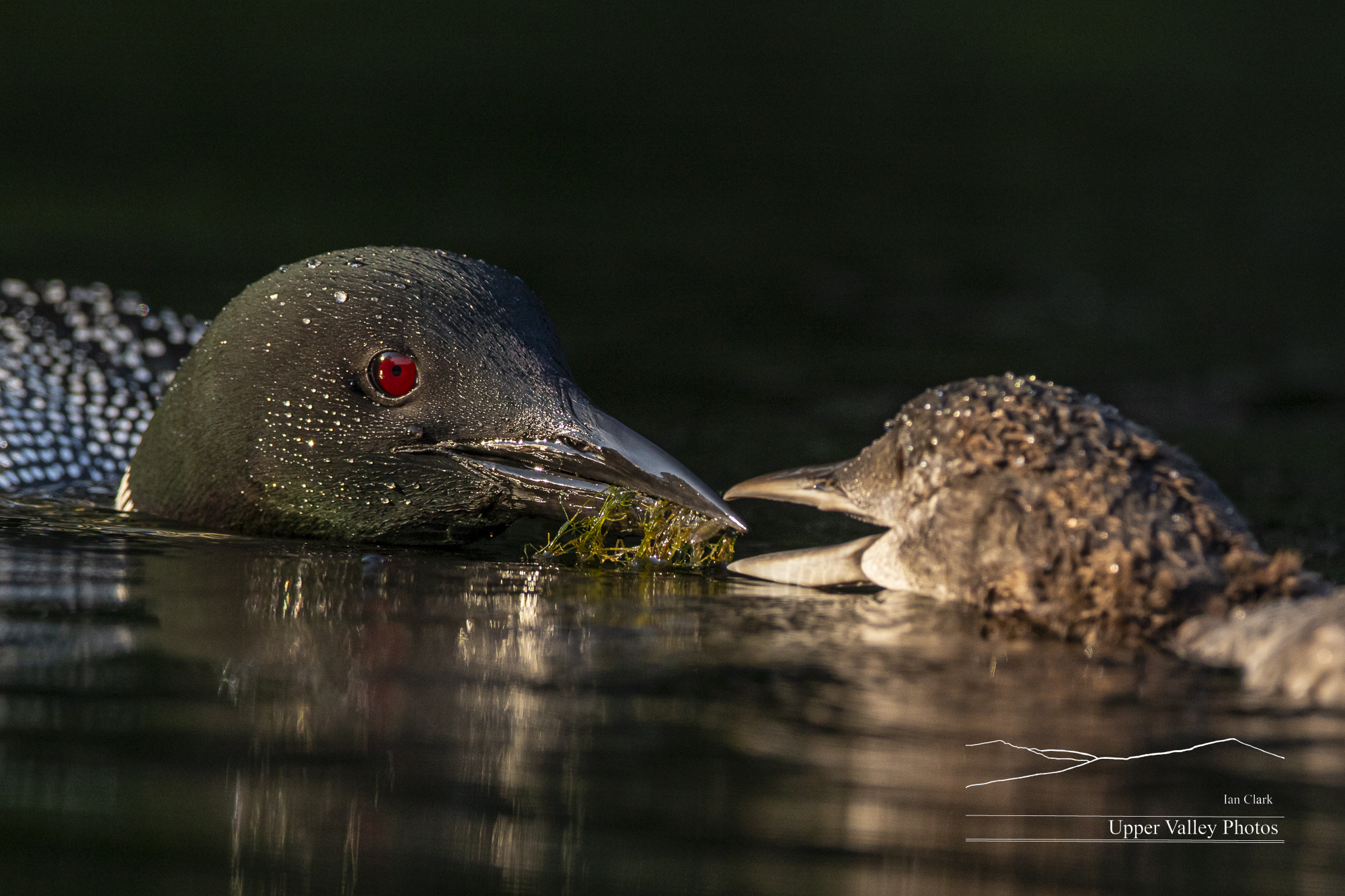
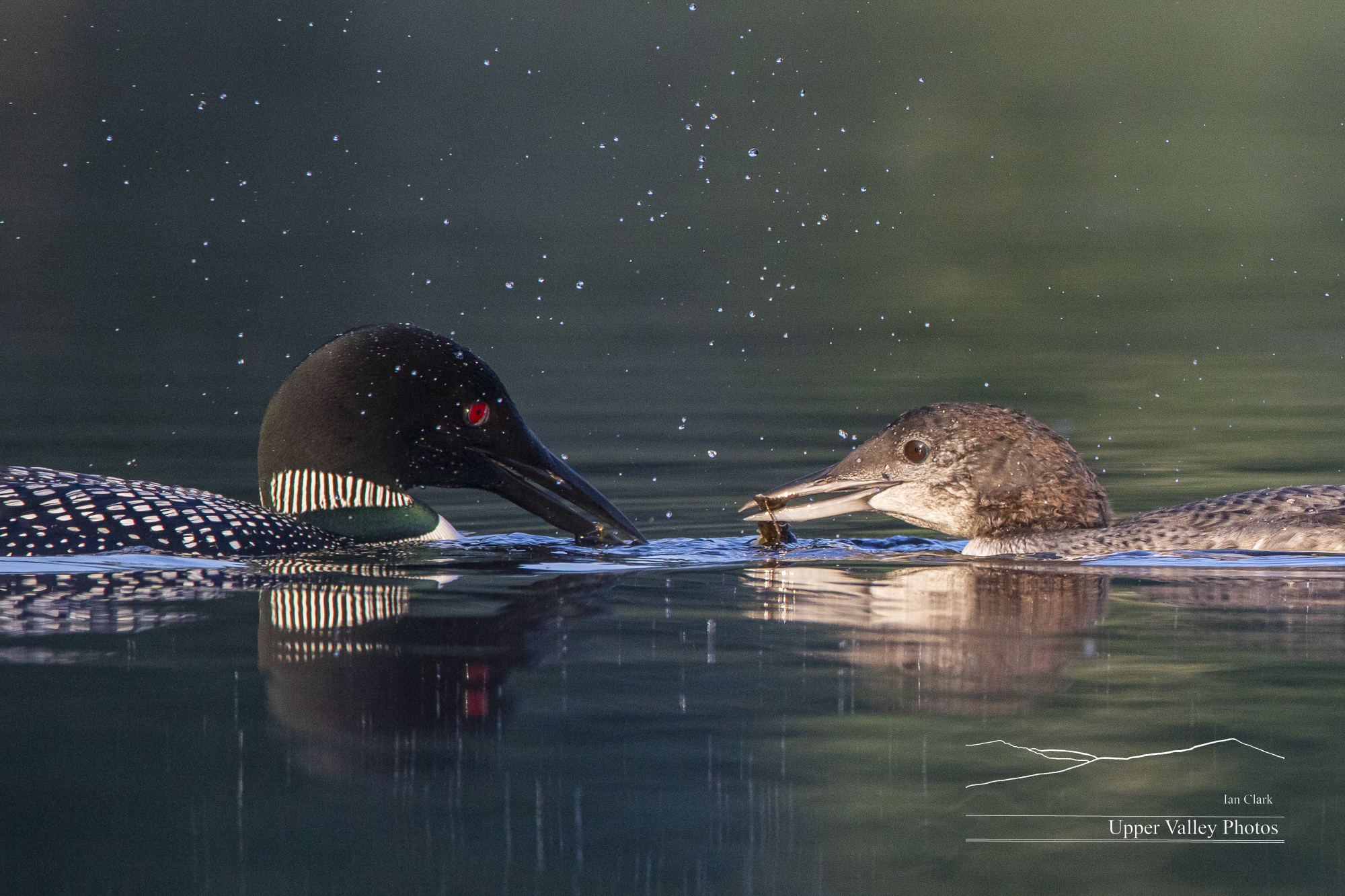
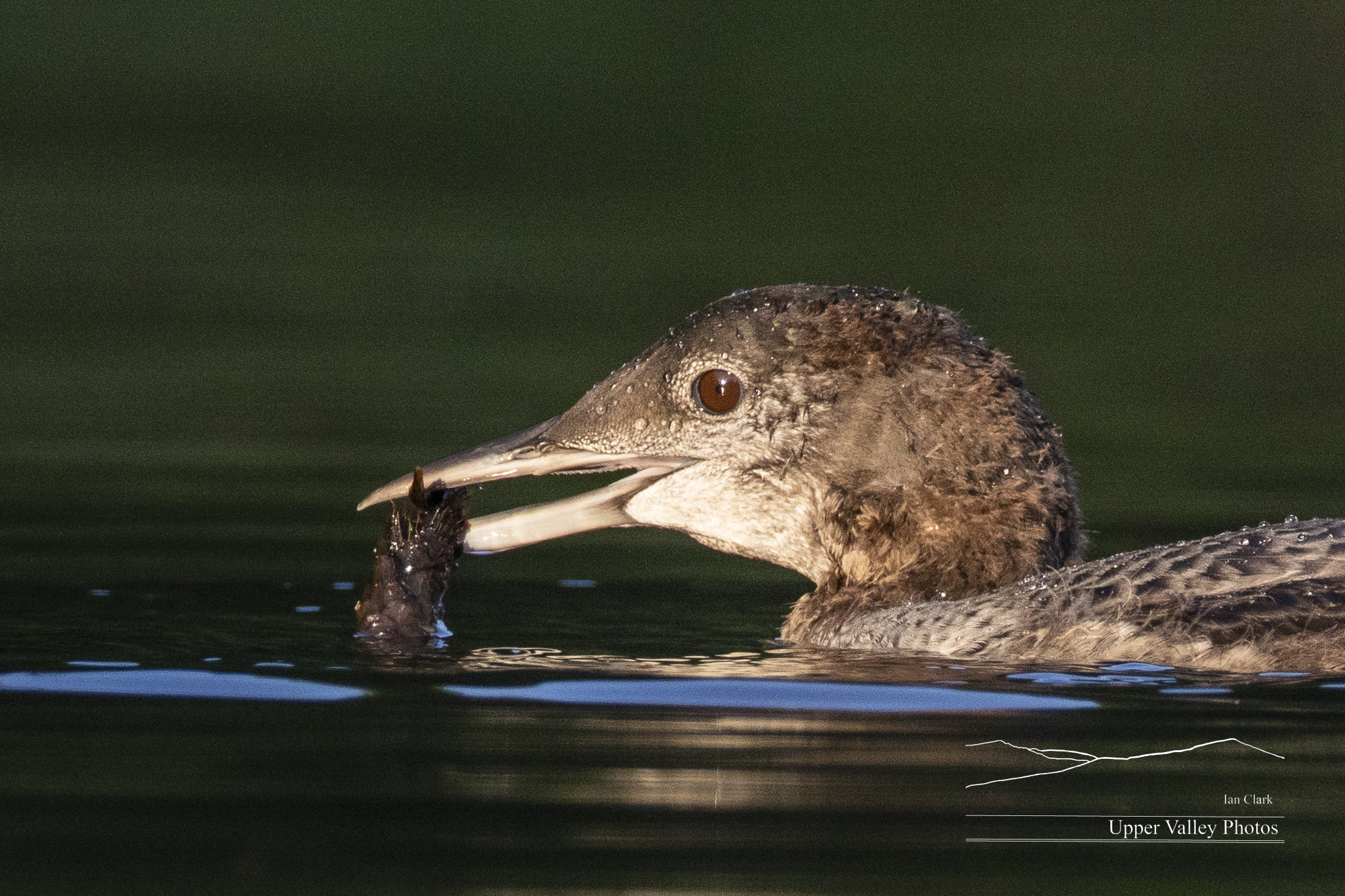
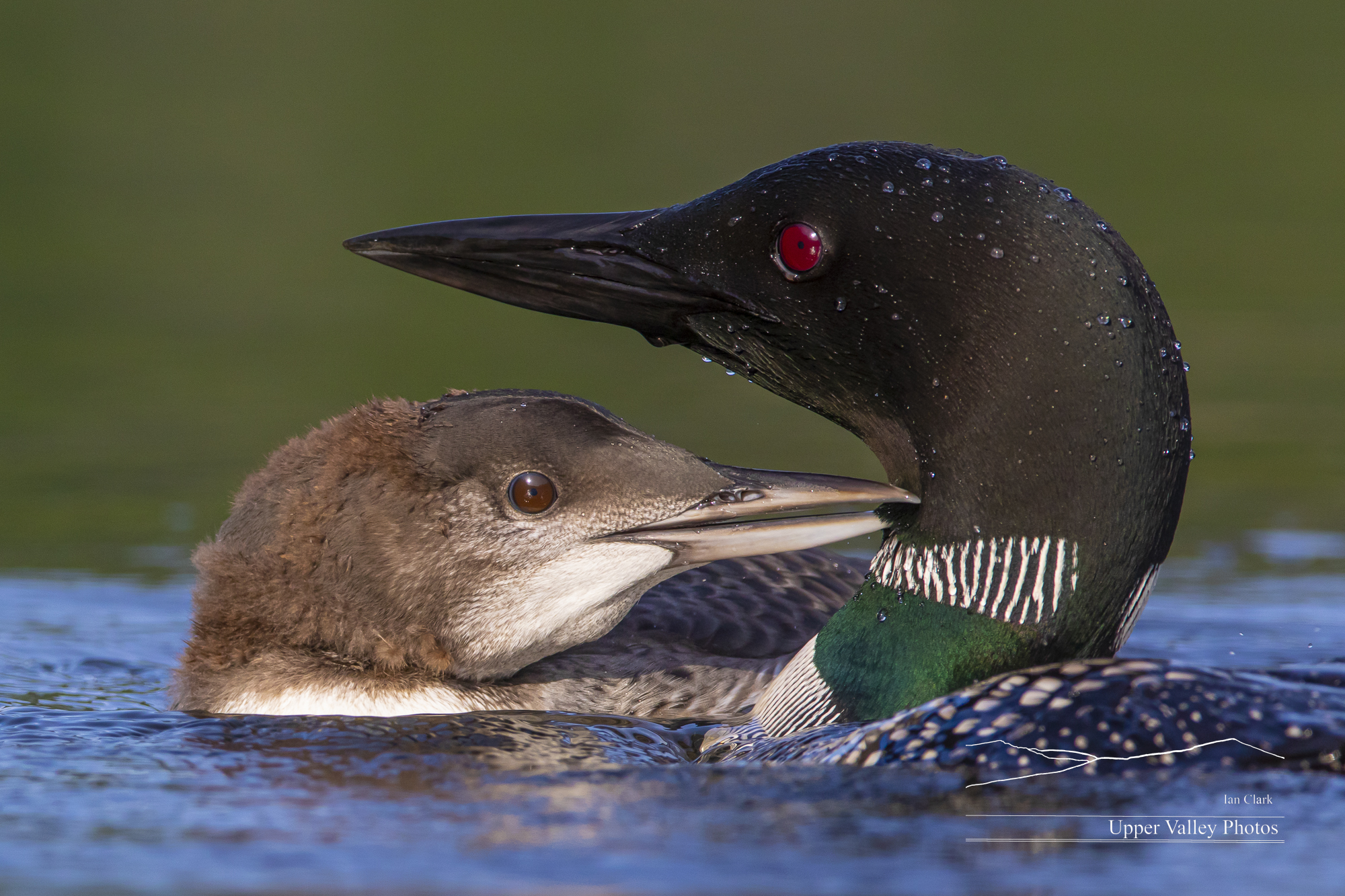
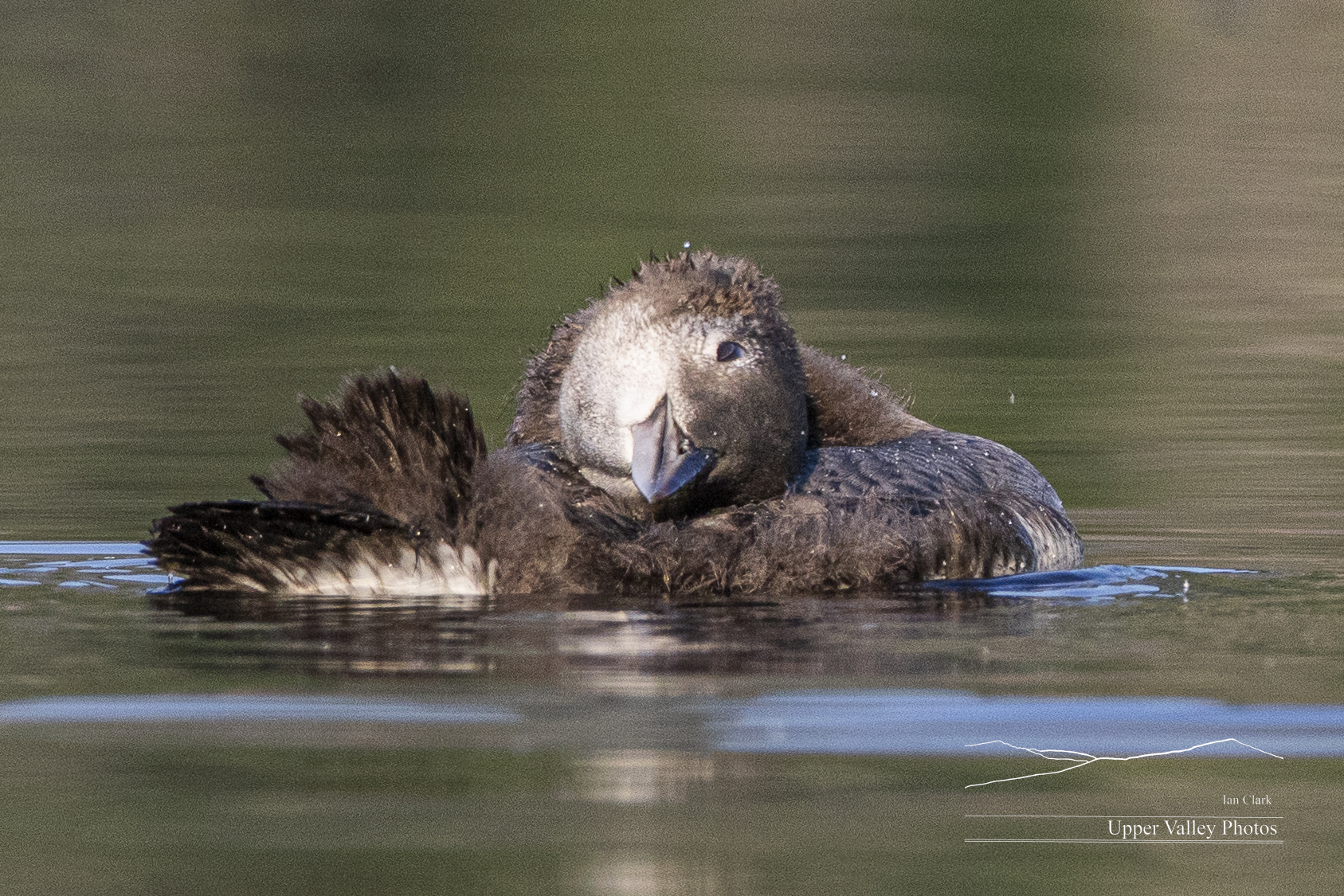
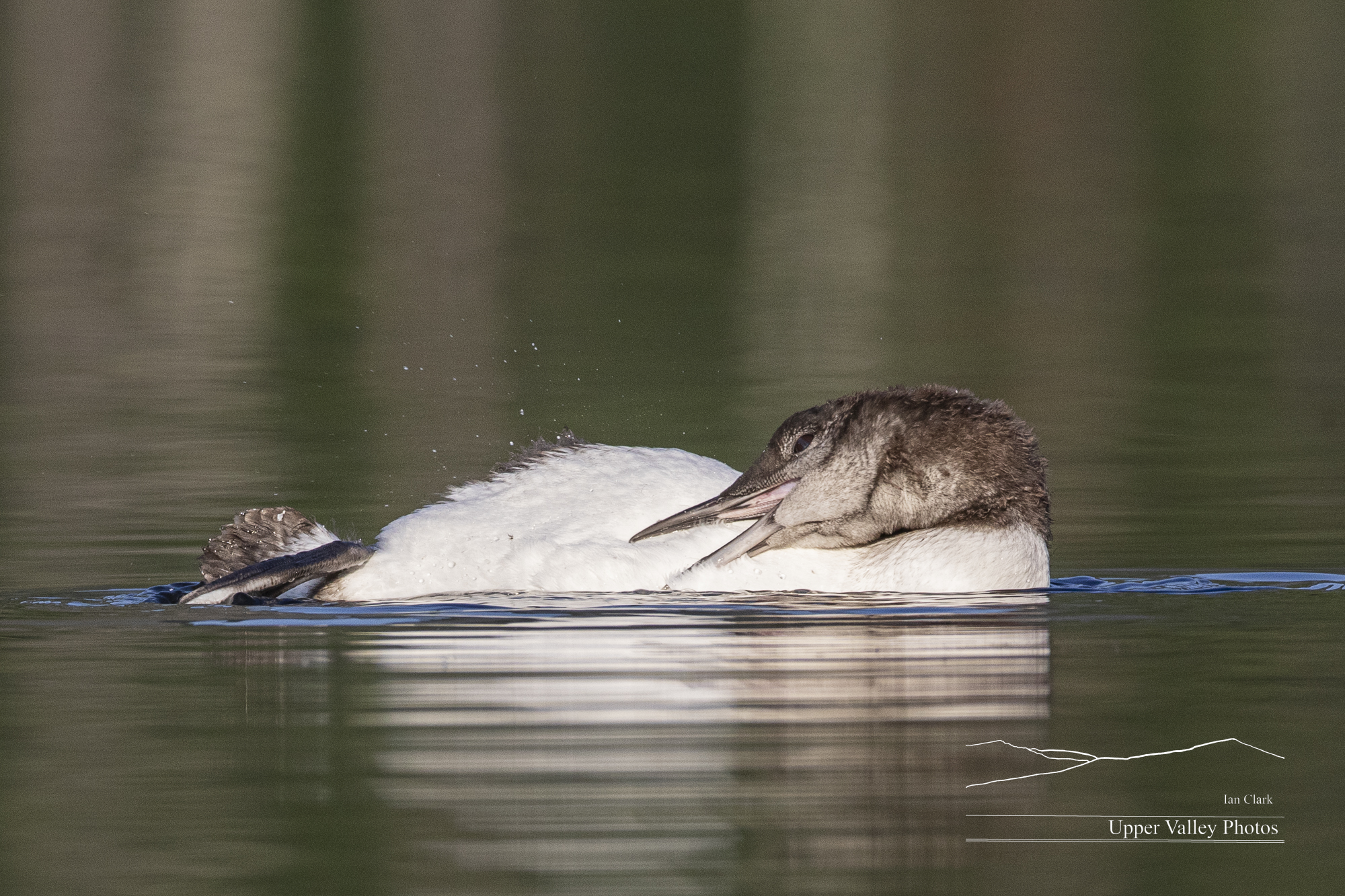
The loons headed back west on the pond, I went exploring to see who else might still be around. The swamp is a quiet place, not a grackle or red-winged blackbird to be found. There were just a handful of sparrows and phoebes around.
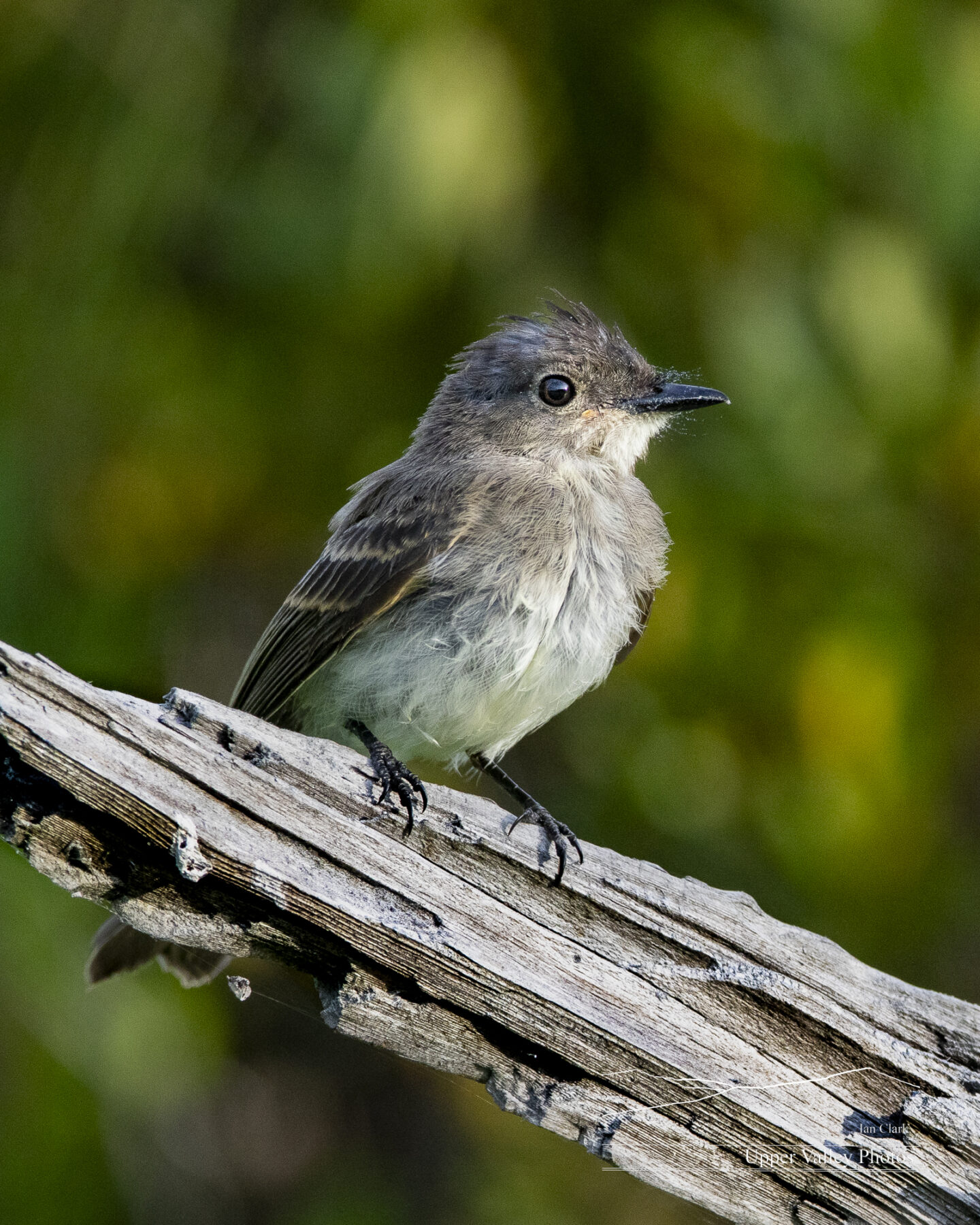
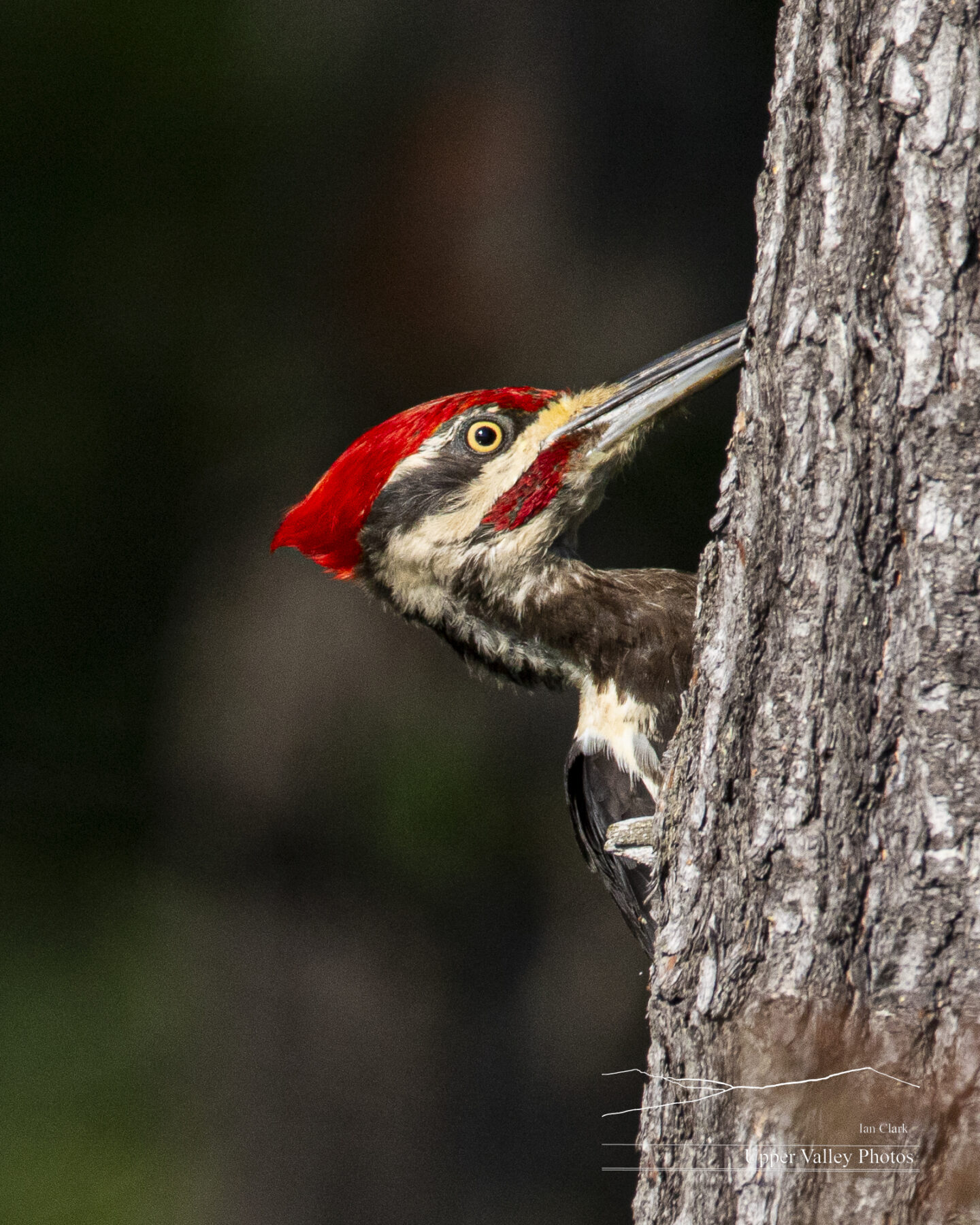
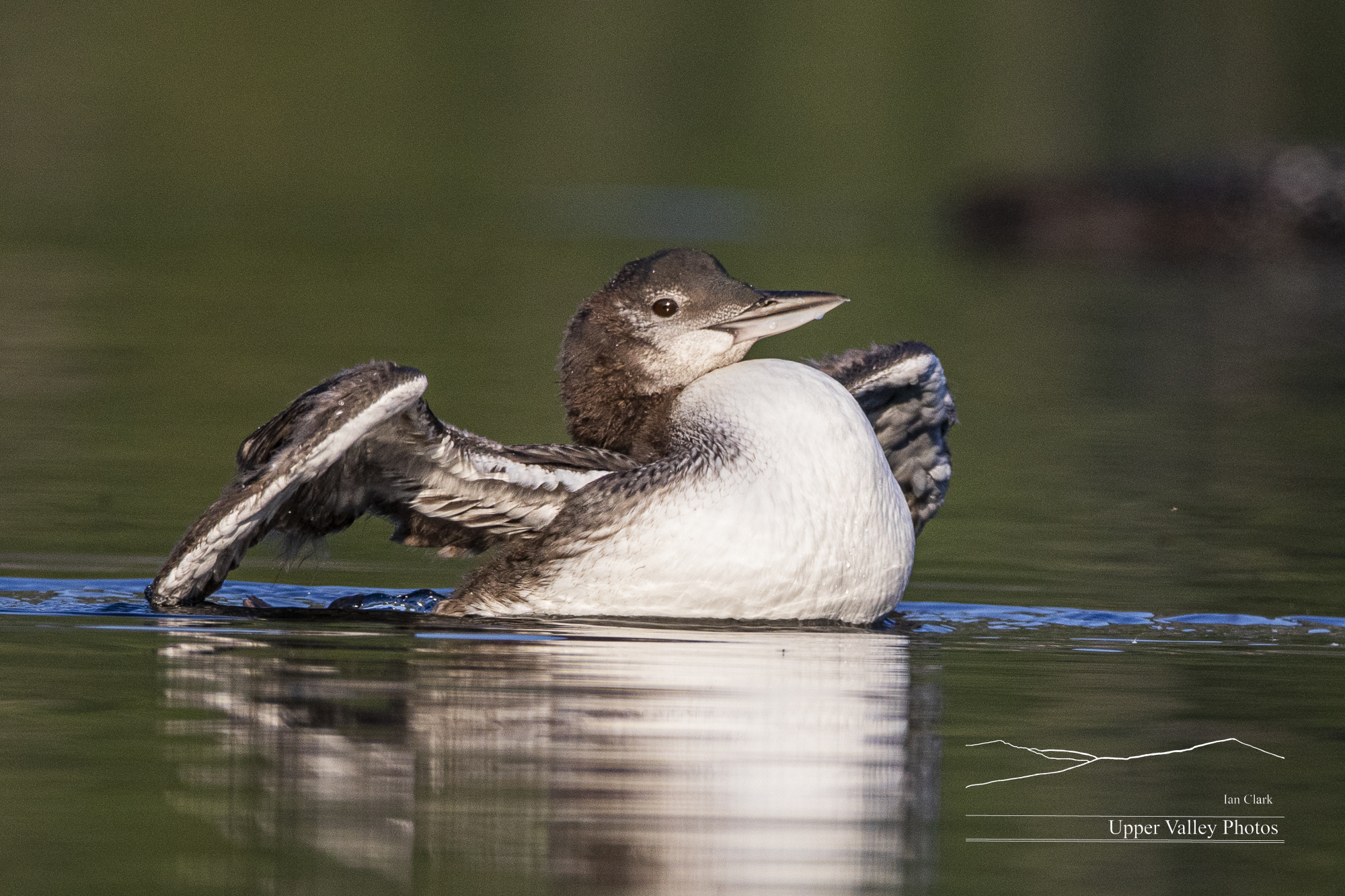
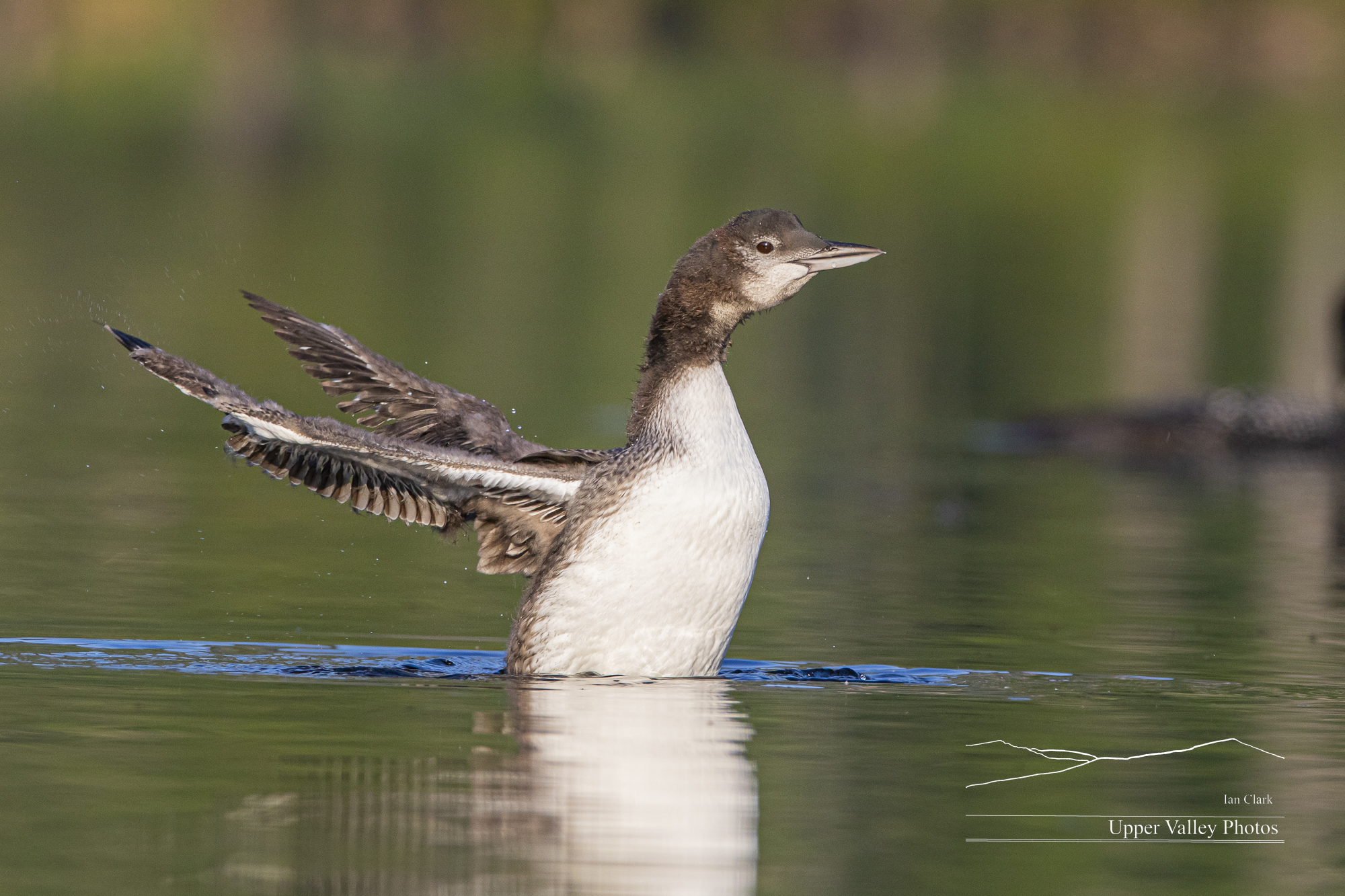
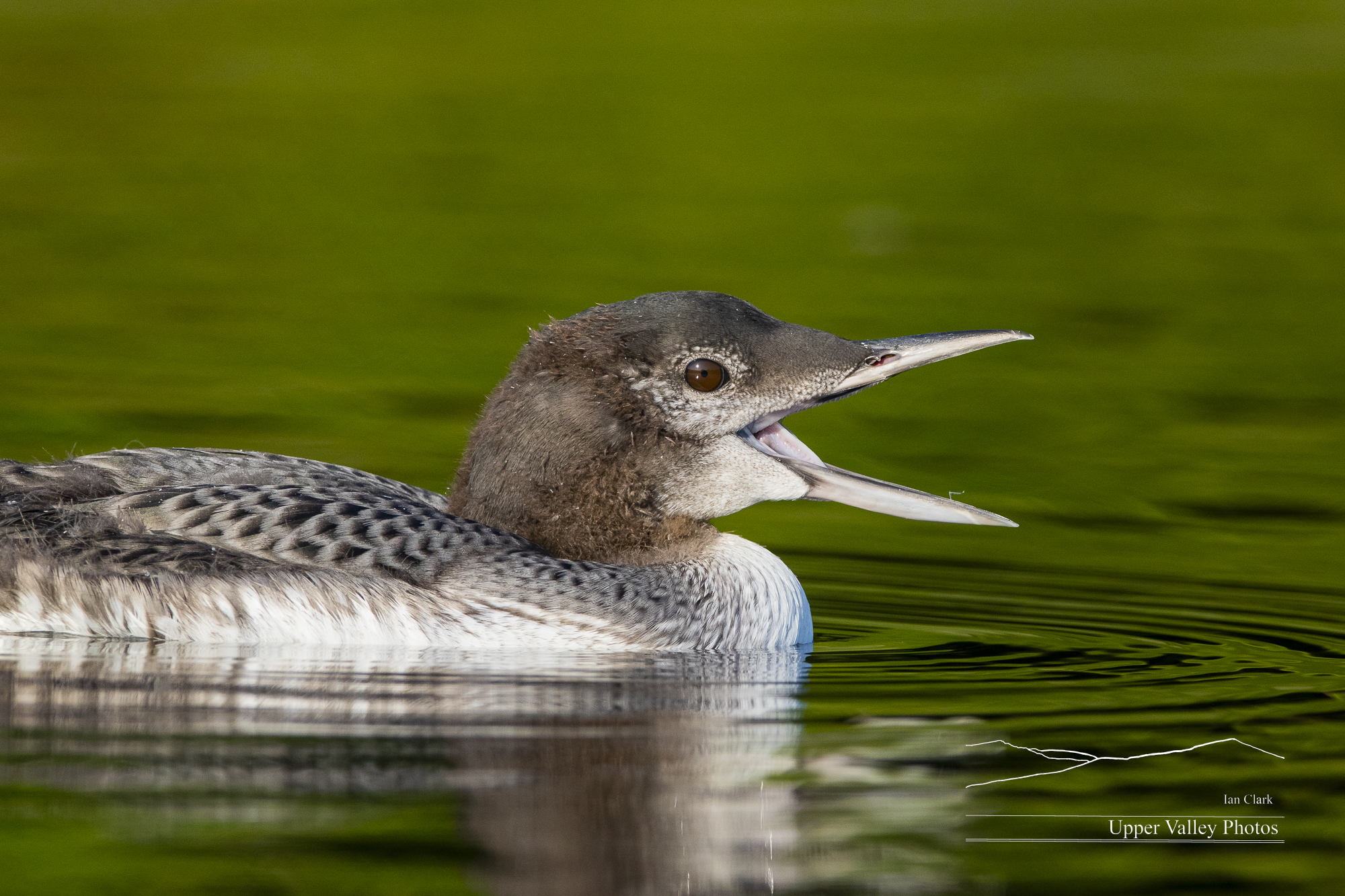
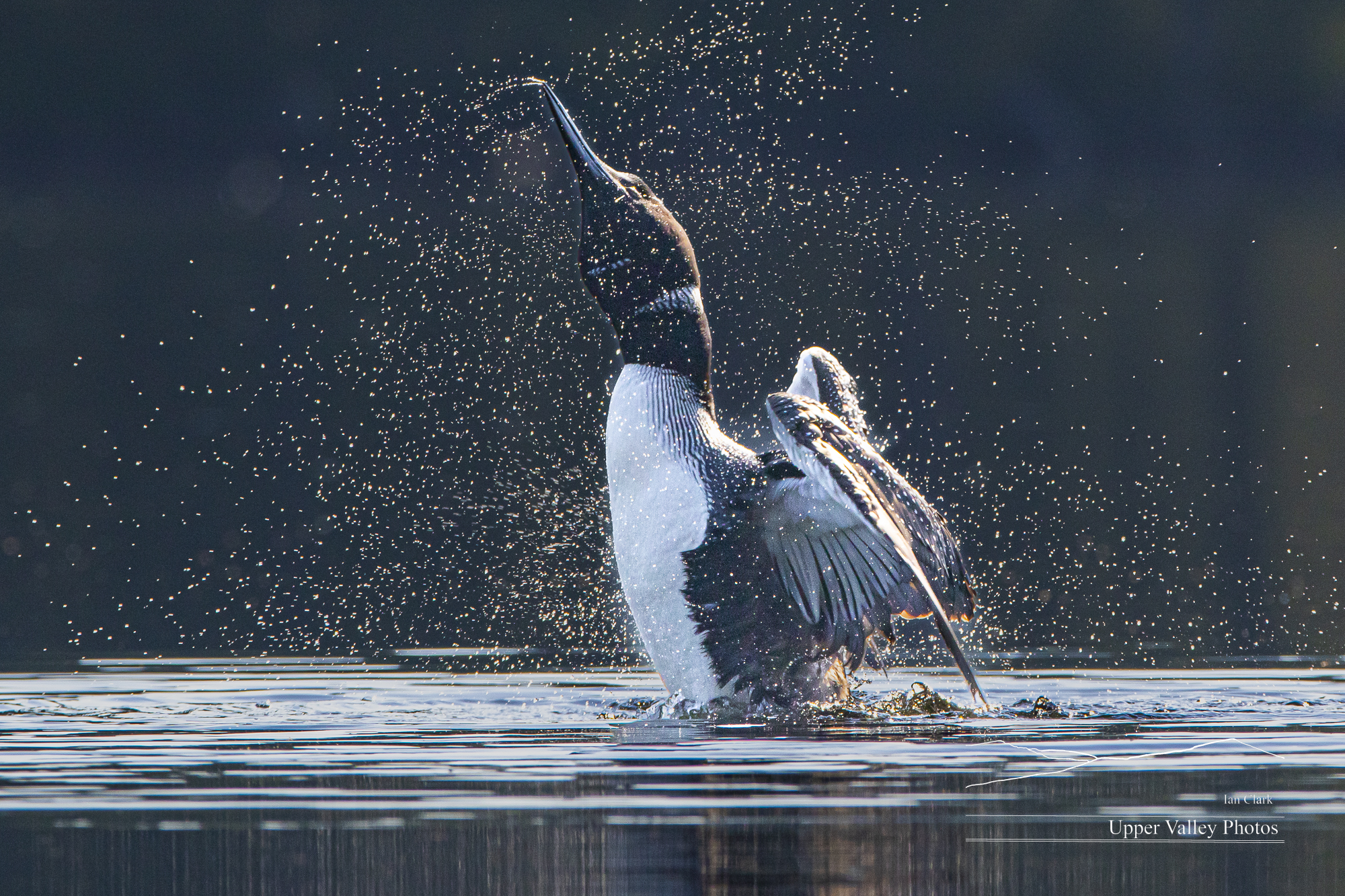
Breakfast with the Loon Chicks
I got a chance to check in on ‘my’ loon family Thursday morning. Both chicks seem to be doing well, they’re big, their feathers are growing in and they’re diving and foraging on their own – as well as being well-fed by their parents.
Our pond was a tough place to be a fish Thursday morning. There were two osprey patrolling the pond. It looked like one was a juvenile and was pestering a parent to be fed (I’m pretty sure I heard the parent say ‘Get your own darned fish!’).















Ruby Valentino on Guard
We’ve got a hummingbird feeder just off our deck. It is a favored feeding spot for the neighborhood hummingbirds. There is always competition between a few males to protect the feeder. This afternoon, Ruby Valentino claimed the feeder and stood guard protecting it.
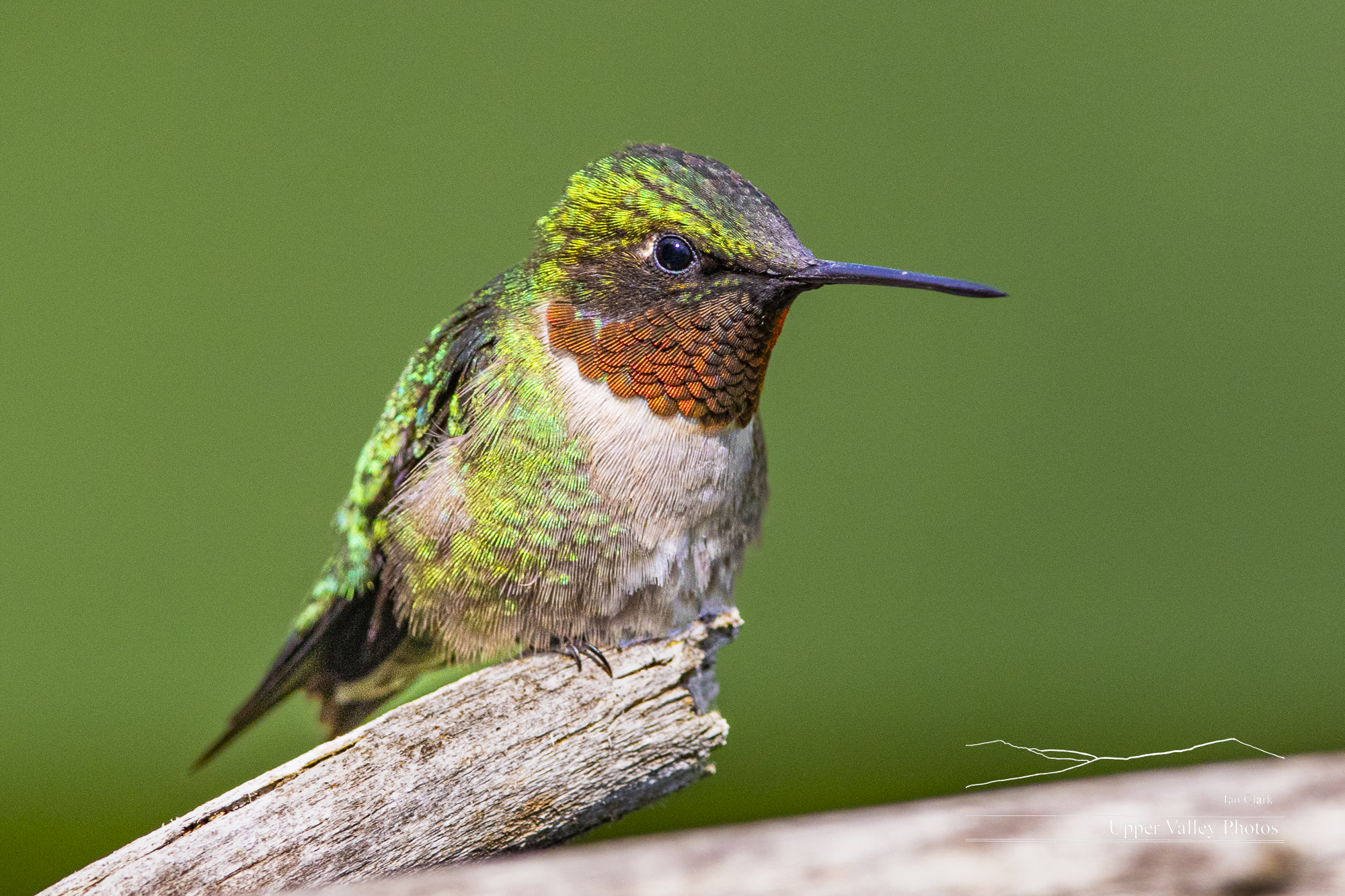
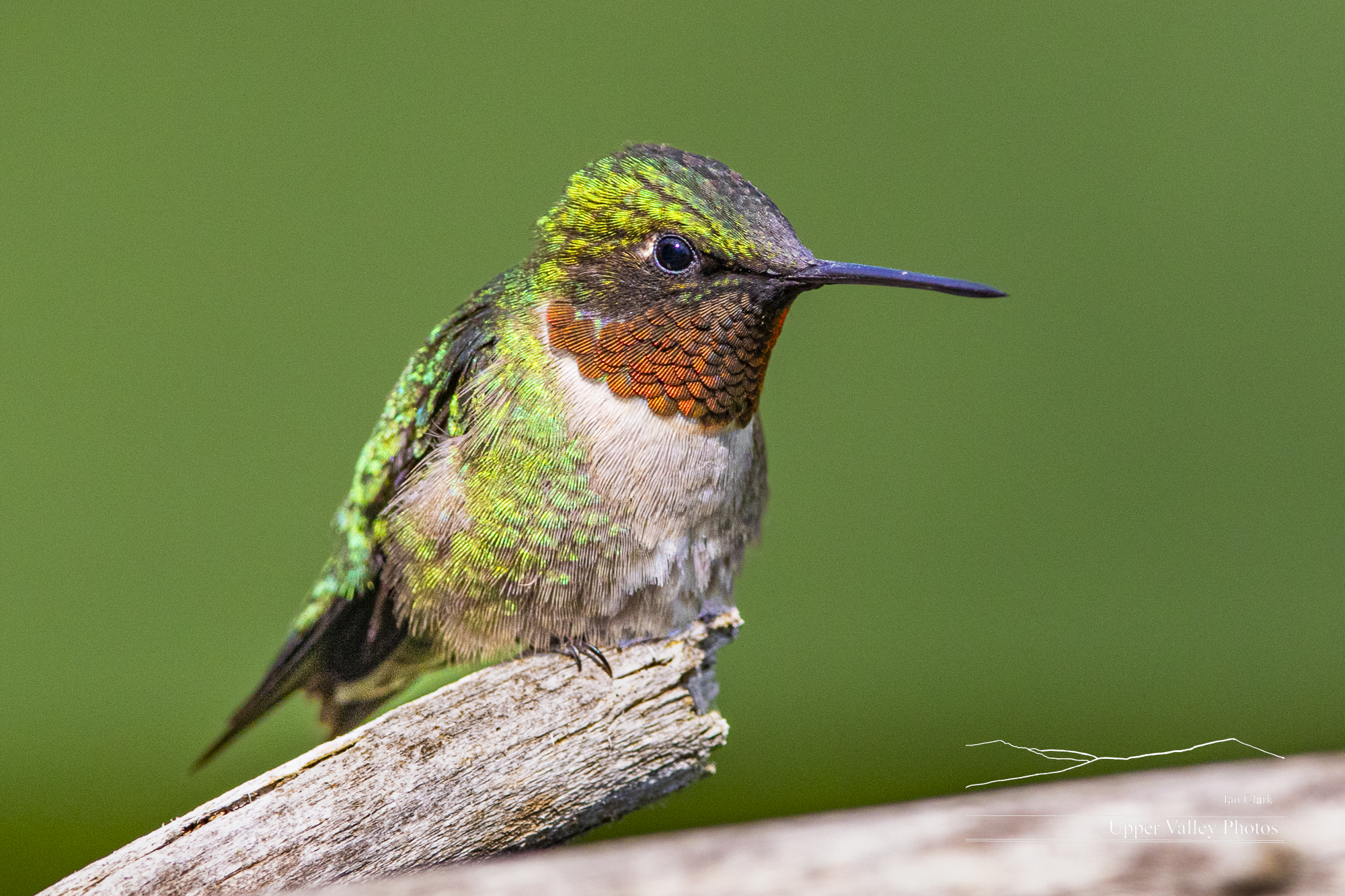
There are at least three female hummingbirds coming and going with his approval. We love watching them swoop and buzz each other when another male appears.
Friday Morning with the Loons
Our little loon family spent a mostly quiet morning on their Upper Valley pond this morning. Everyone slept in a bit before mom and dad went to work to deliver breakfast. The chicks are growing quickly and doing well in their studies to be loons.
With an iffy weather forecast and a couple appointment scheduled for this morning, I debated if I should head out. My wife was up early to head to King Arthur to make bread and I got up and peeked out. Seeing lots of stars, I started packing up. My trusty mouse sidekick turns out not to be so trusty and was nowhere to be found. His cousin, Thelonious chipmunk, did greet me in the garage. Apparently my service at the feeder is not up to snuff and Theo let himself in and was busy redistributing sunflower seeds from the bag to the corners of the garage. After we had a discussion about this, Theo was not in a mood to accompany me.
I put the kayak in just as the sun cleared the trees on the pond.
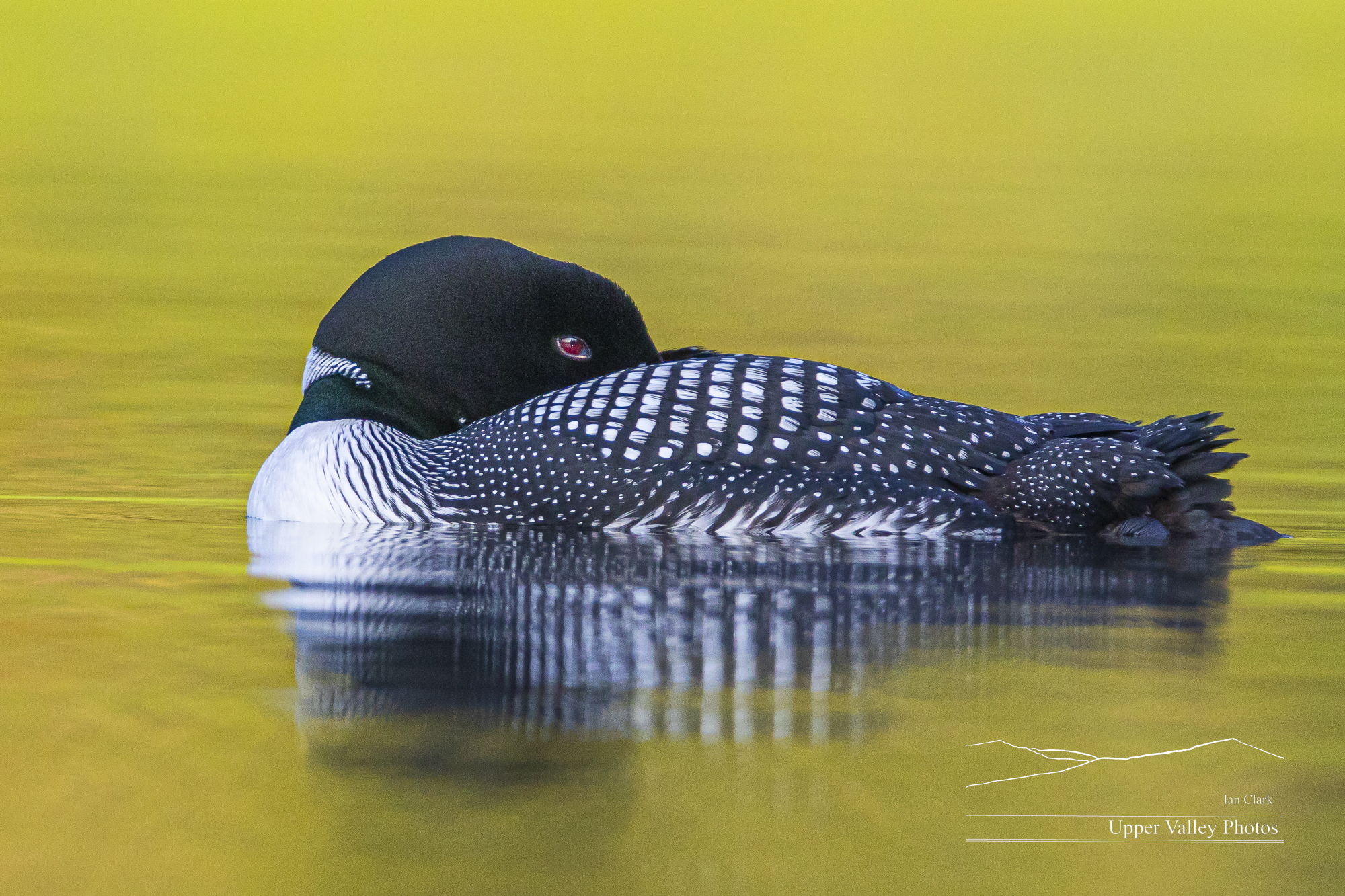
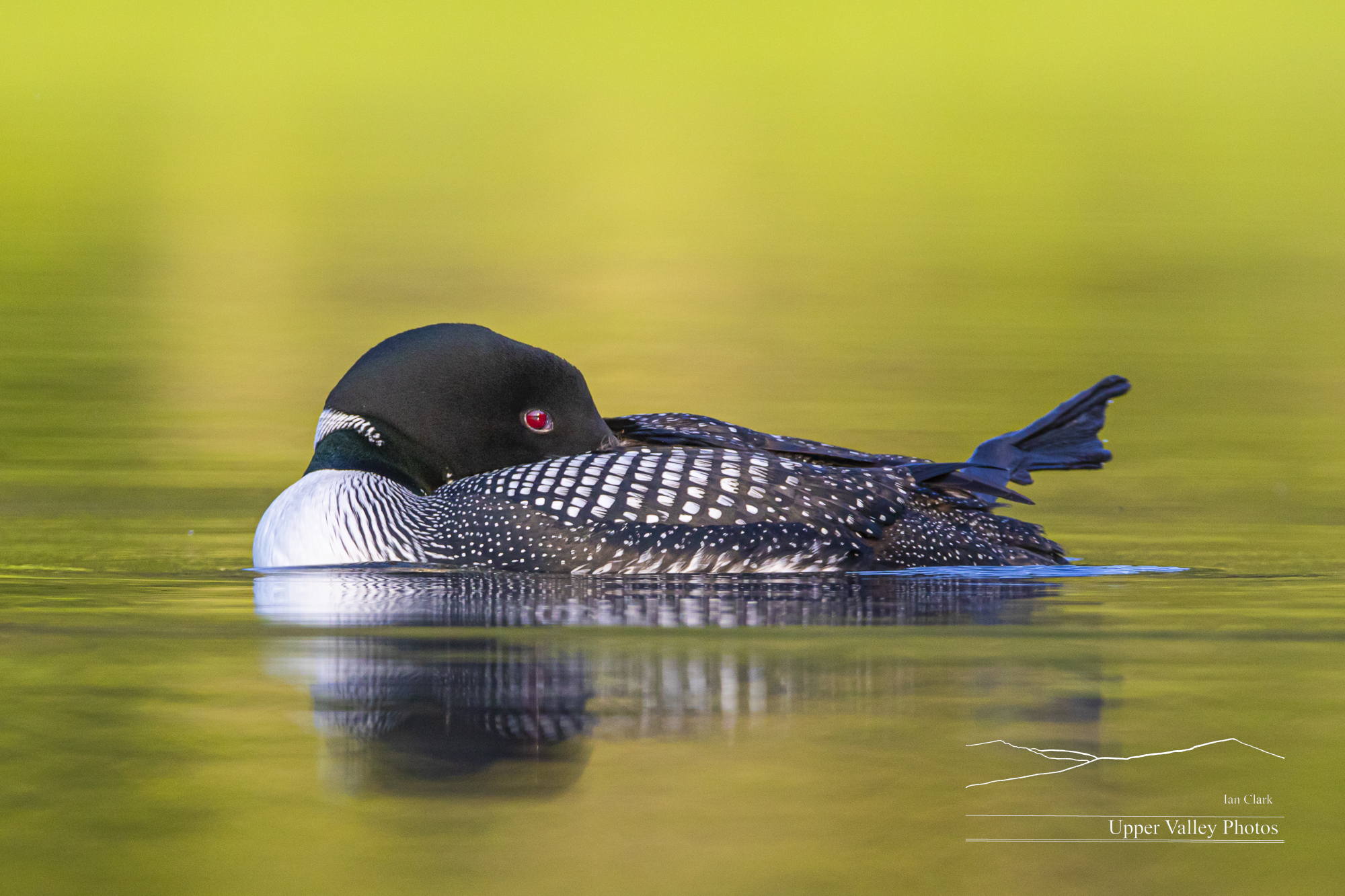
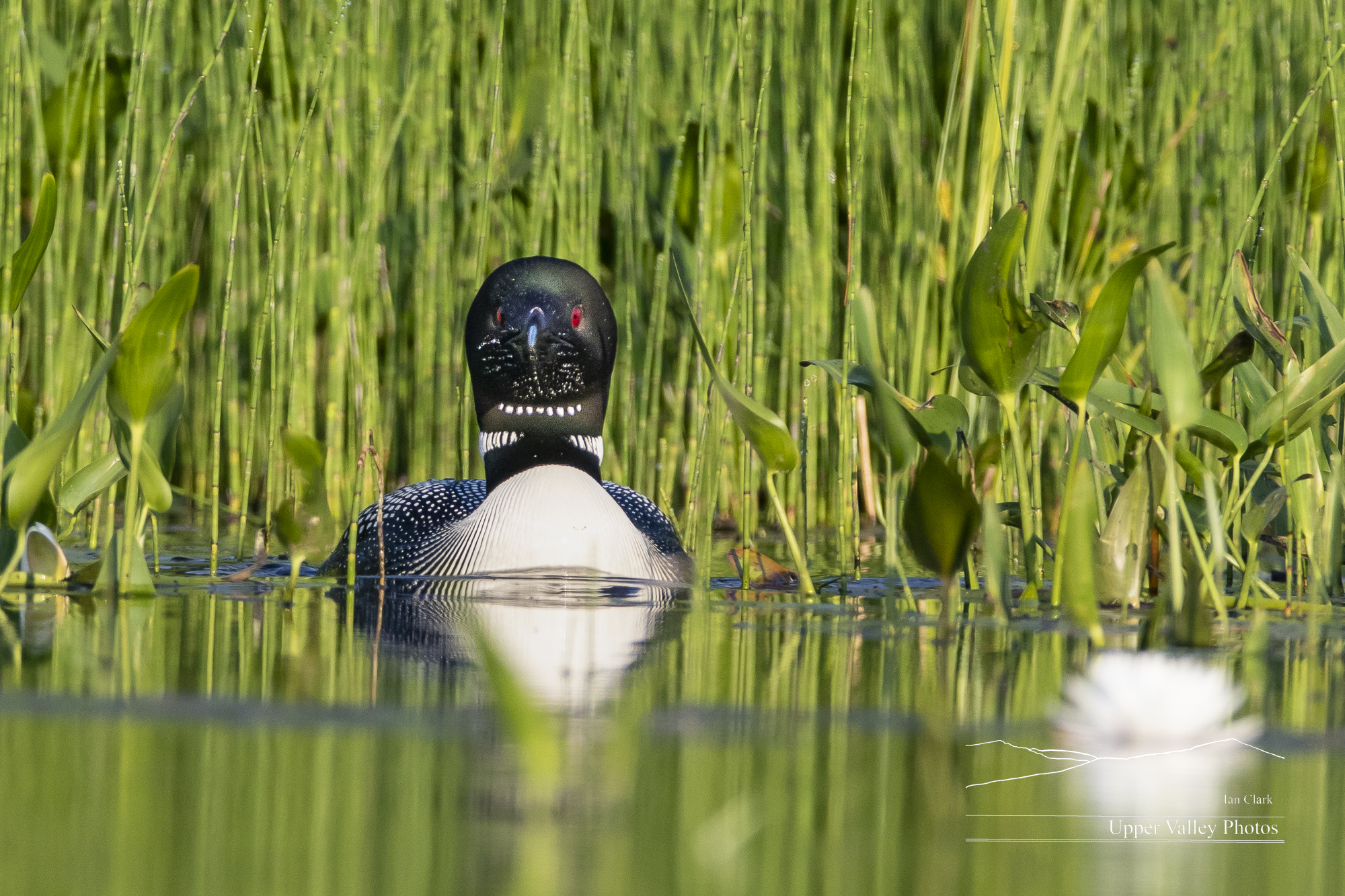
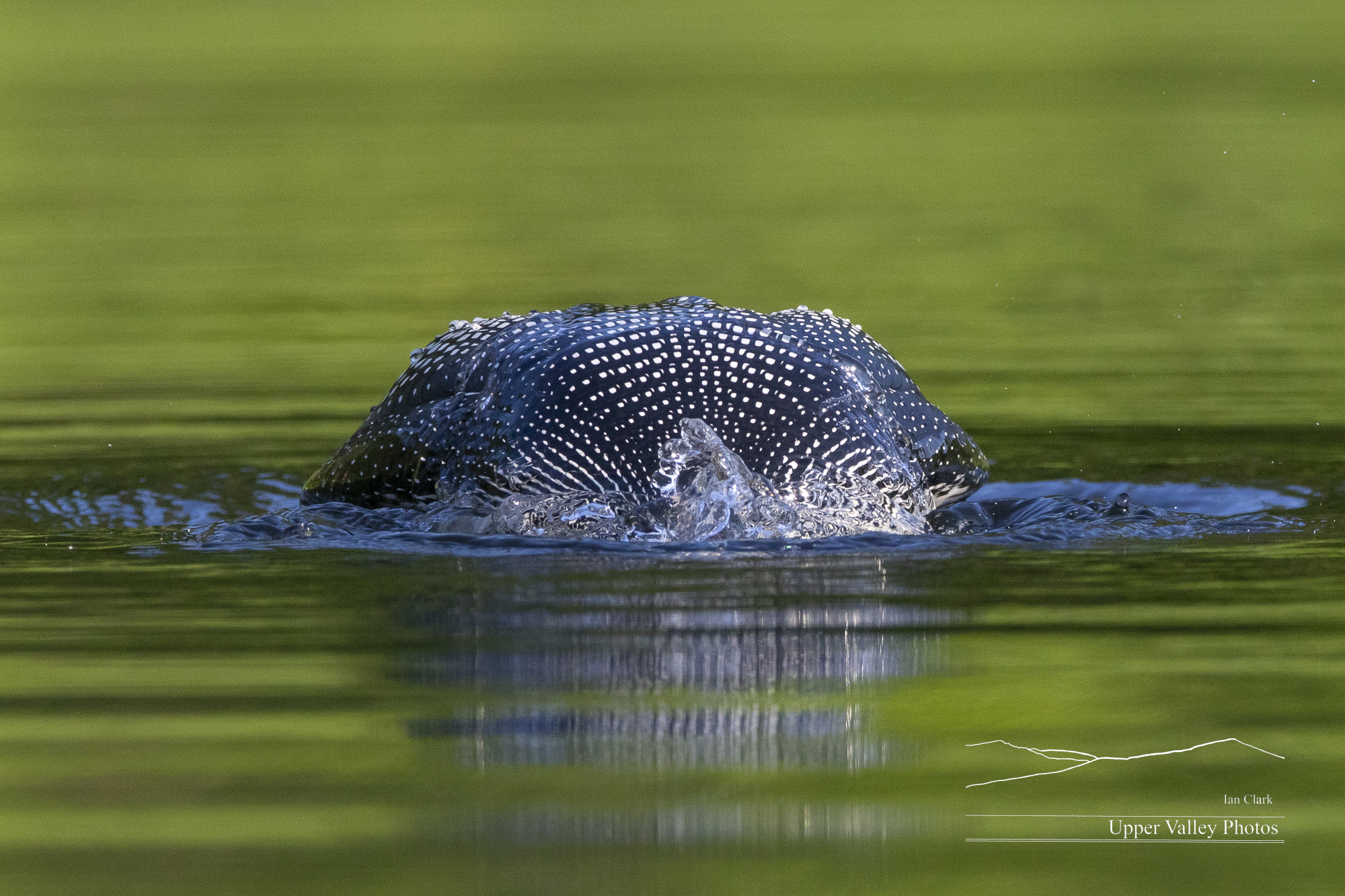
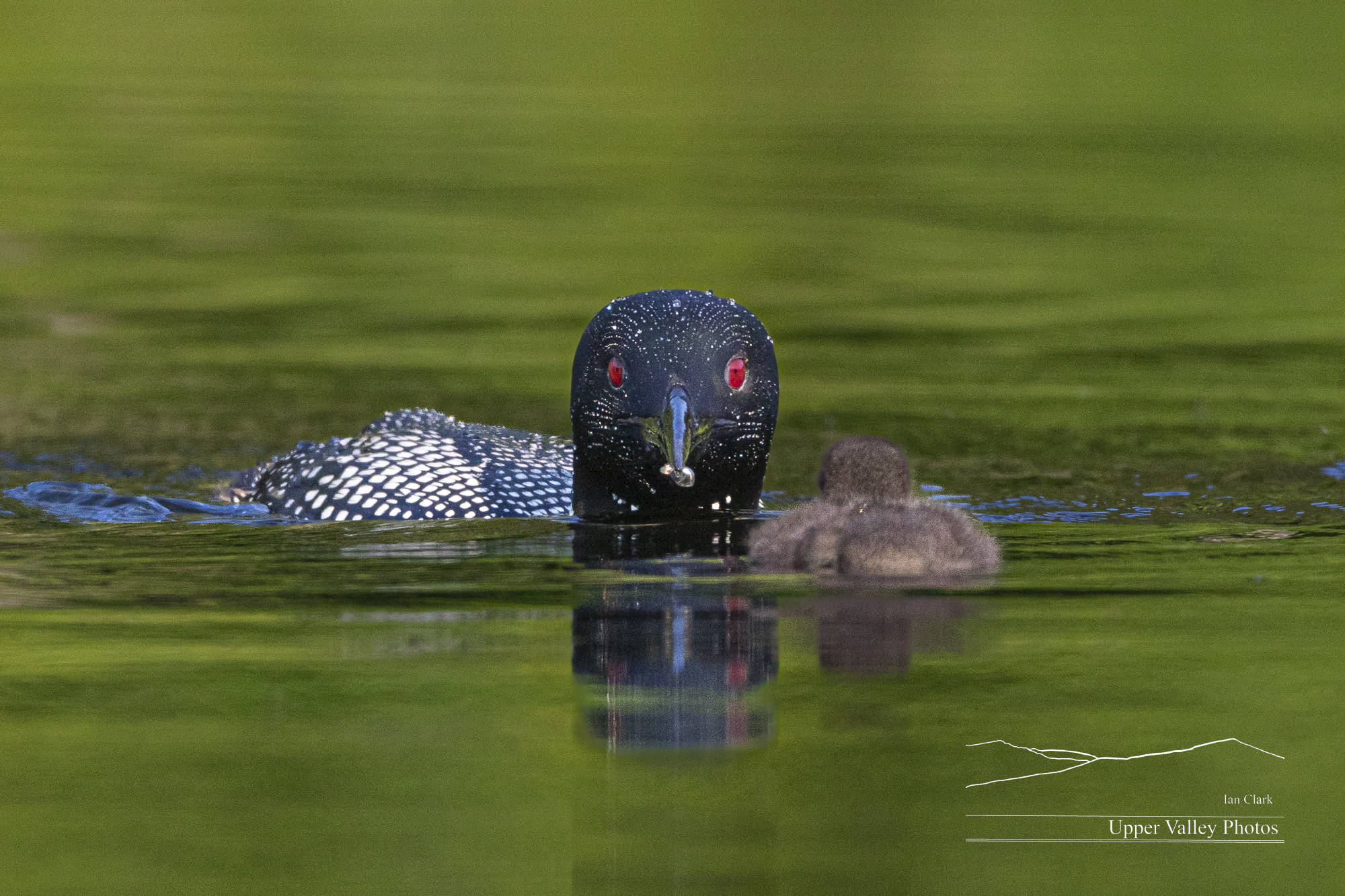
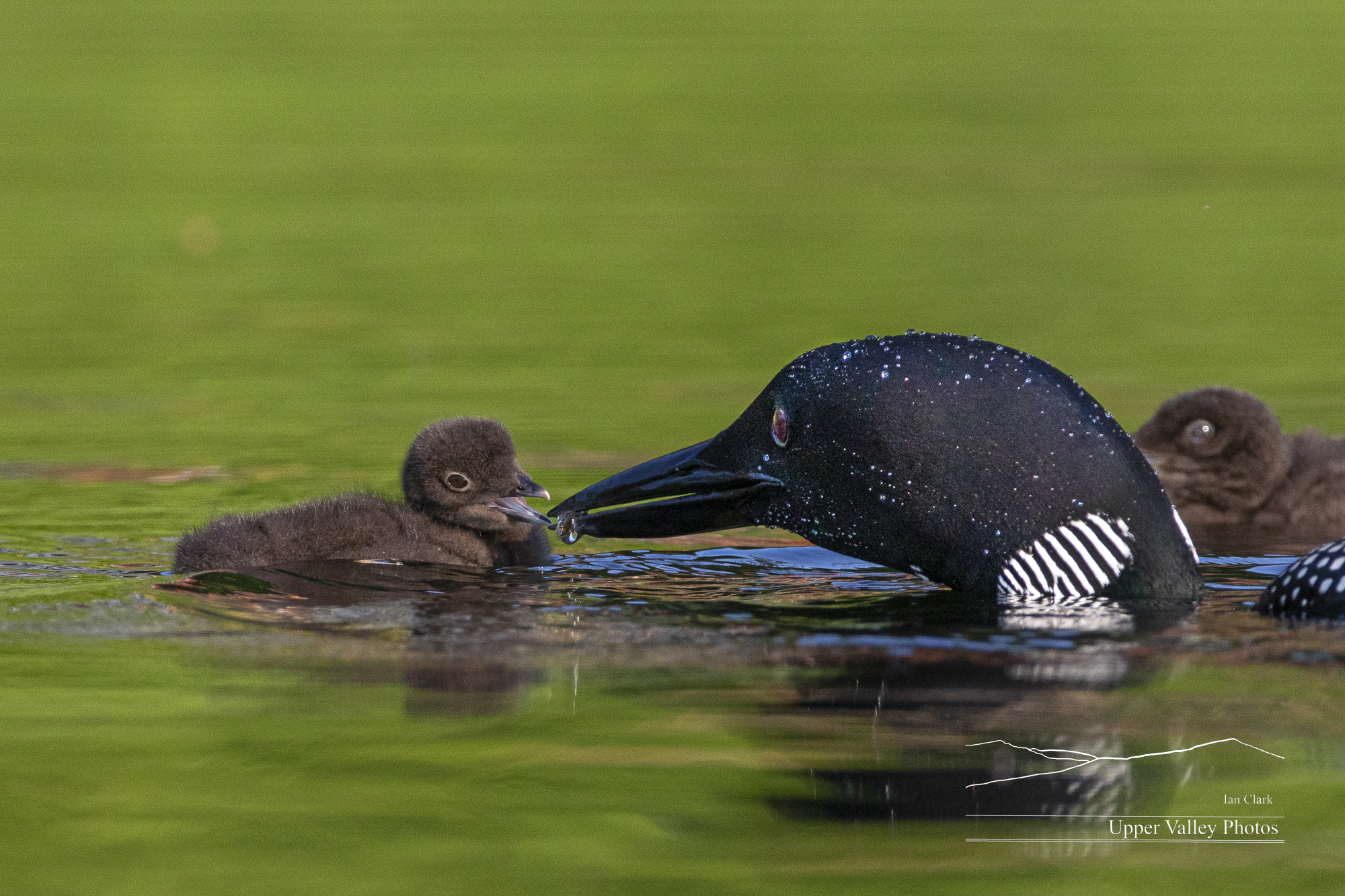
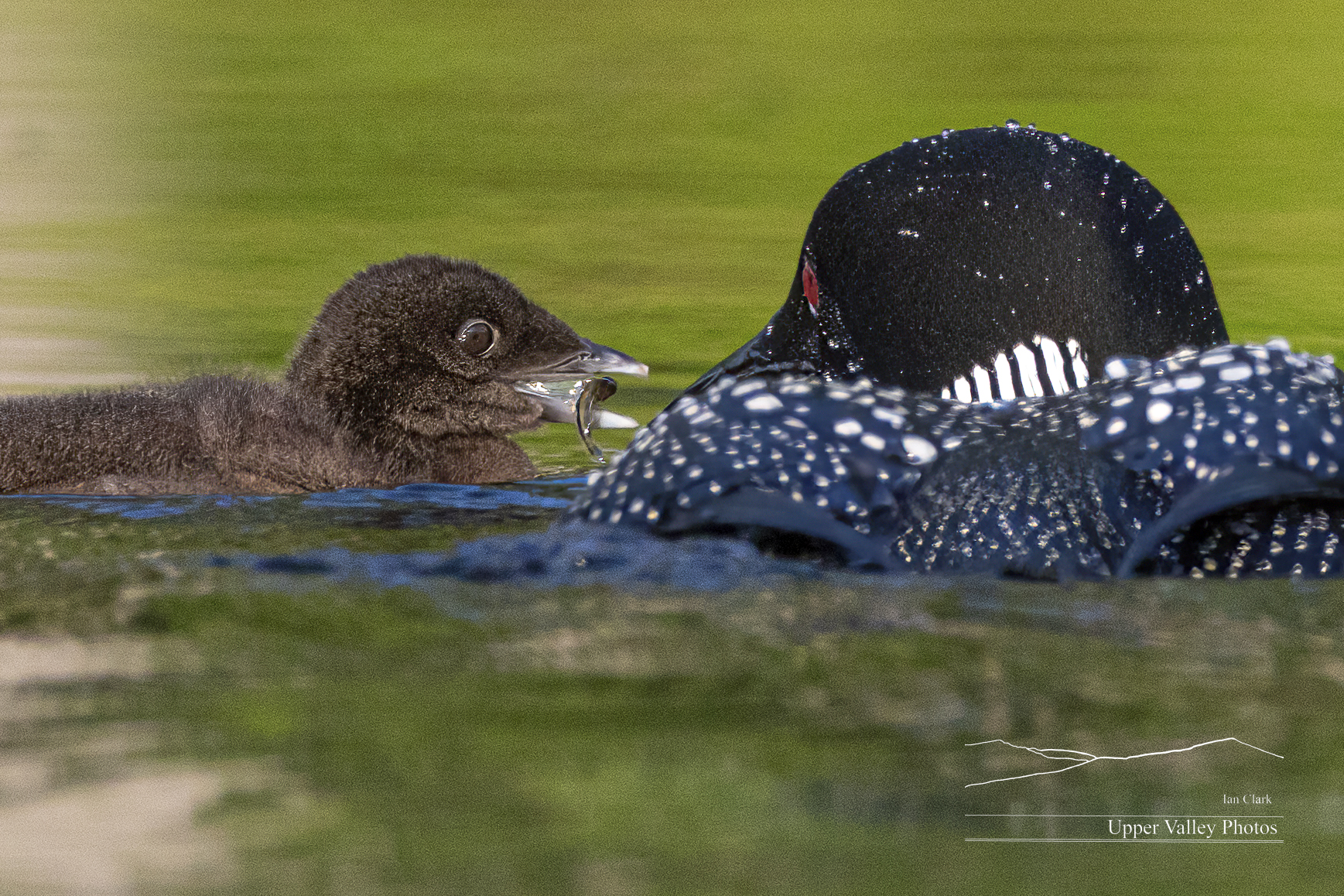
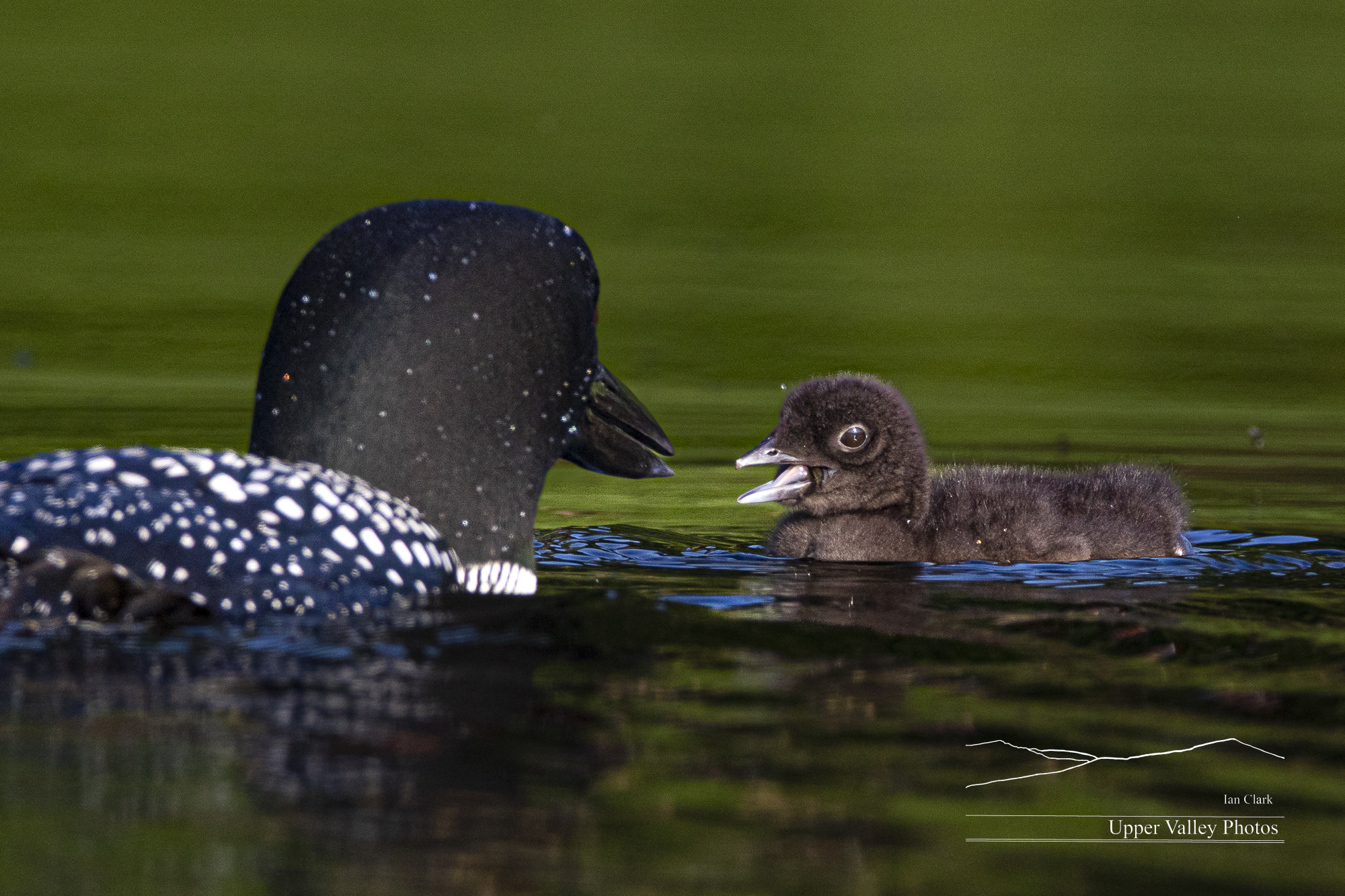
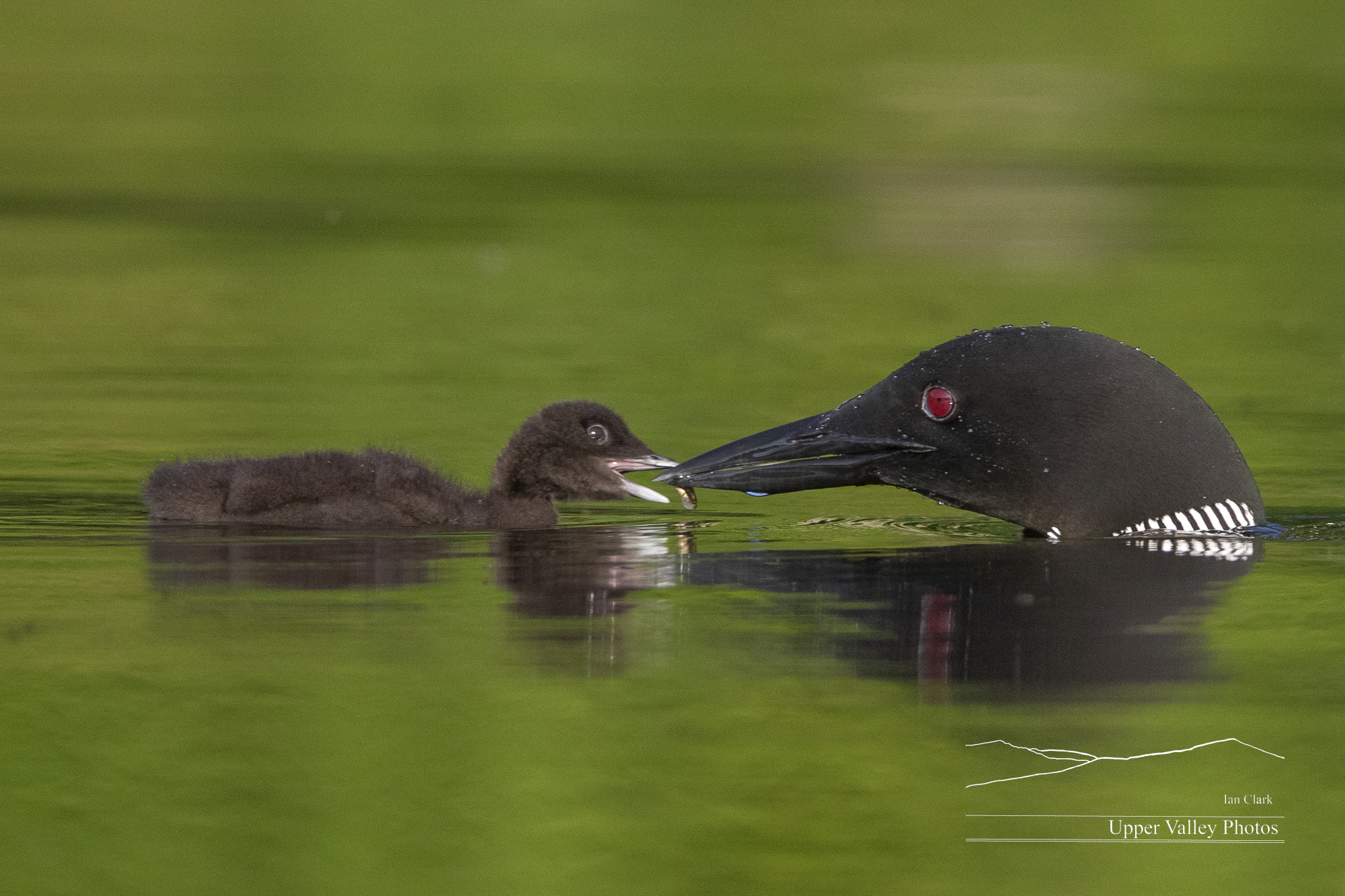
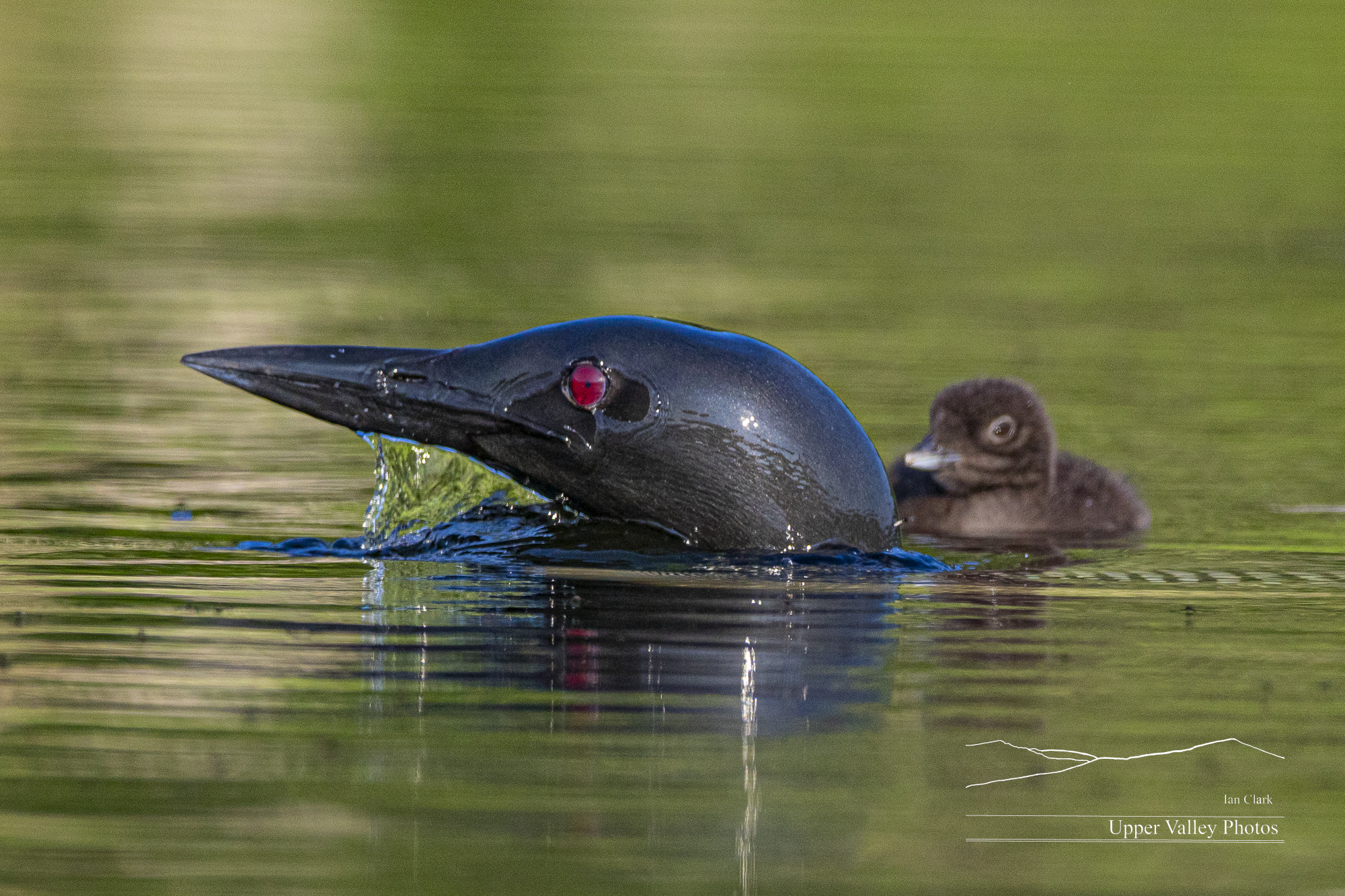
Breakfast was briefly interrupted when another pair of loons flew over the pond. They stayed high above the pond and all the adults called as they passed overhead. There were also a trio of crows (ravens maybe?) that spotted a pair of kingbirds feeding their fledged chicks. The crows went after one, which brought four or five pairs of kingbirds to the fray. The crows talked a lot, but it looked like they went away hungry. Both our loon parents stopped to watch the action.
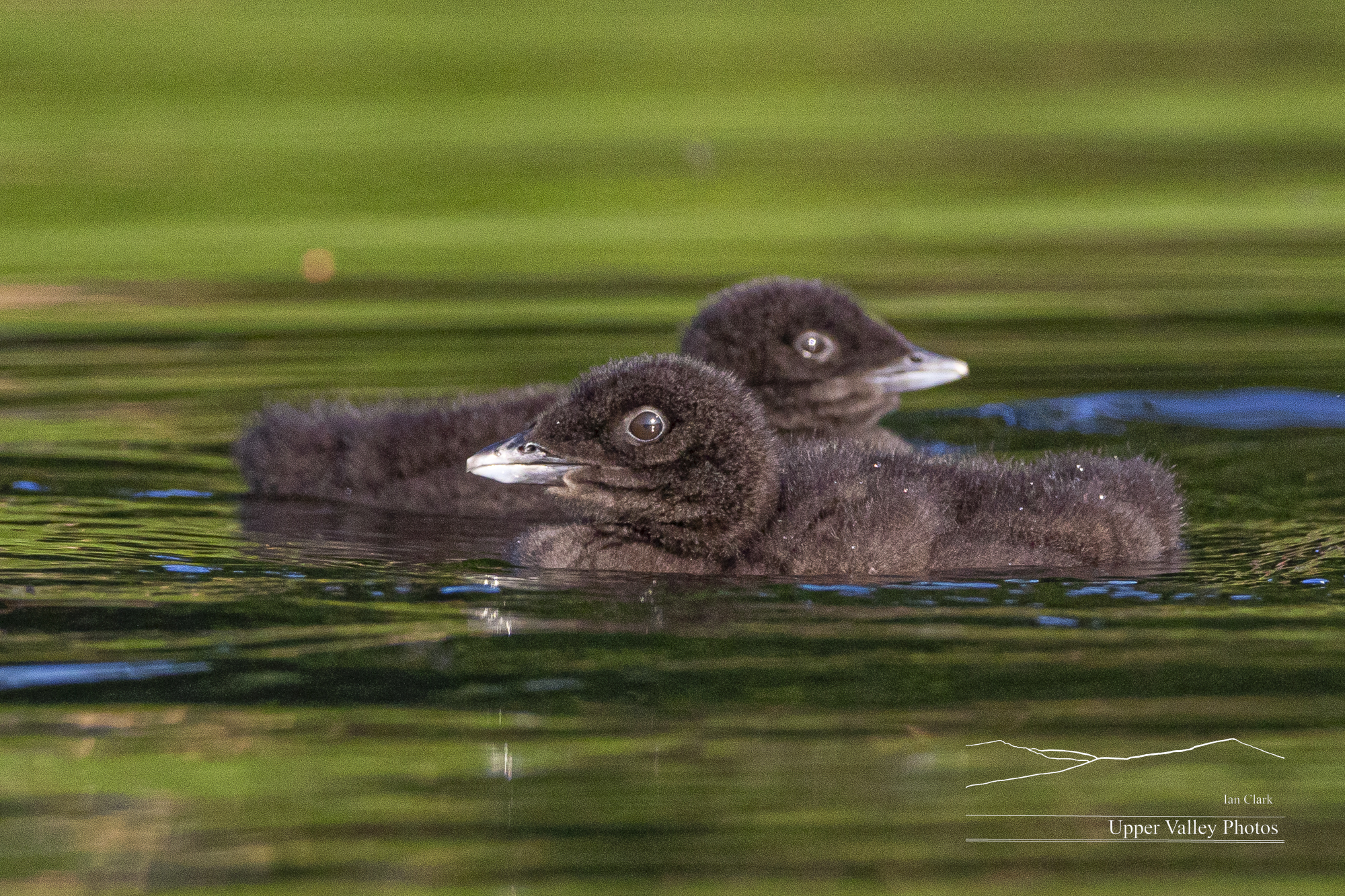
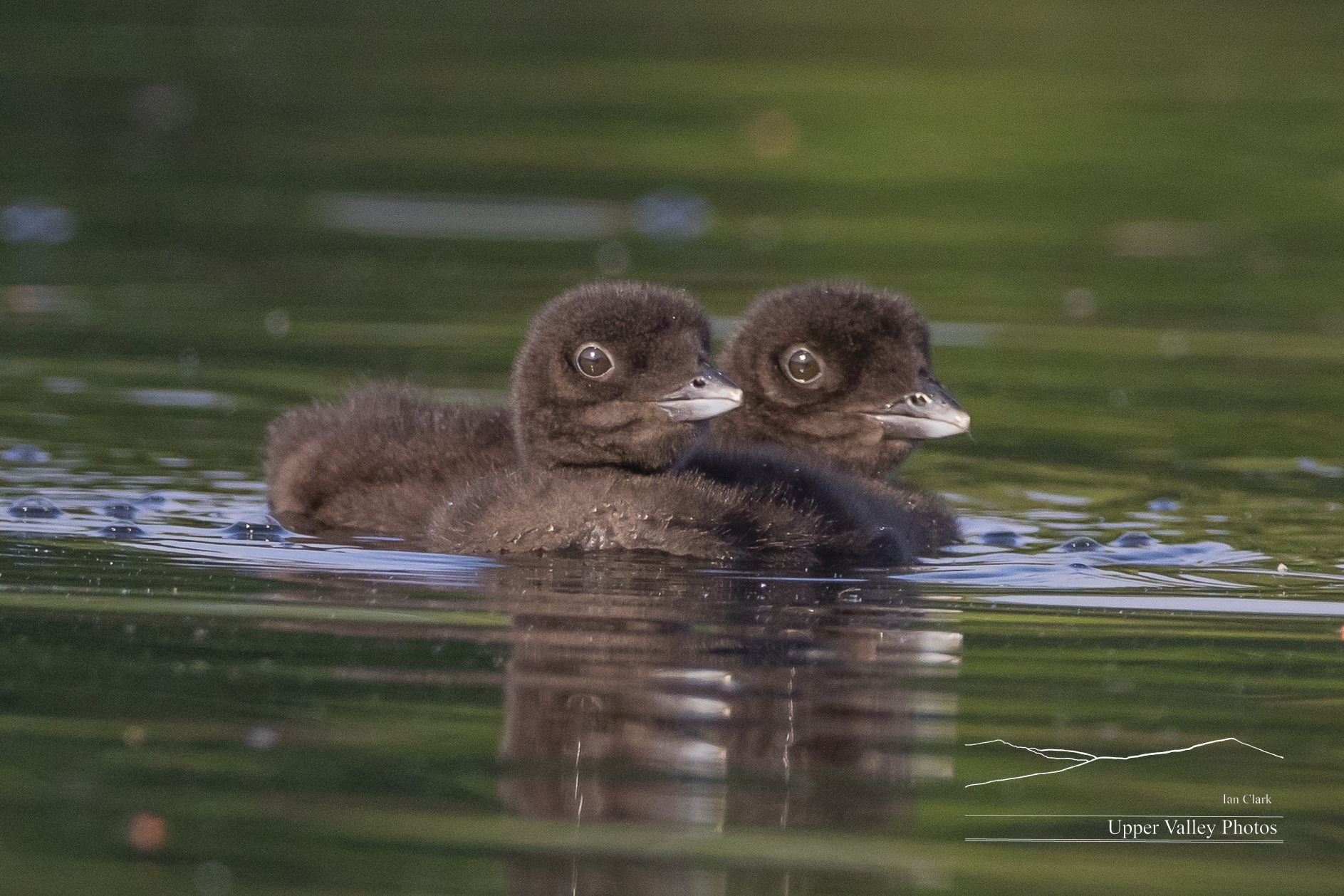
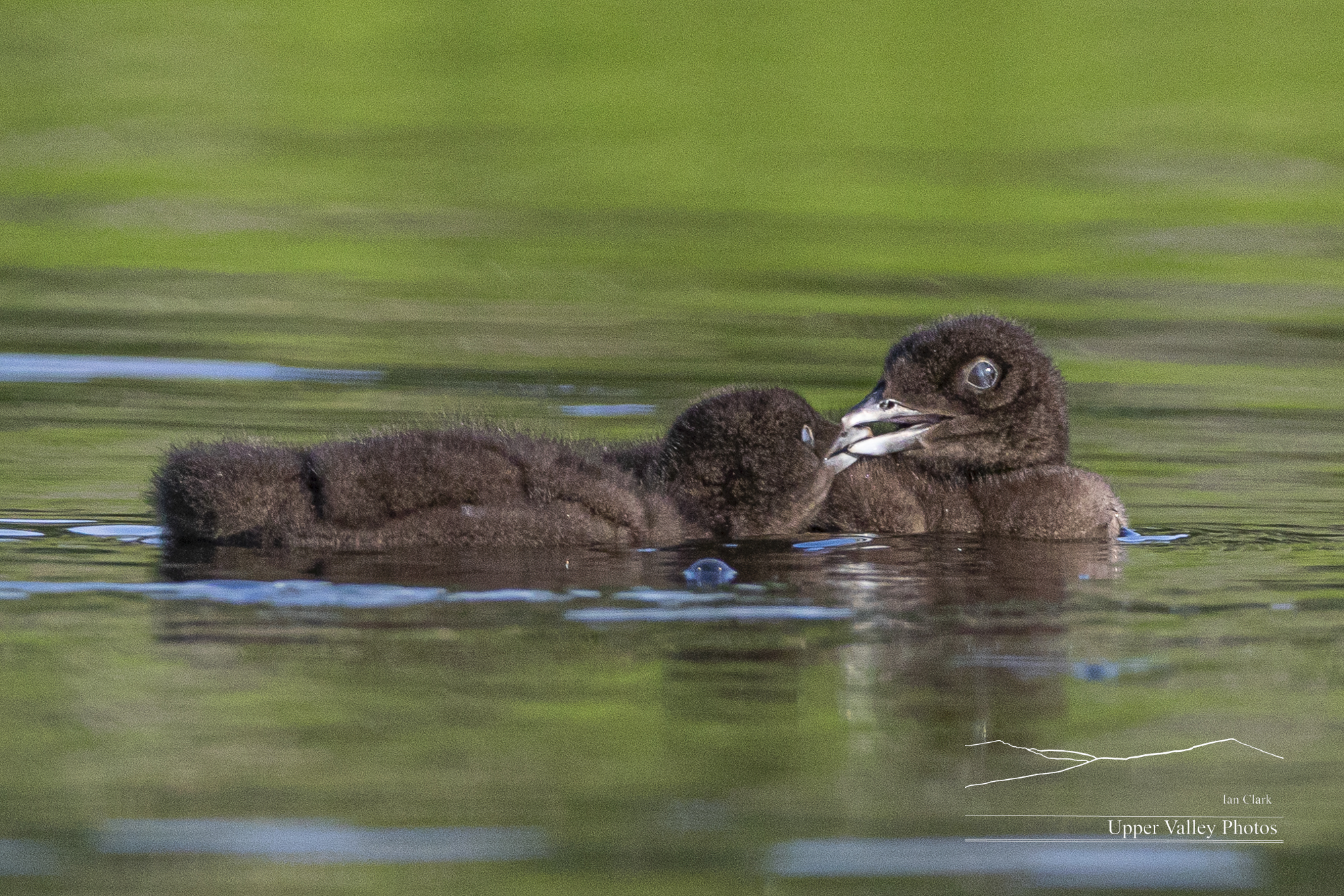
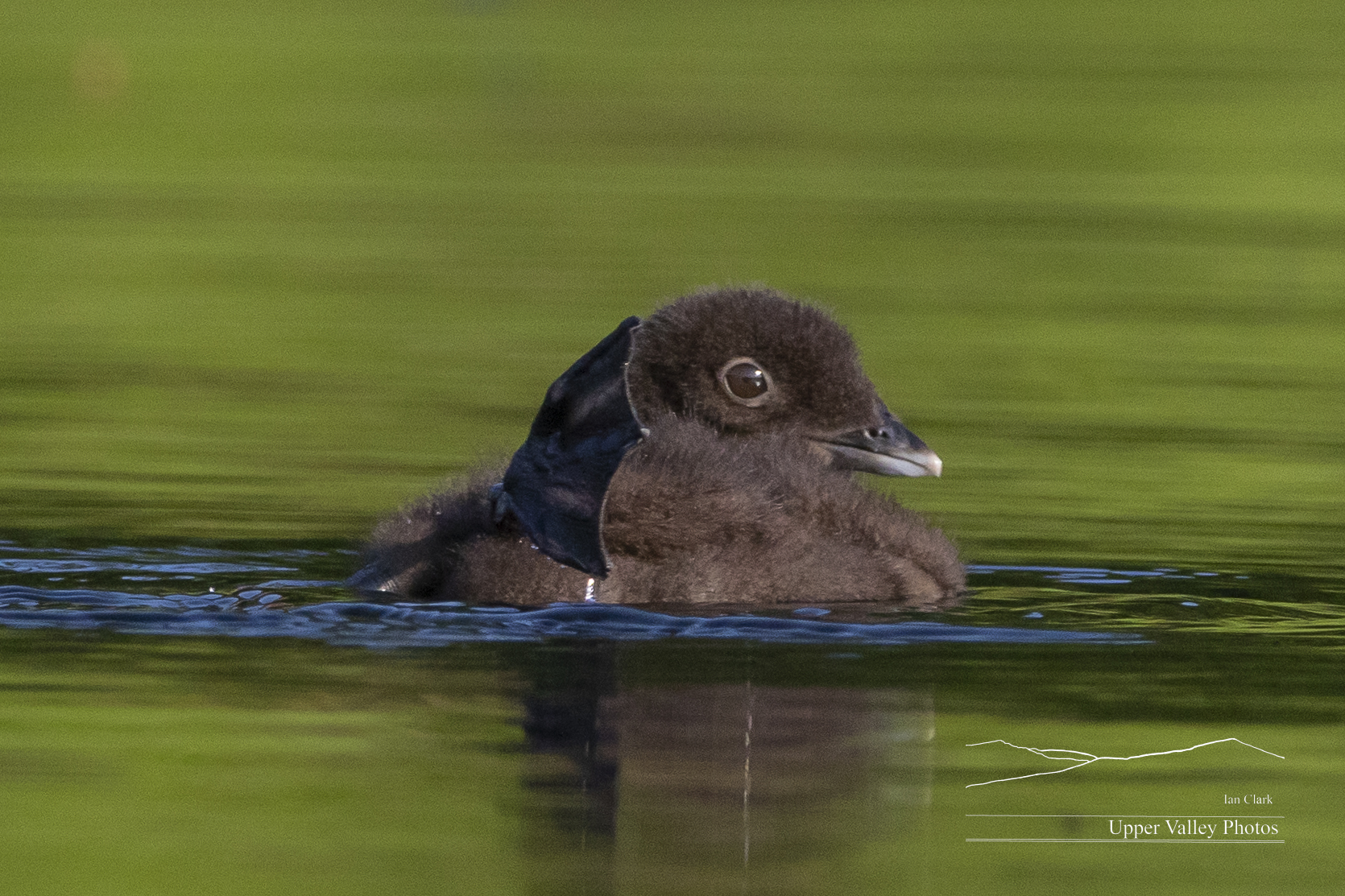
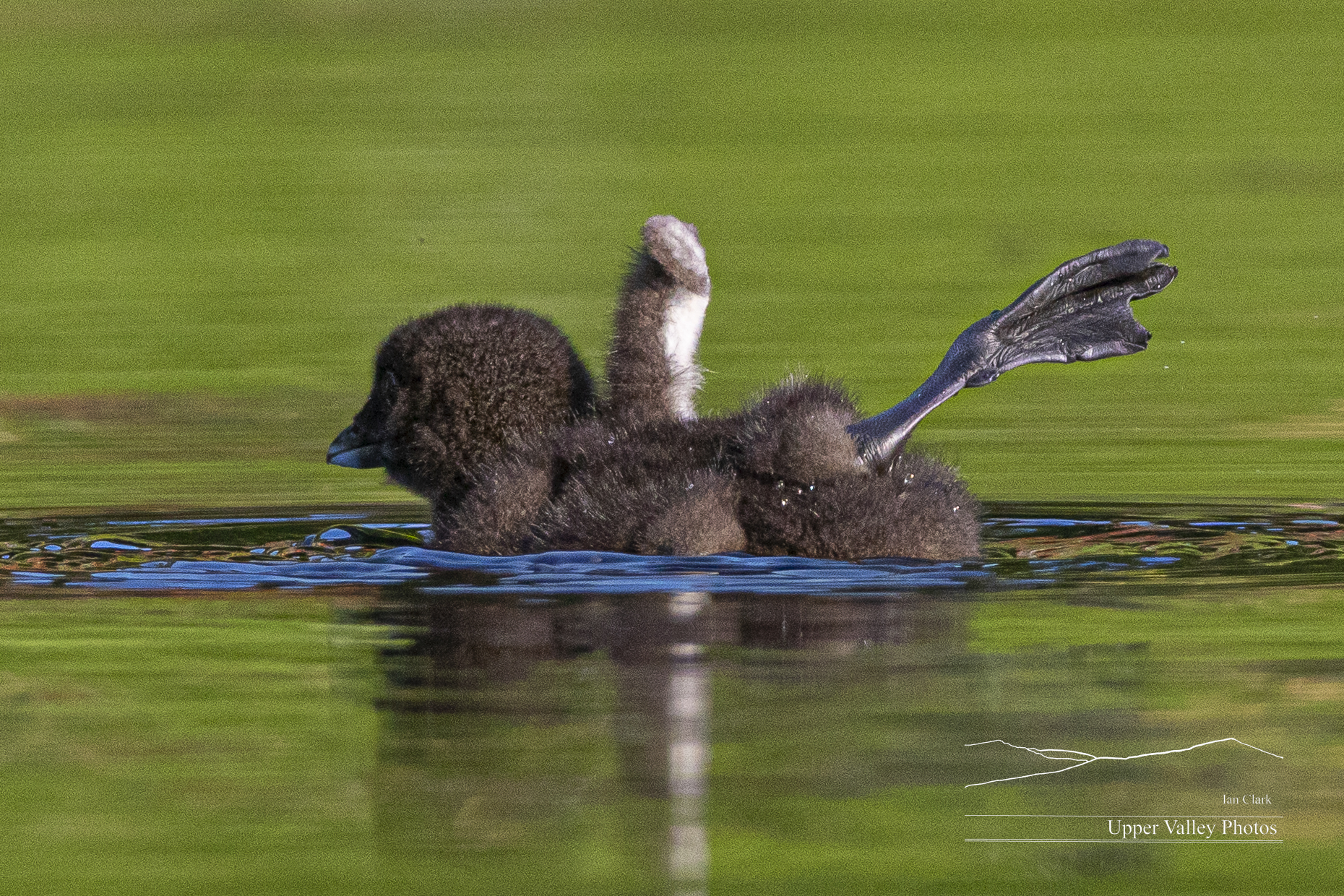
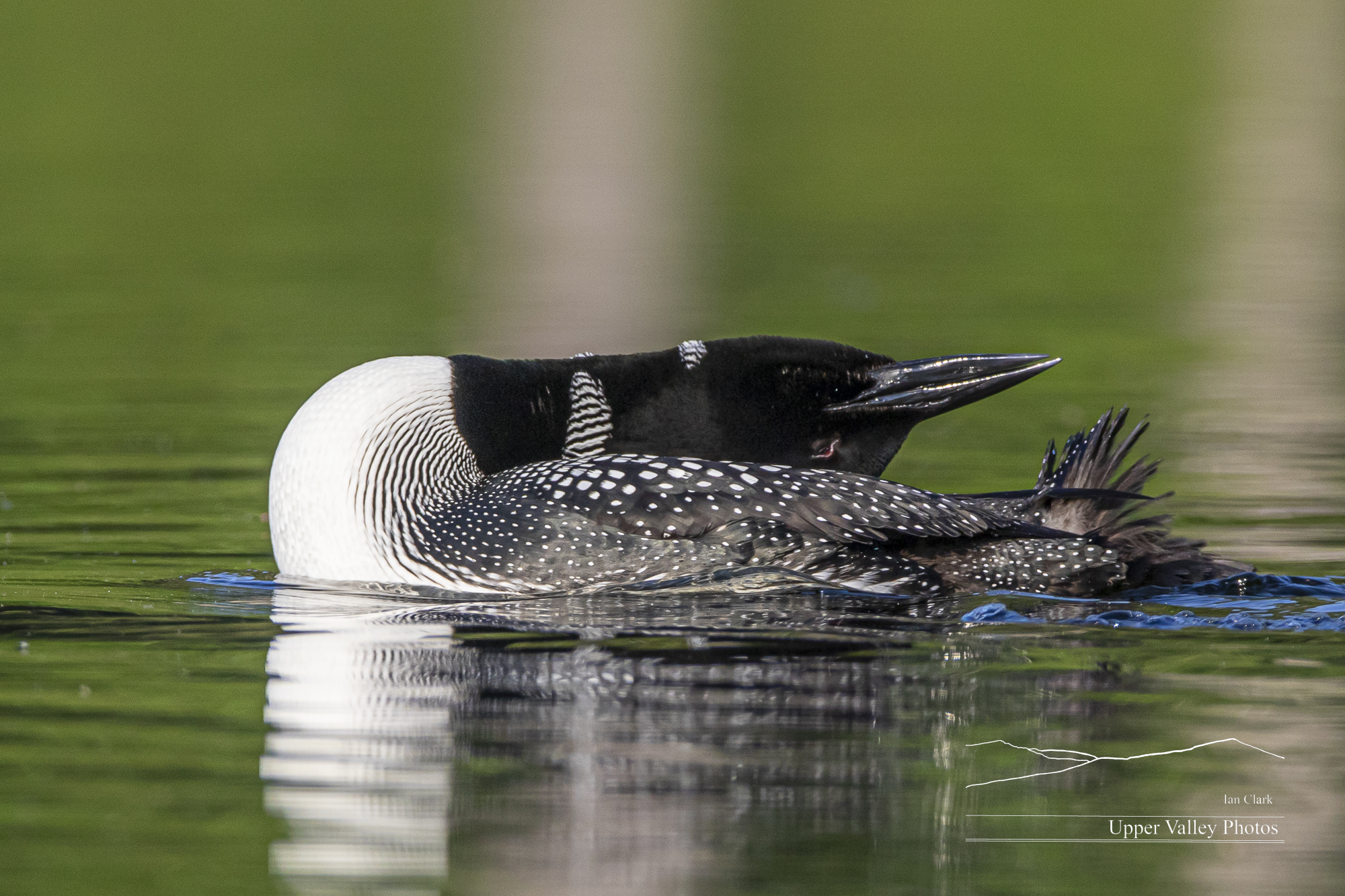
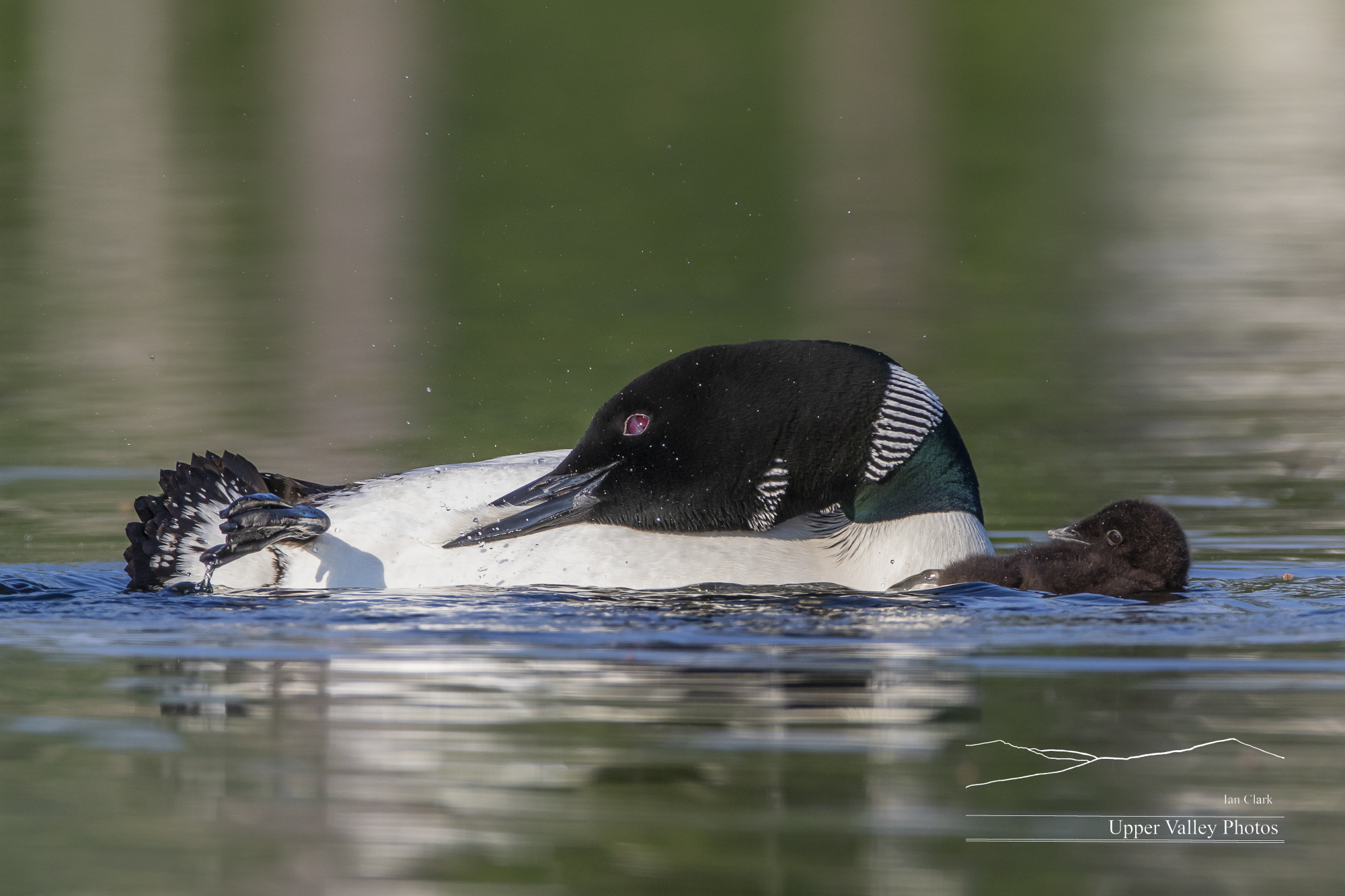
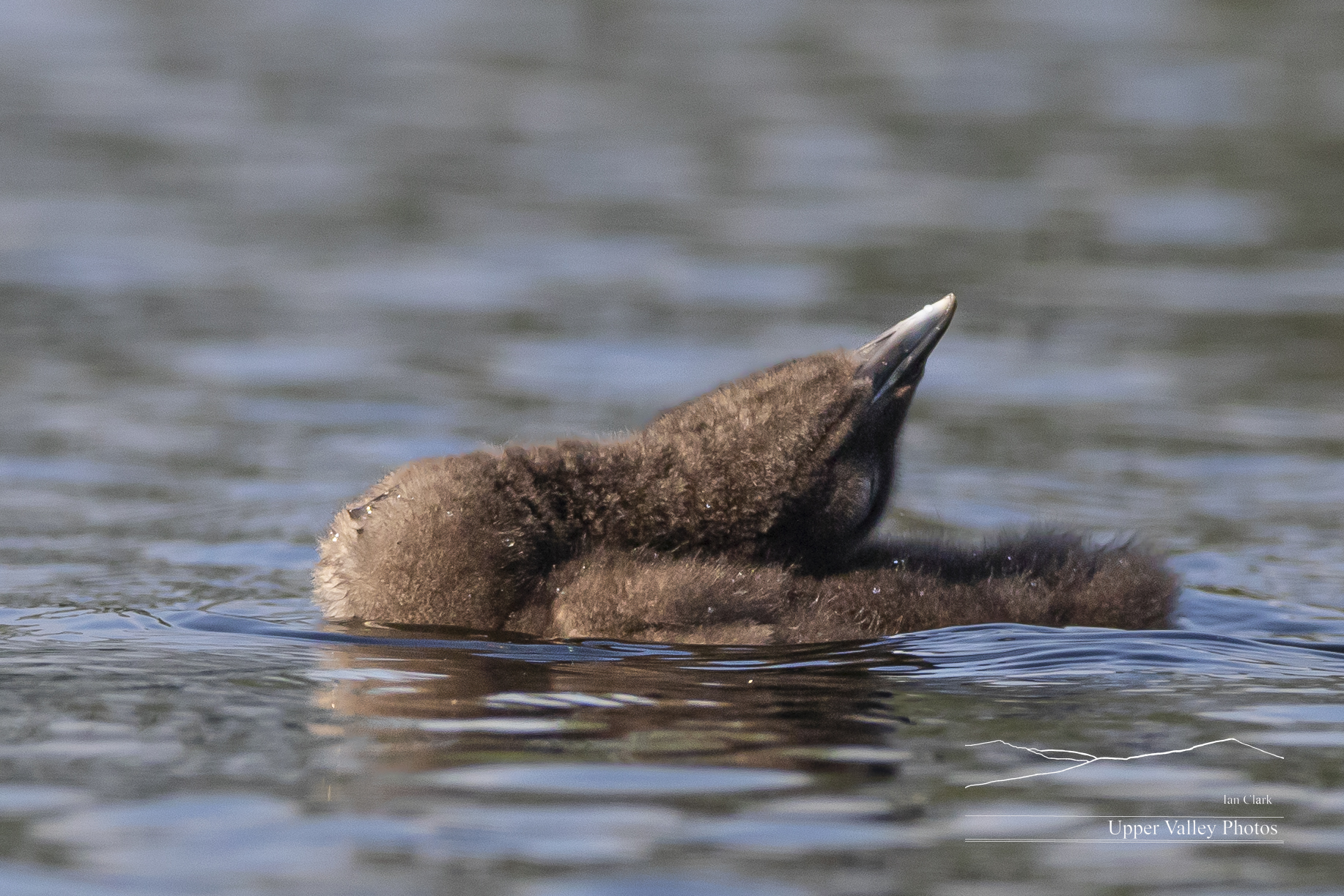
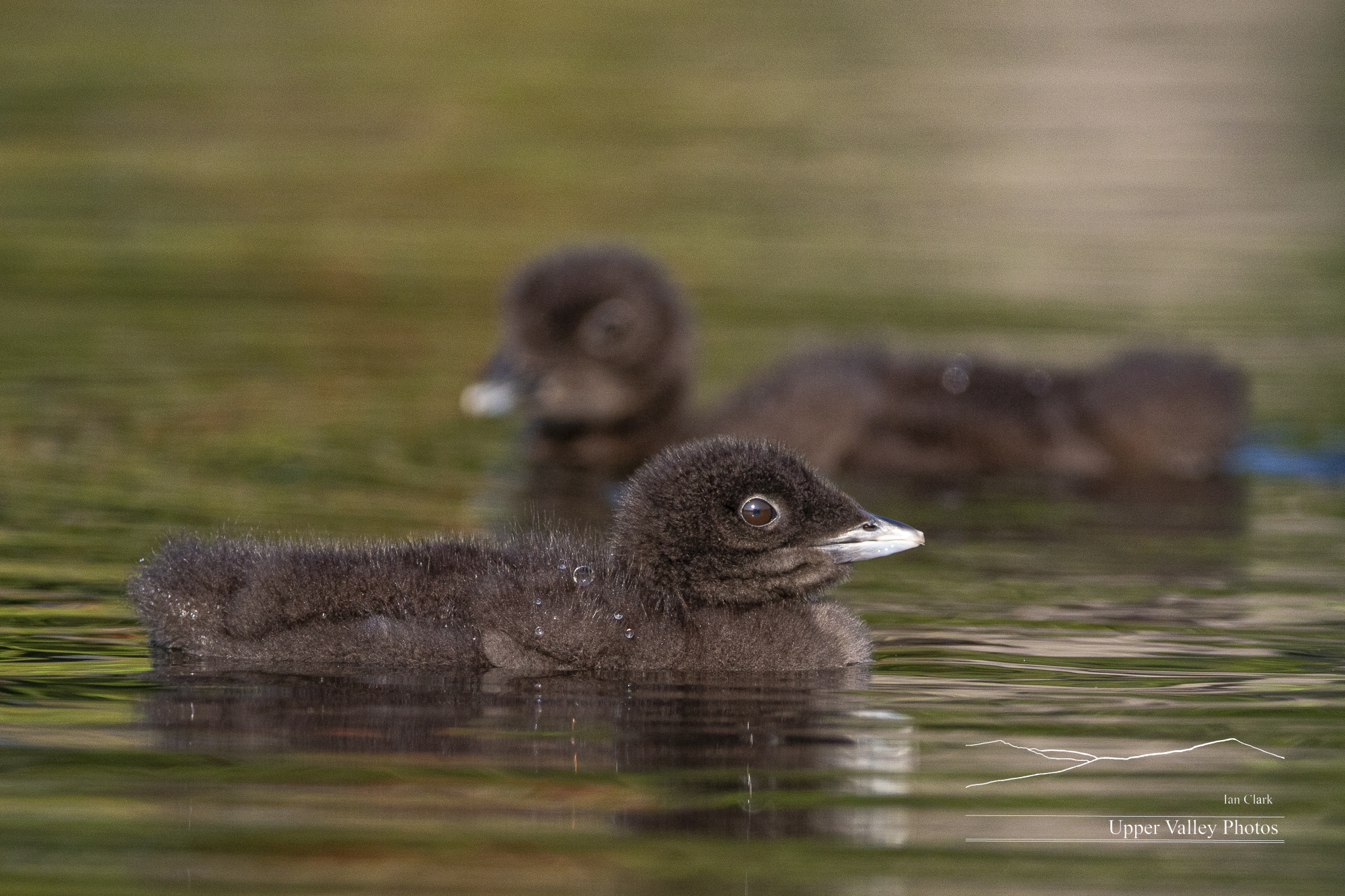
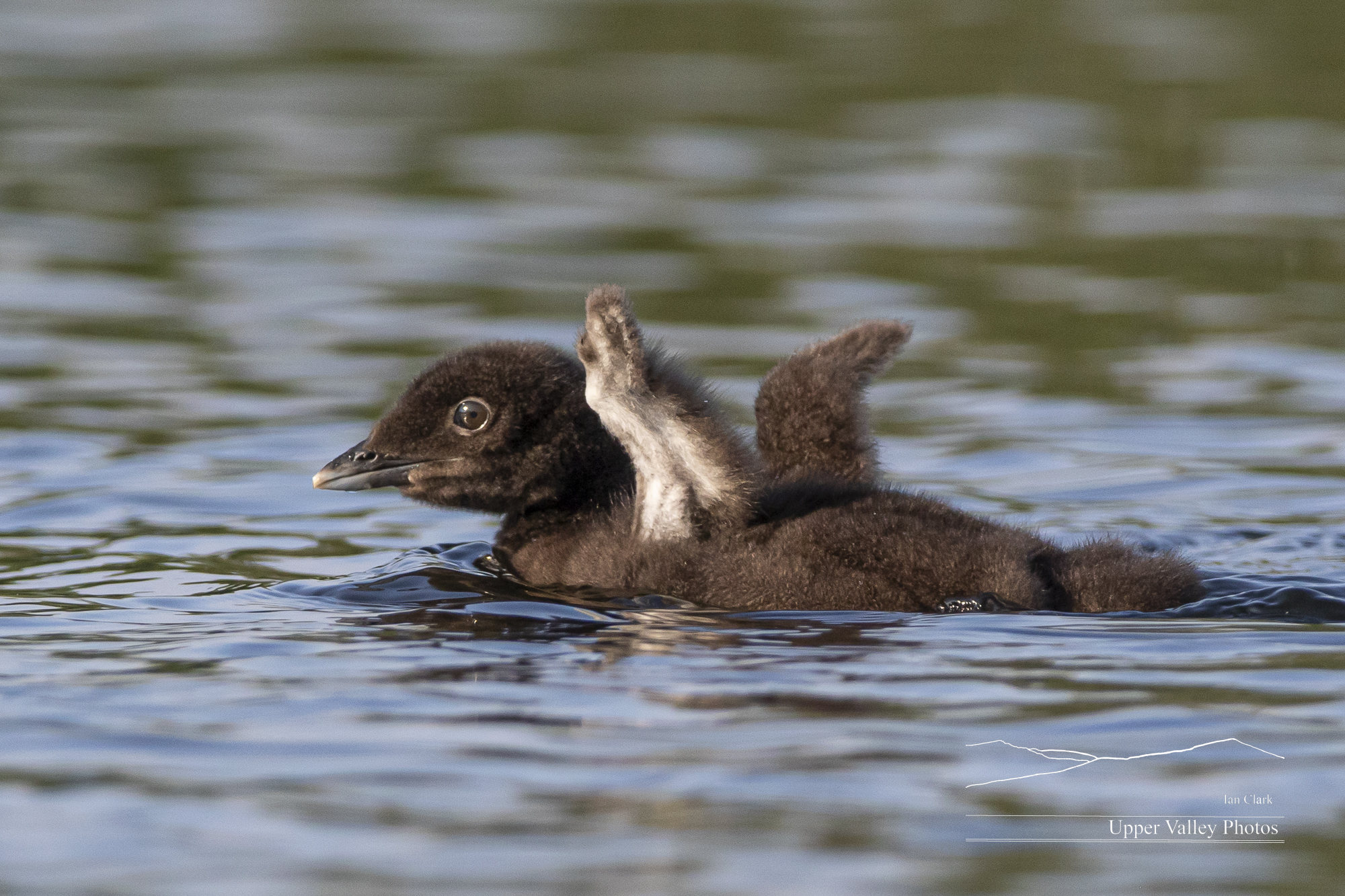
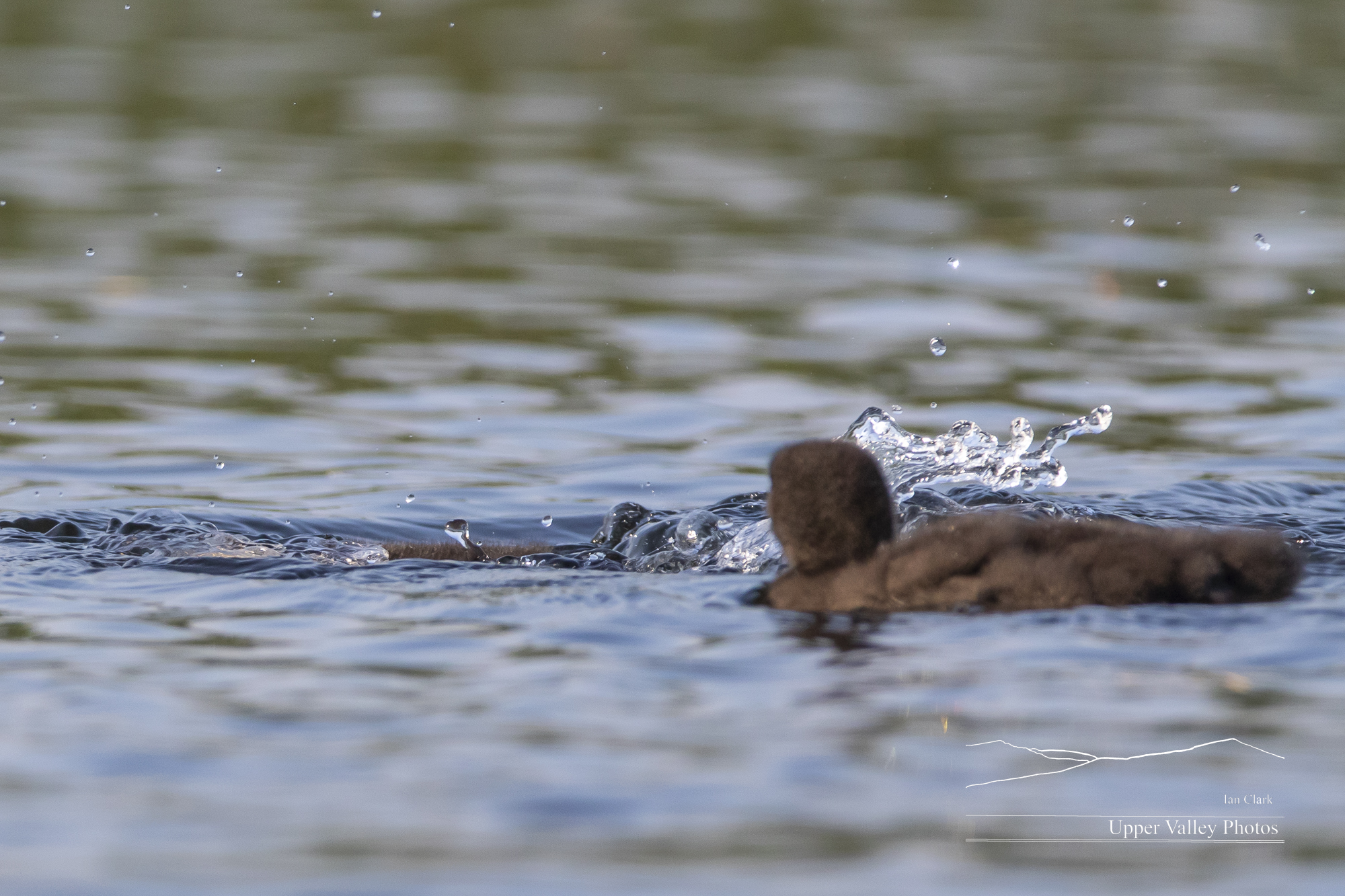
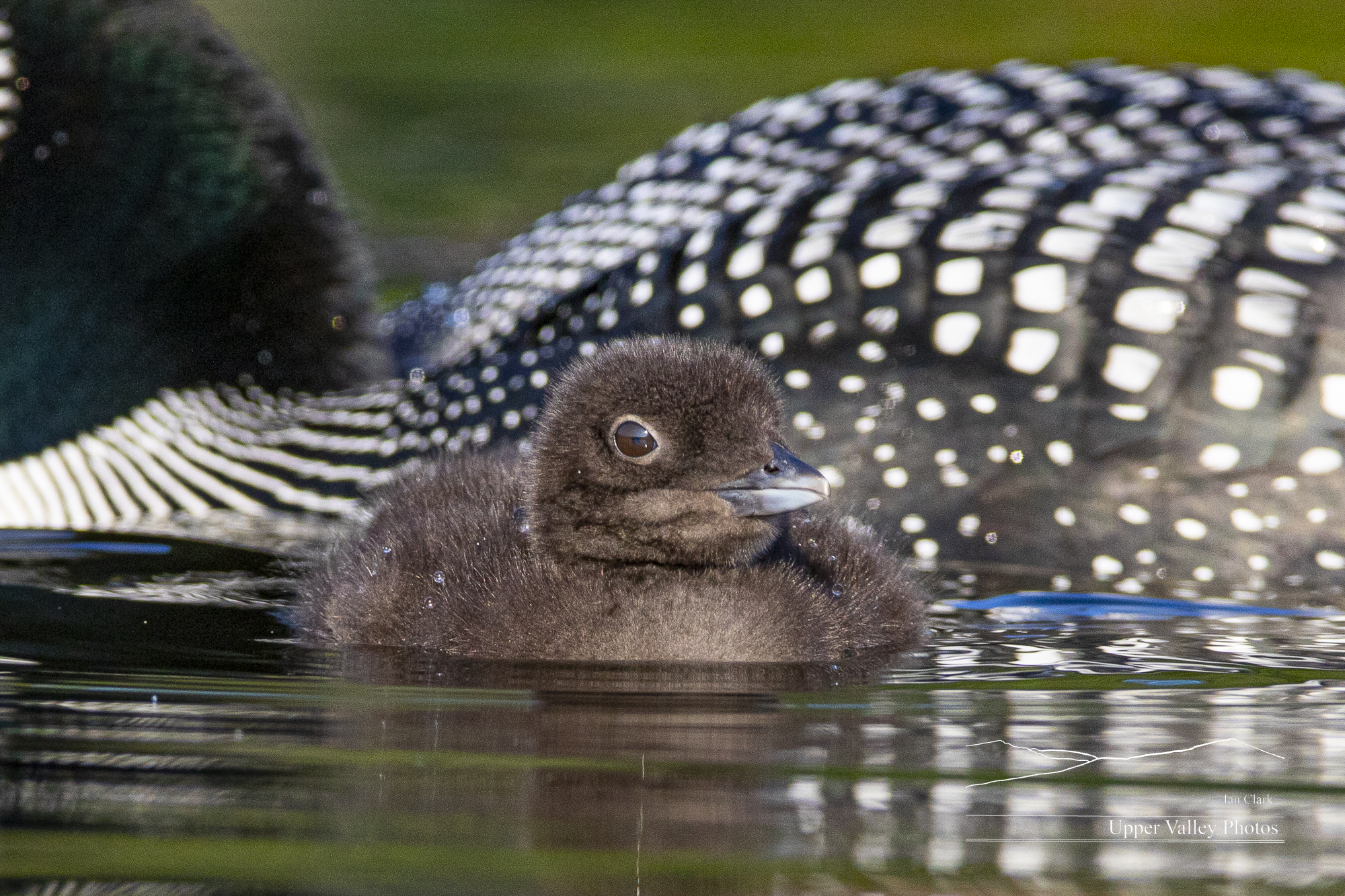
Sunday Morning with the Loons
Both loon chicks seemed to be doing well Sunday morning. Their pond was a relatively quiet place. The only time the parents seemed alerted was when a pack of coyotes started talking just west of the pond.
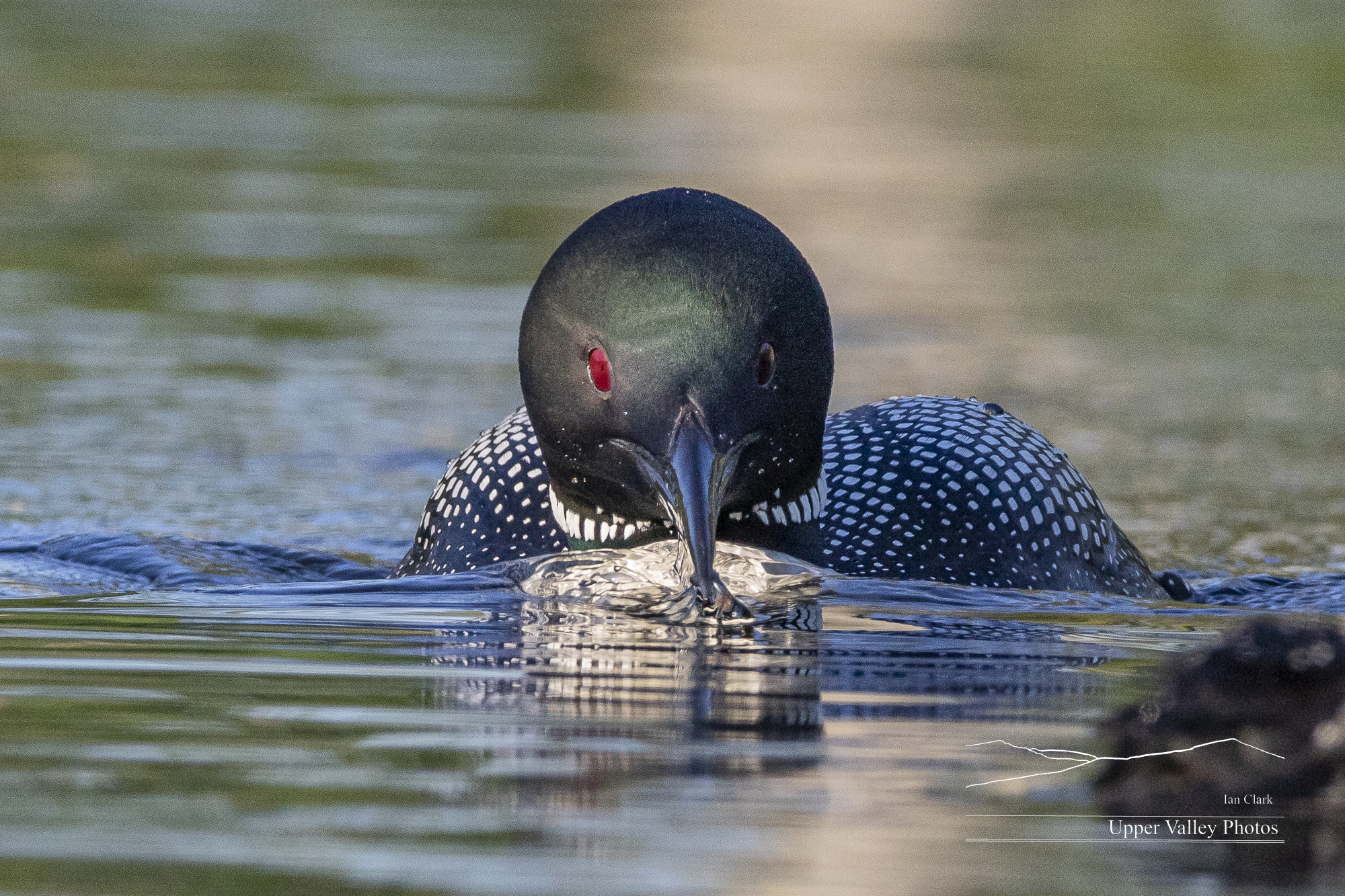
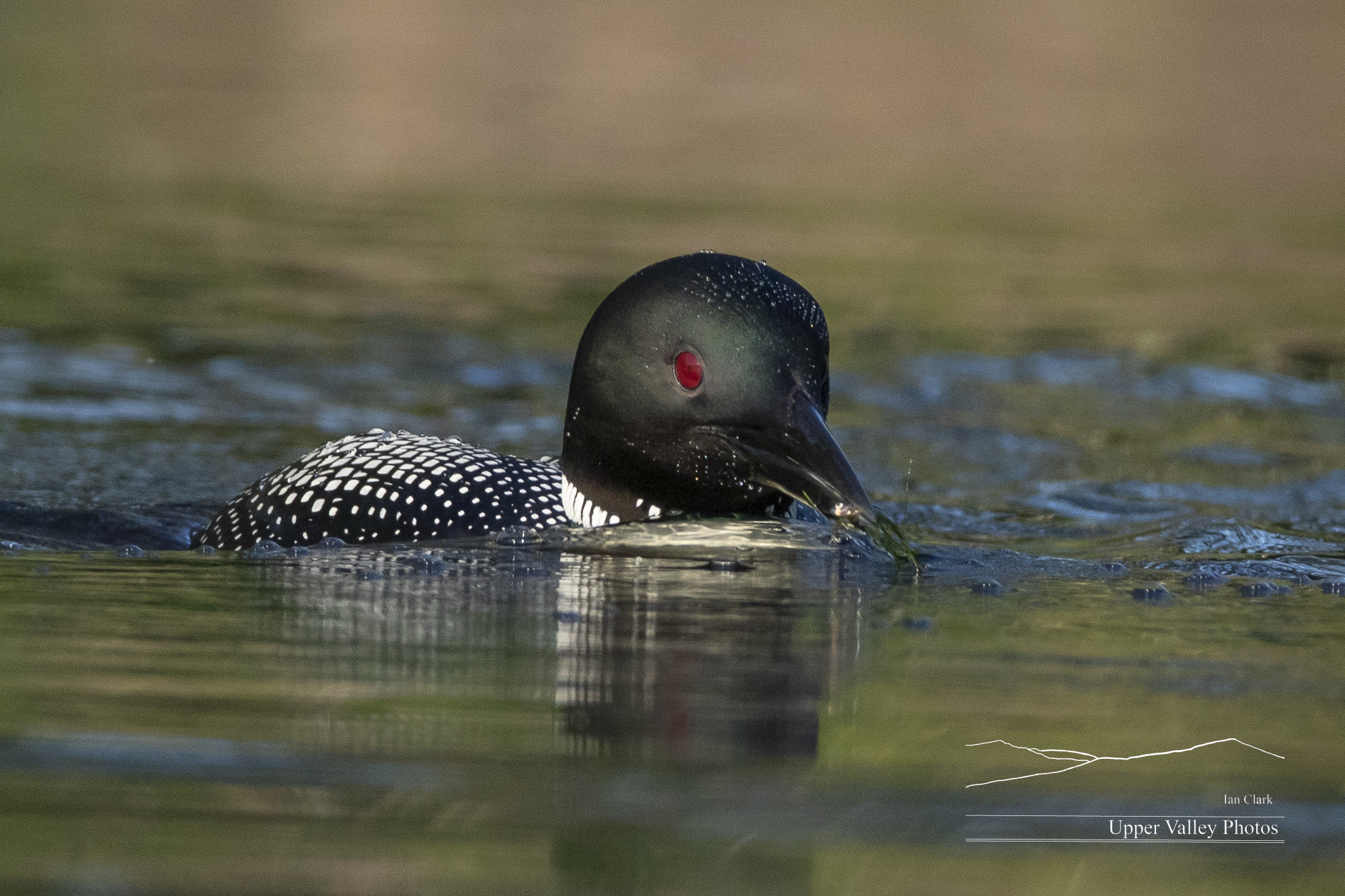
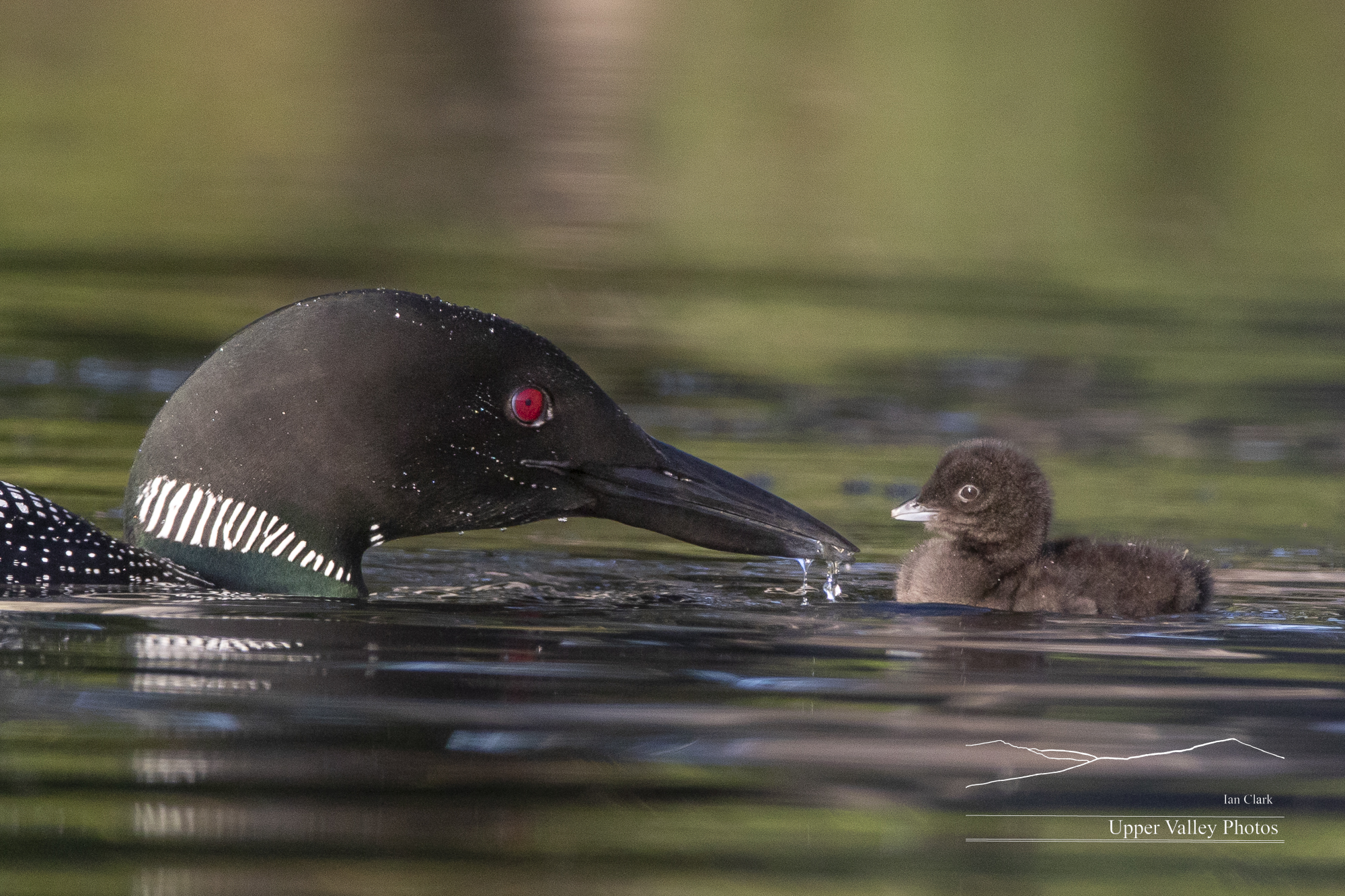
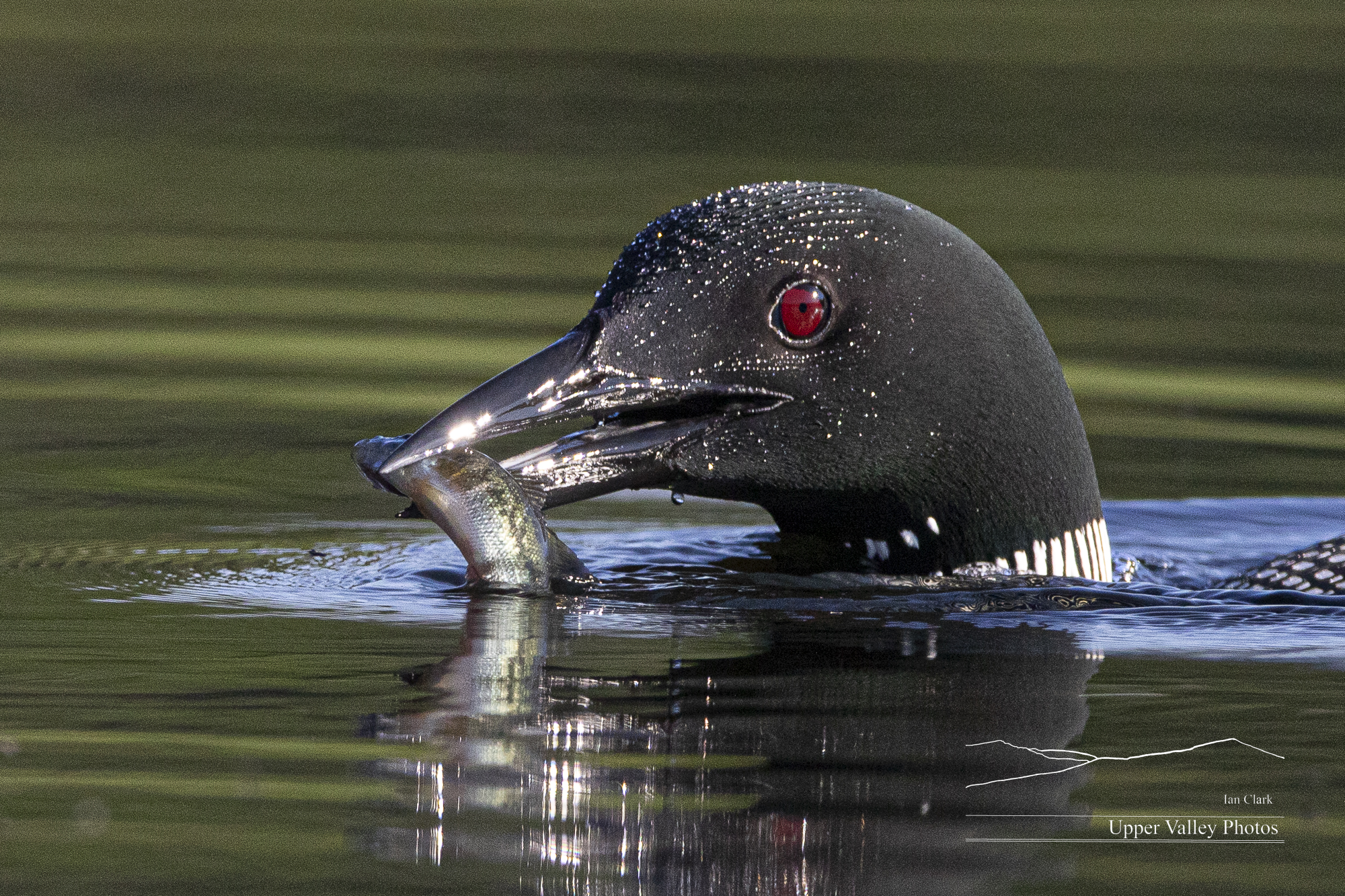
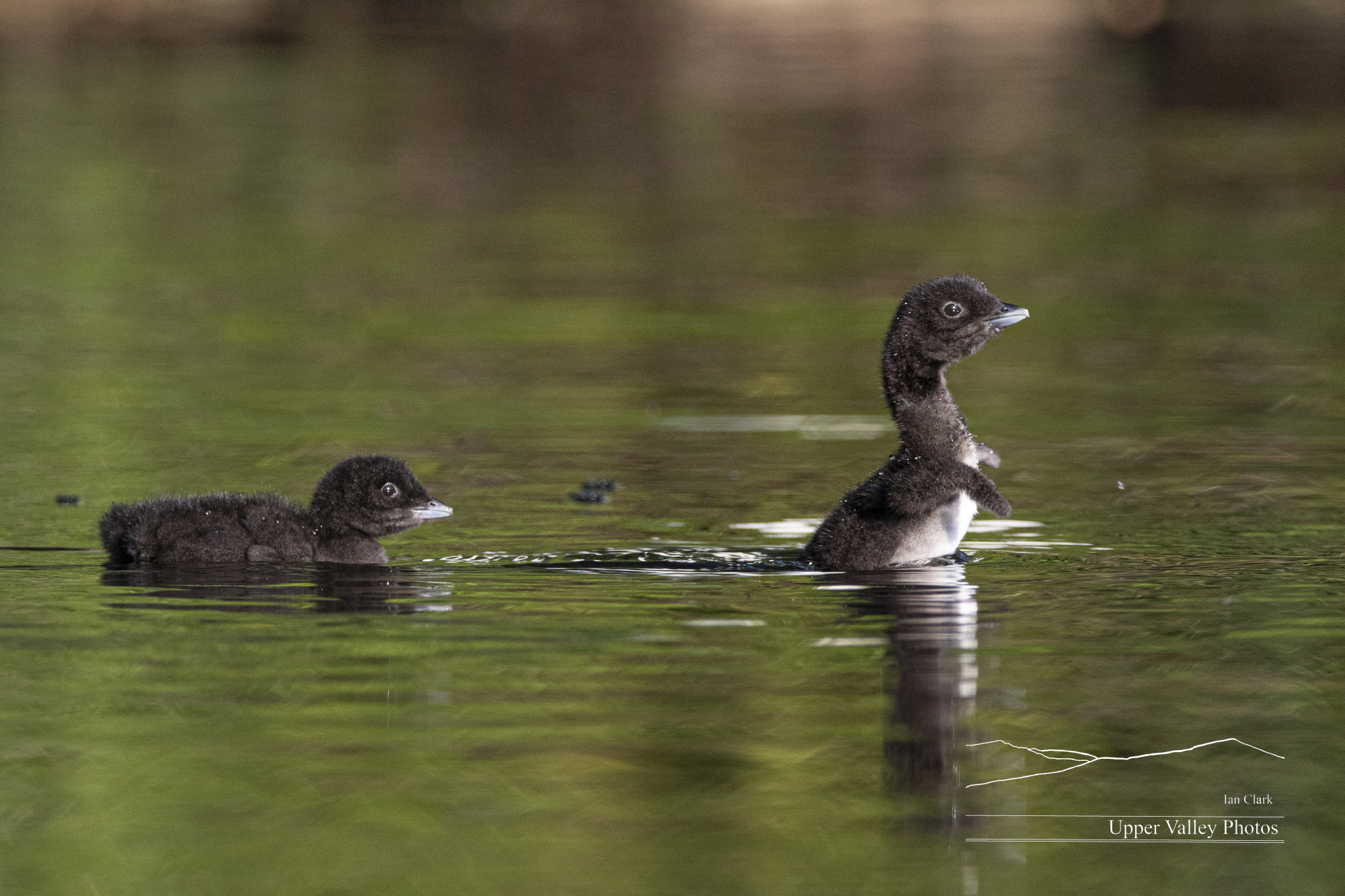
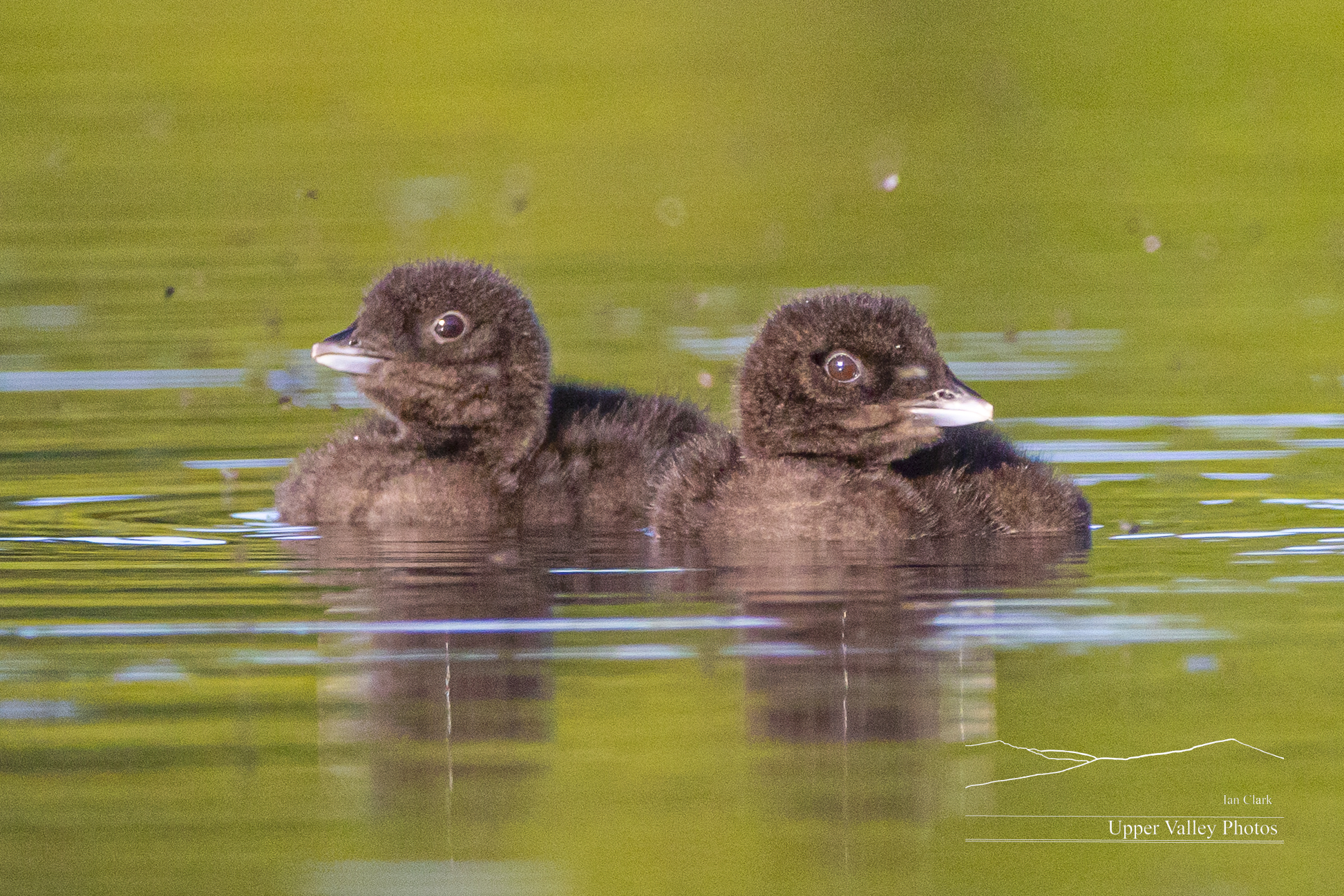
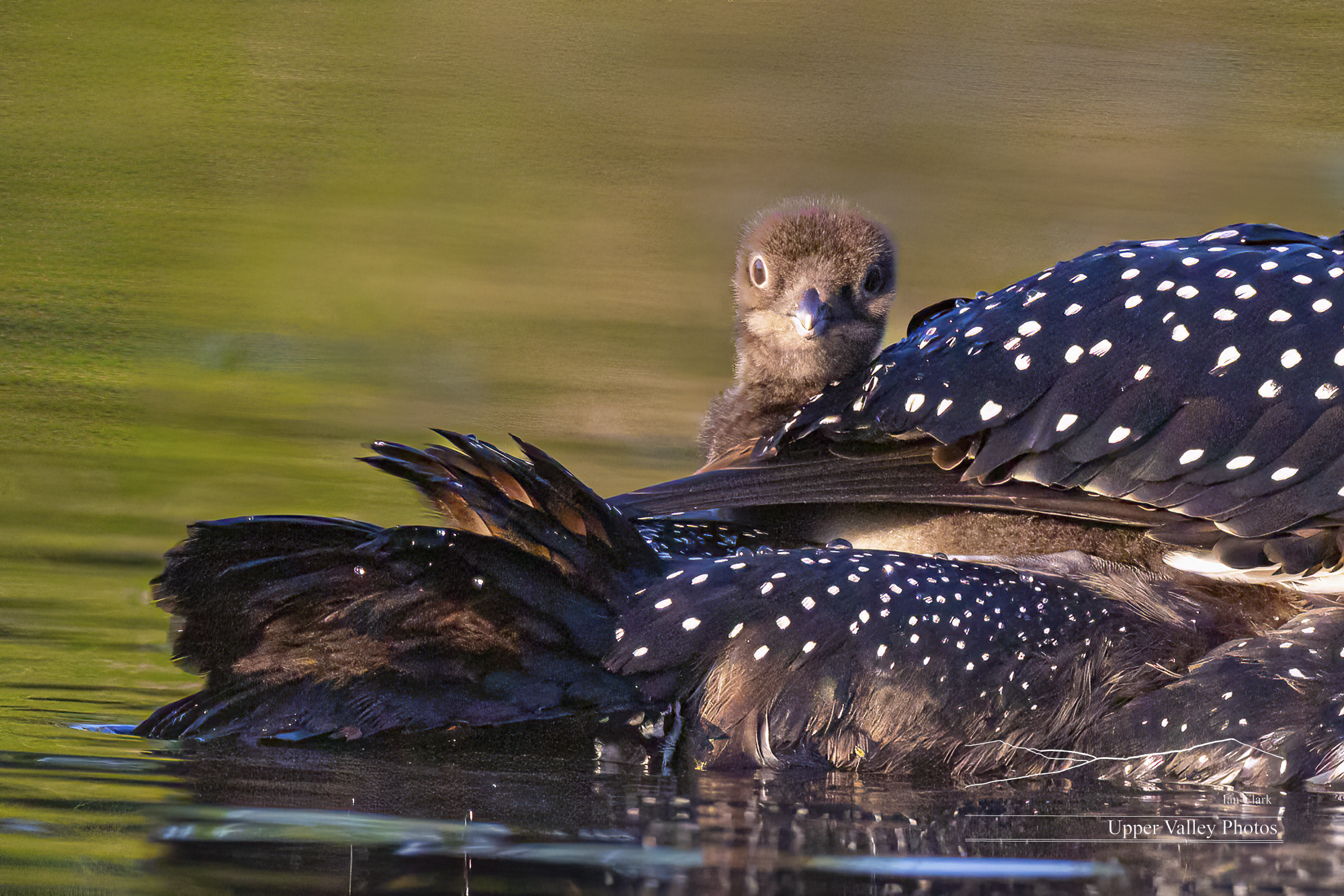
Saturday’s Loon Update, June 27, 2020
Saturday morning, I loaded up the kayak and got ready to head out. I whistled for my trusty mouse, but he must have been already engaged. Off I went to the pond to check up on the chicks. Both chicks were out and patrolling with their parents. The chicks have mastered looking majestic as they ride along.
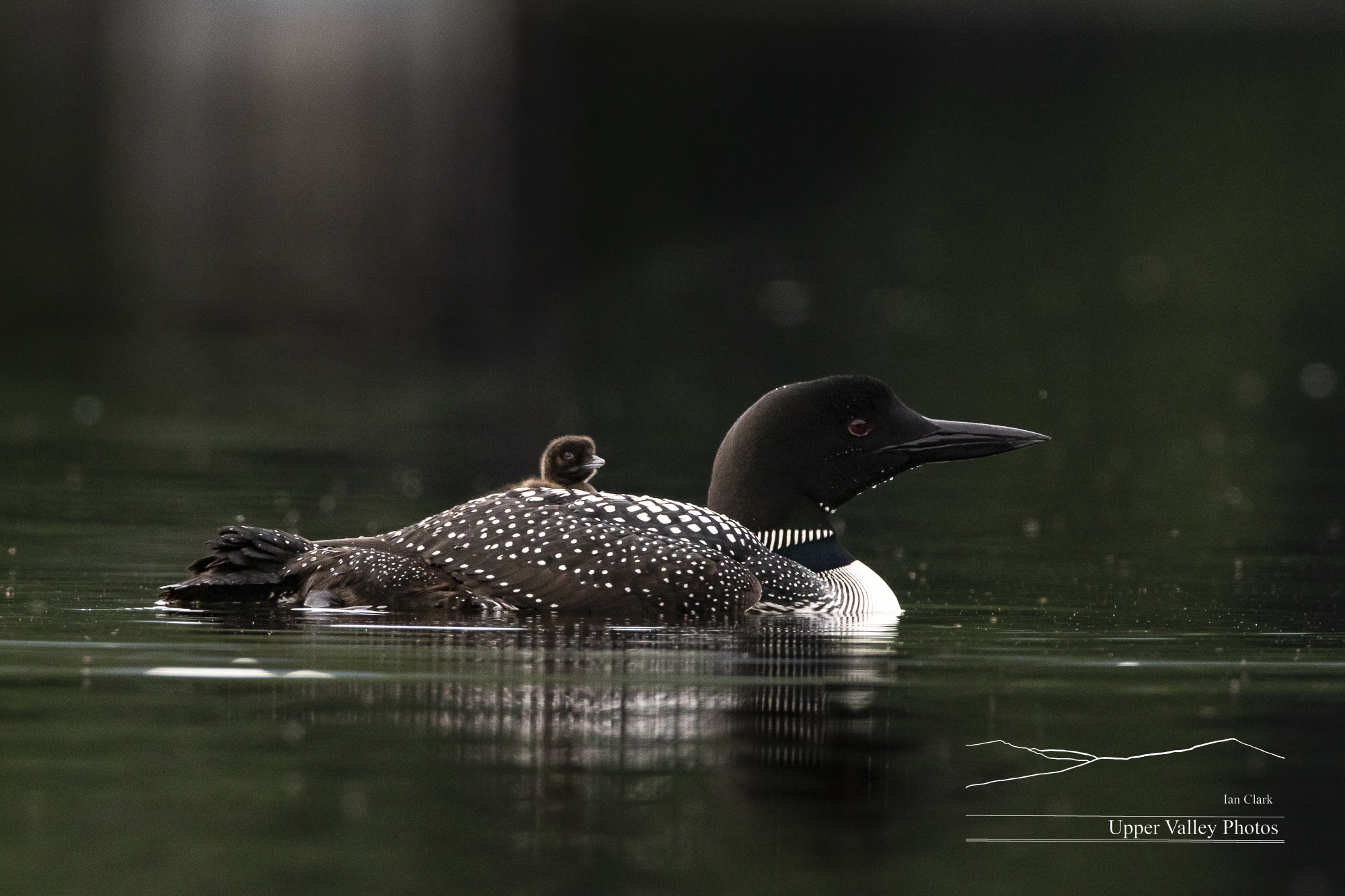
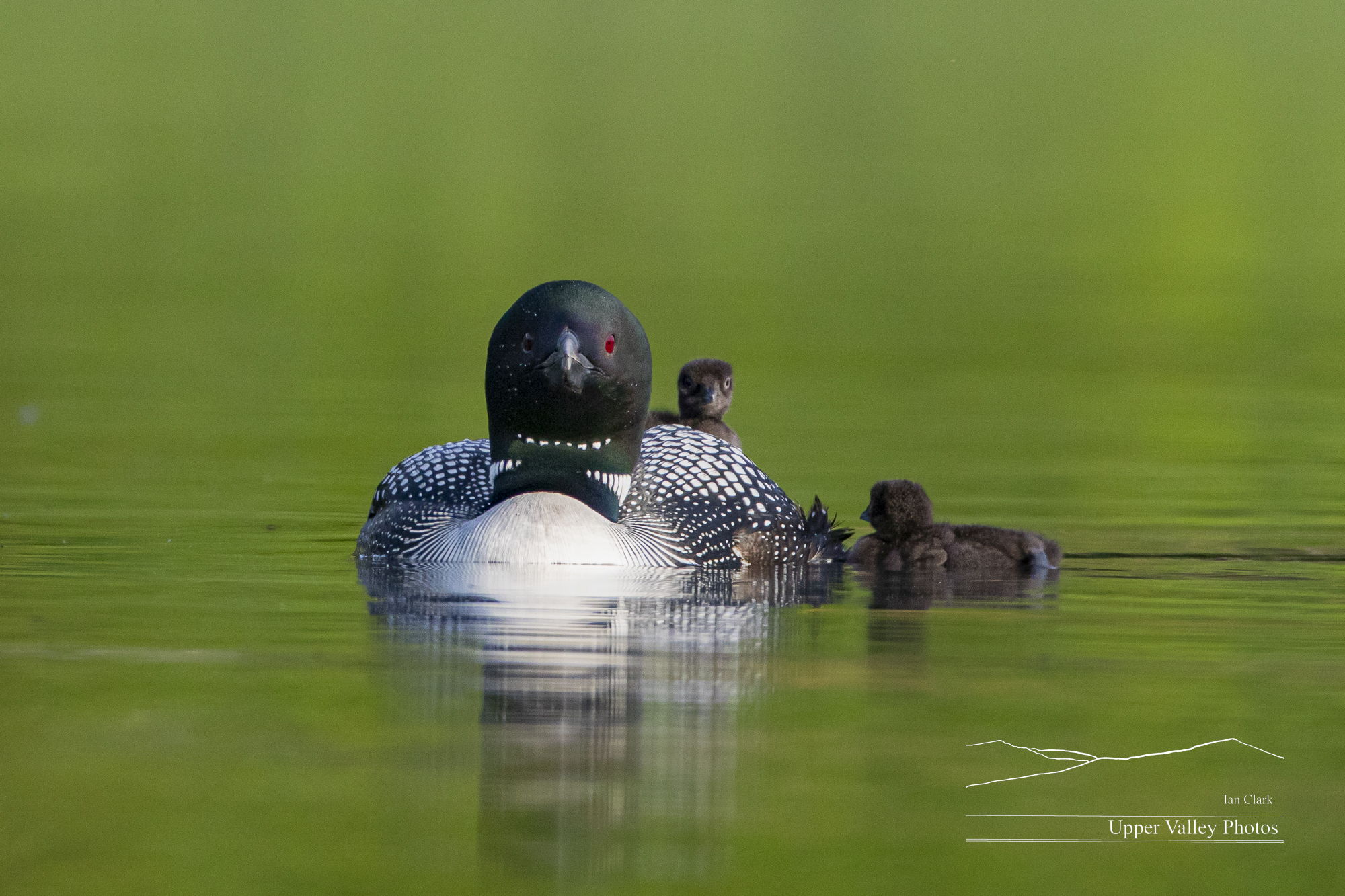
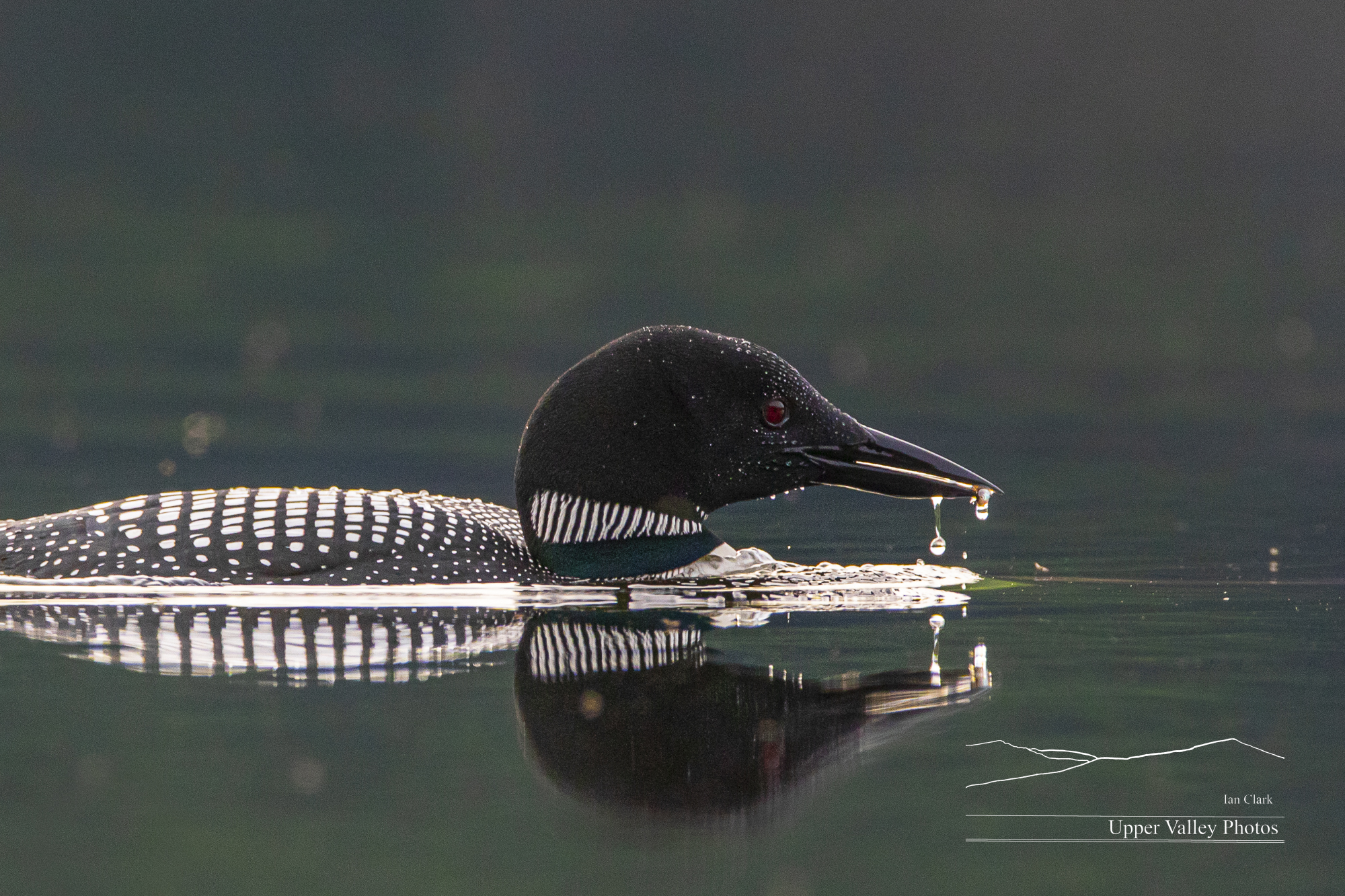
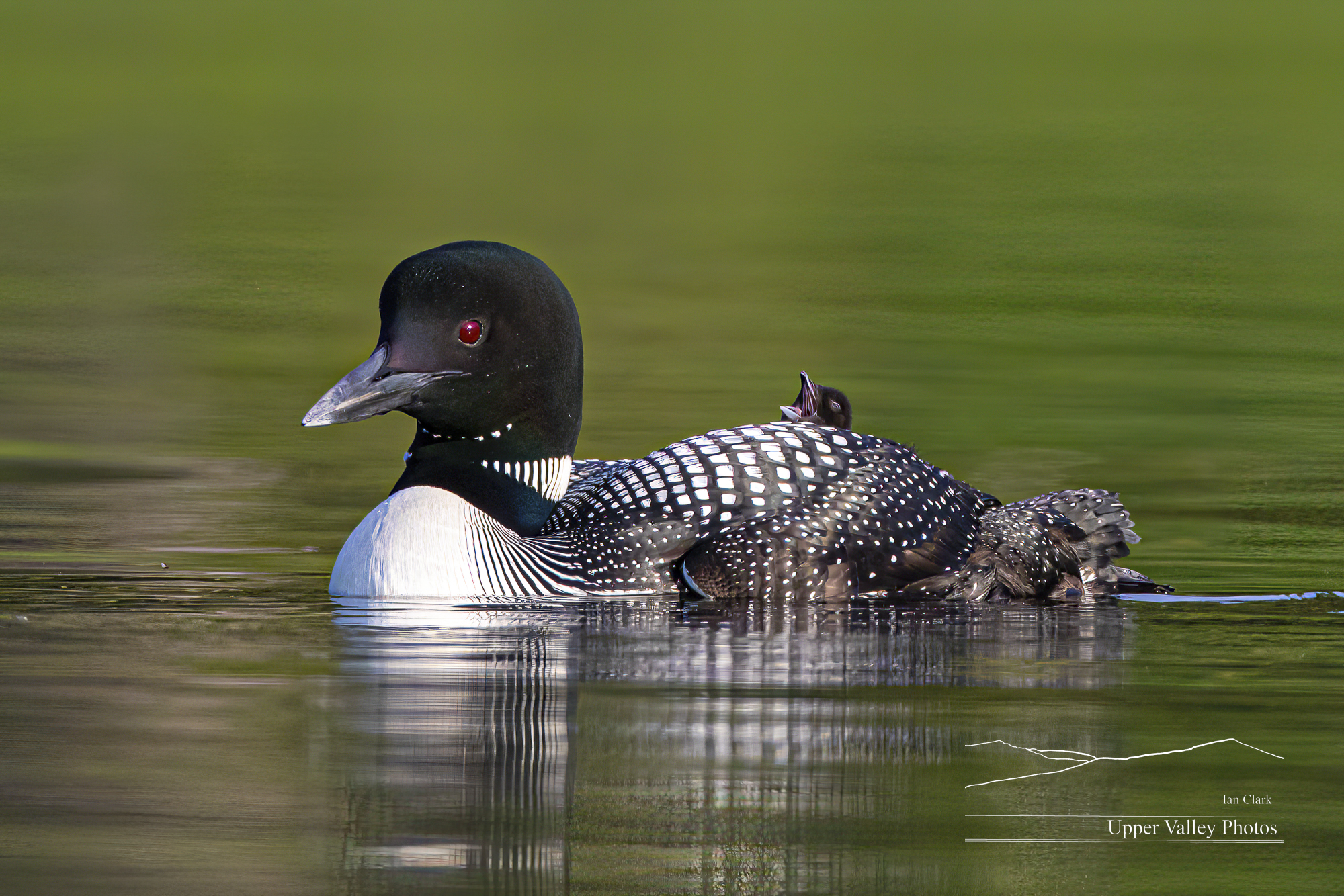
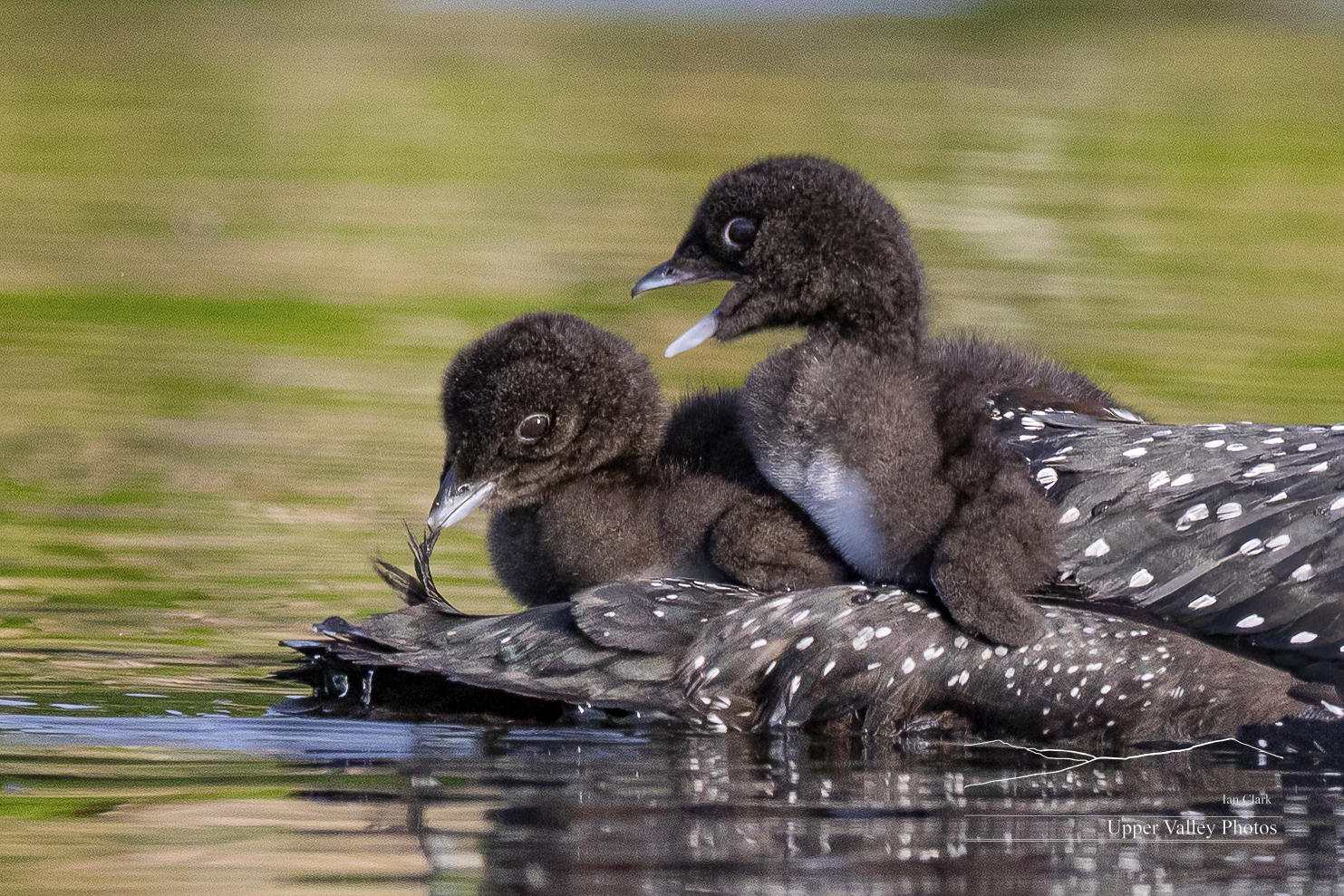
Stay tuned, I’ll be visiting with them more as I have a chance.
